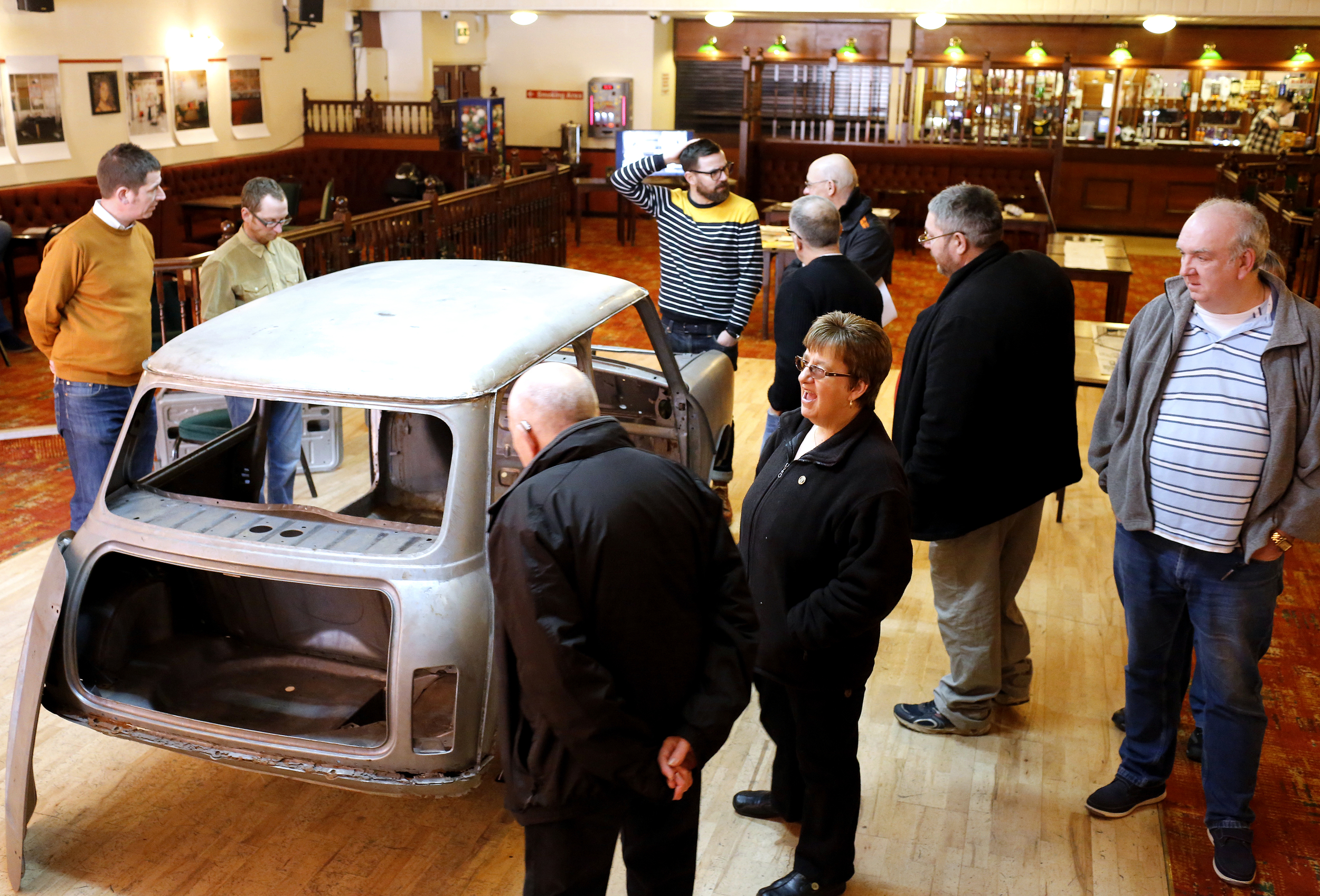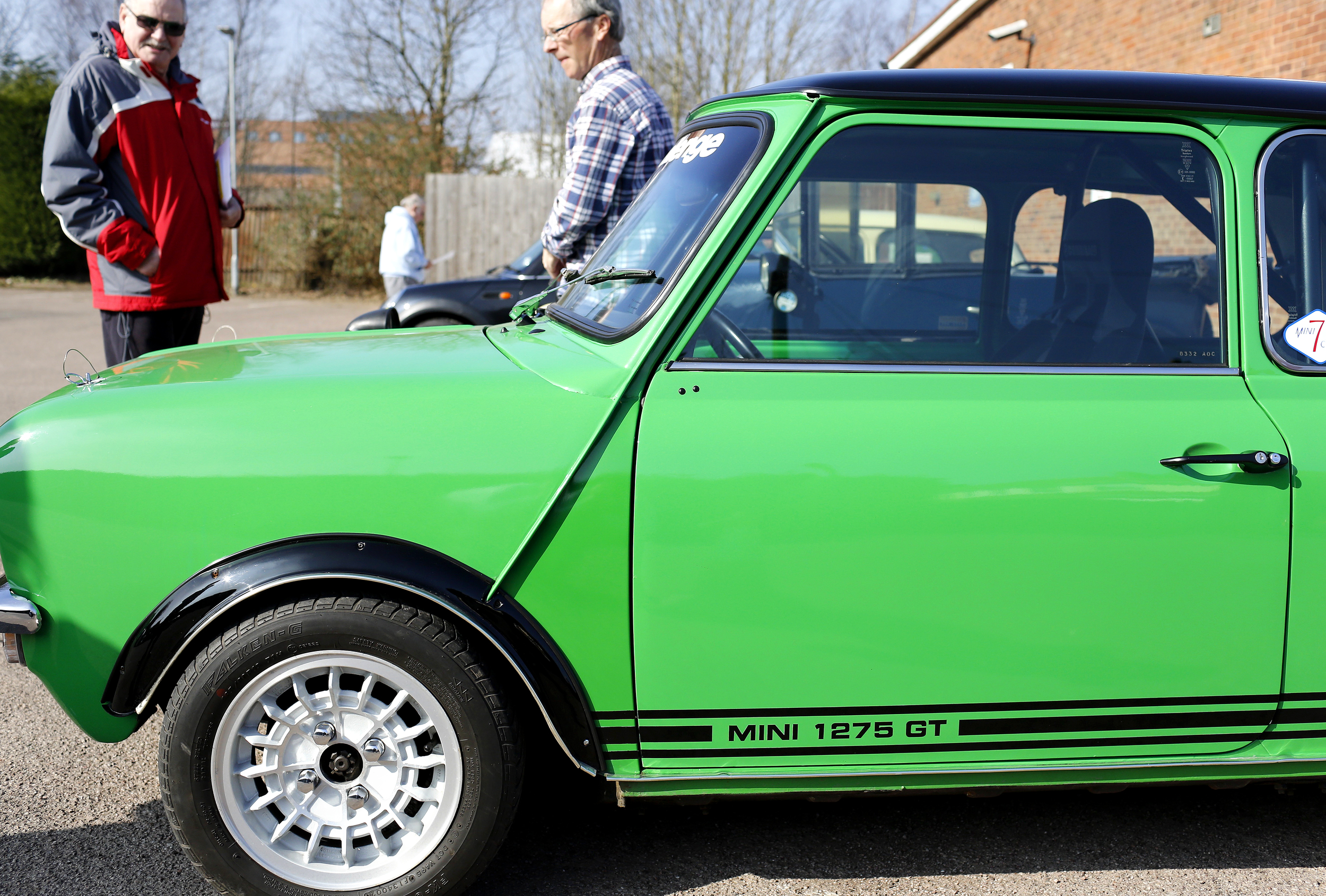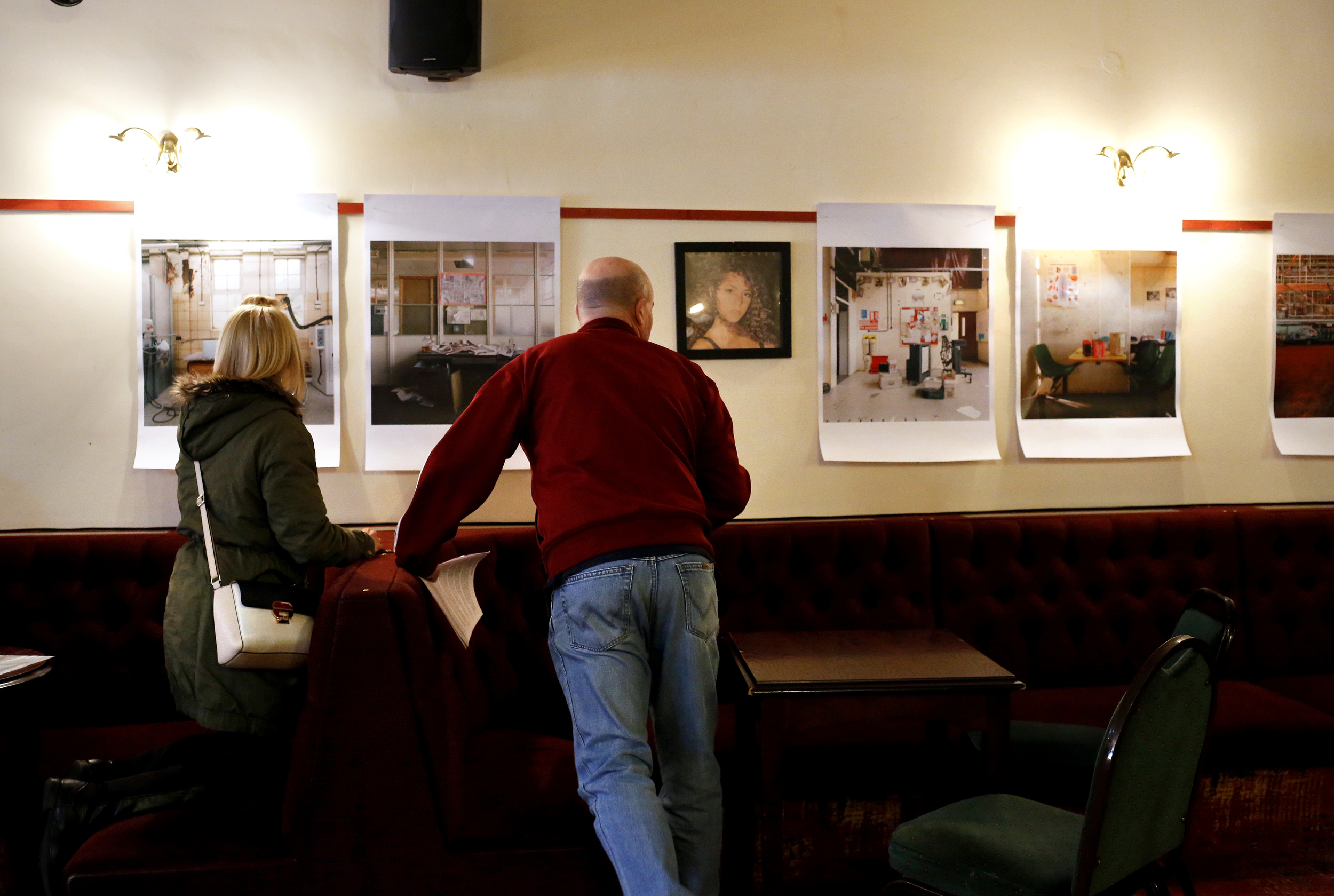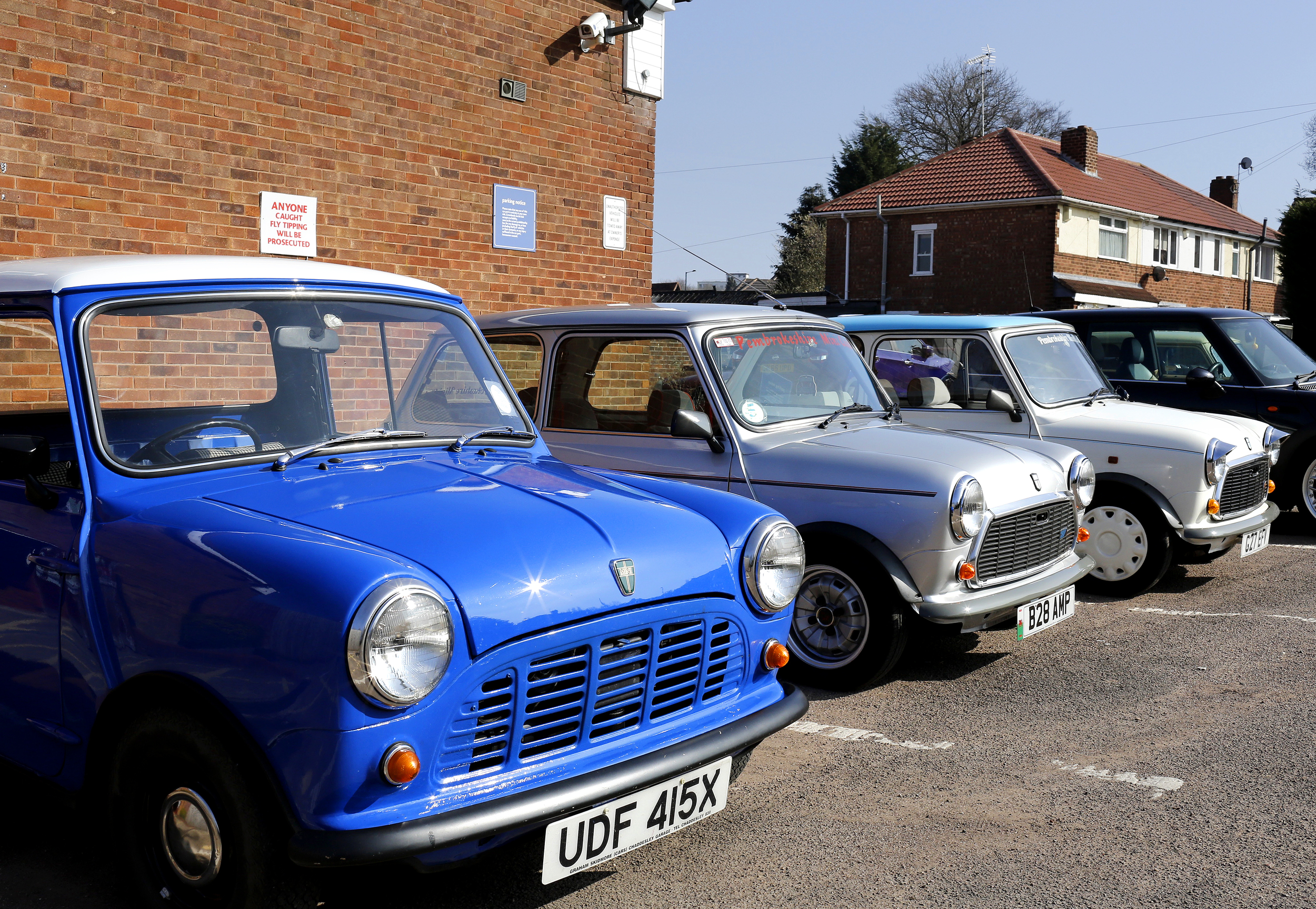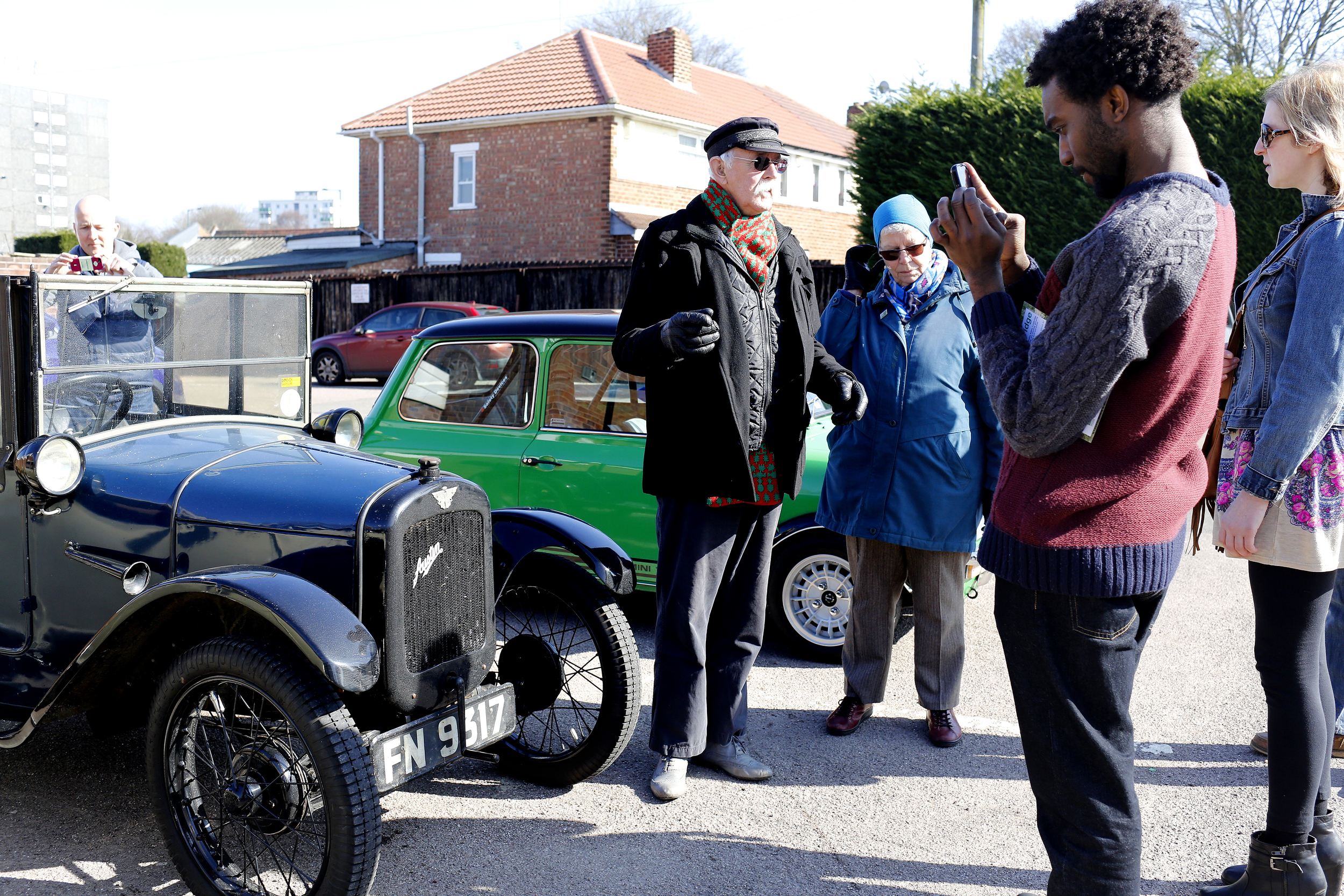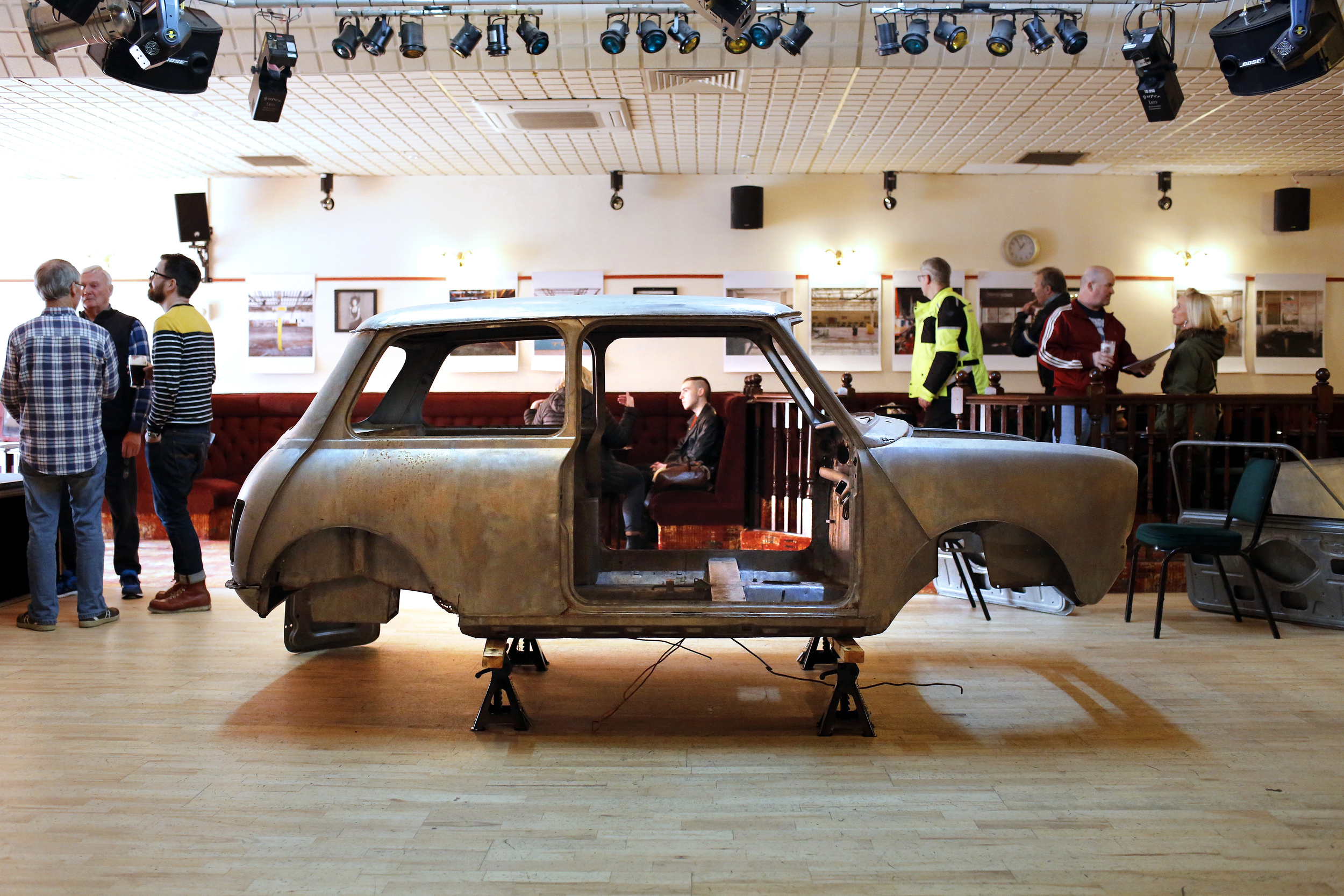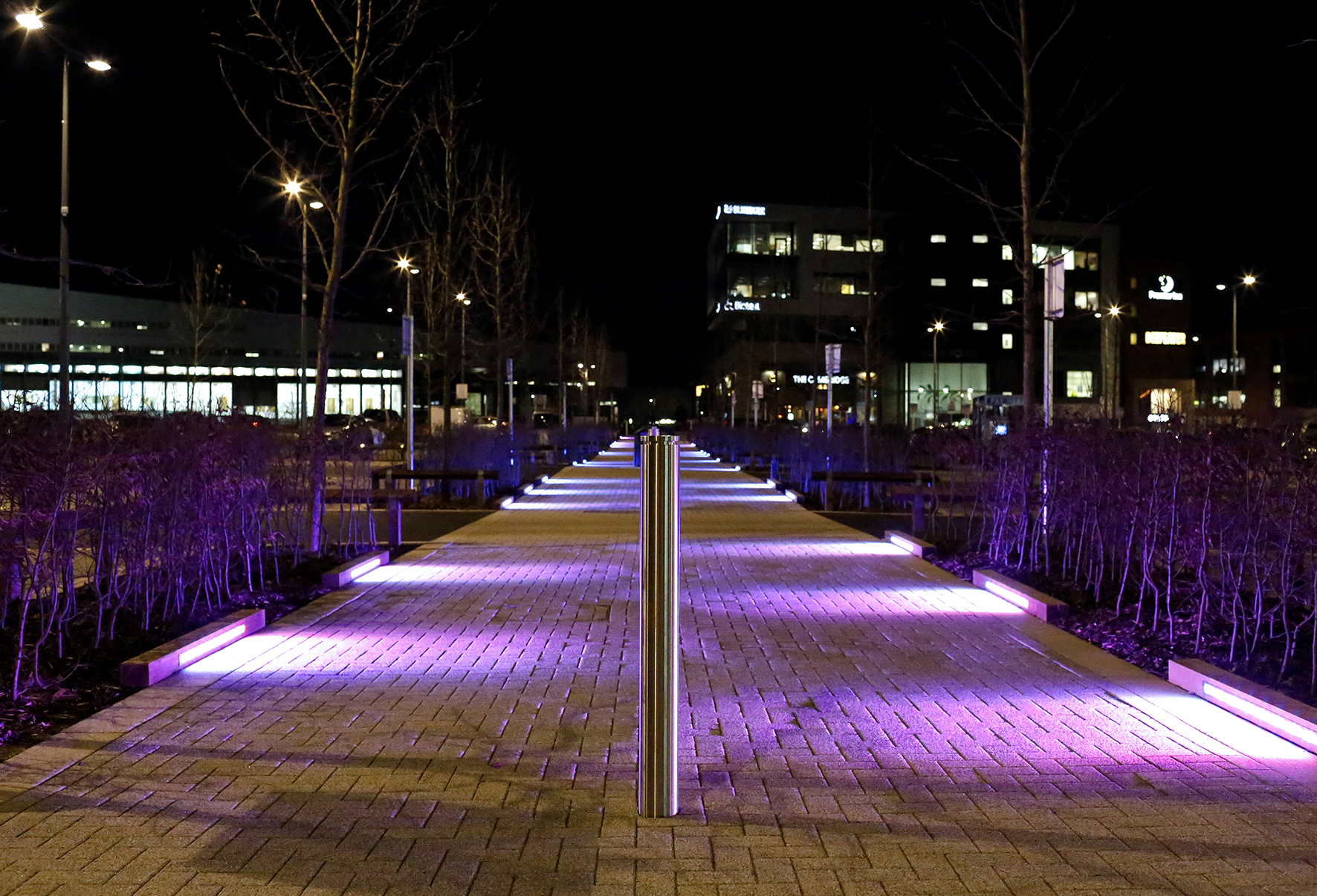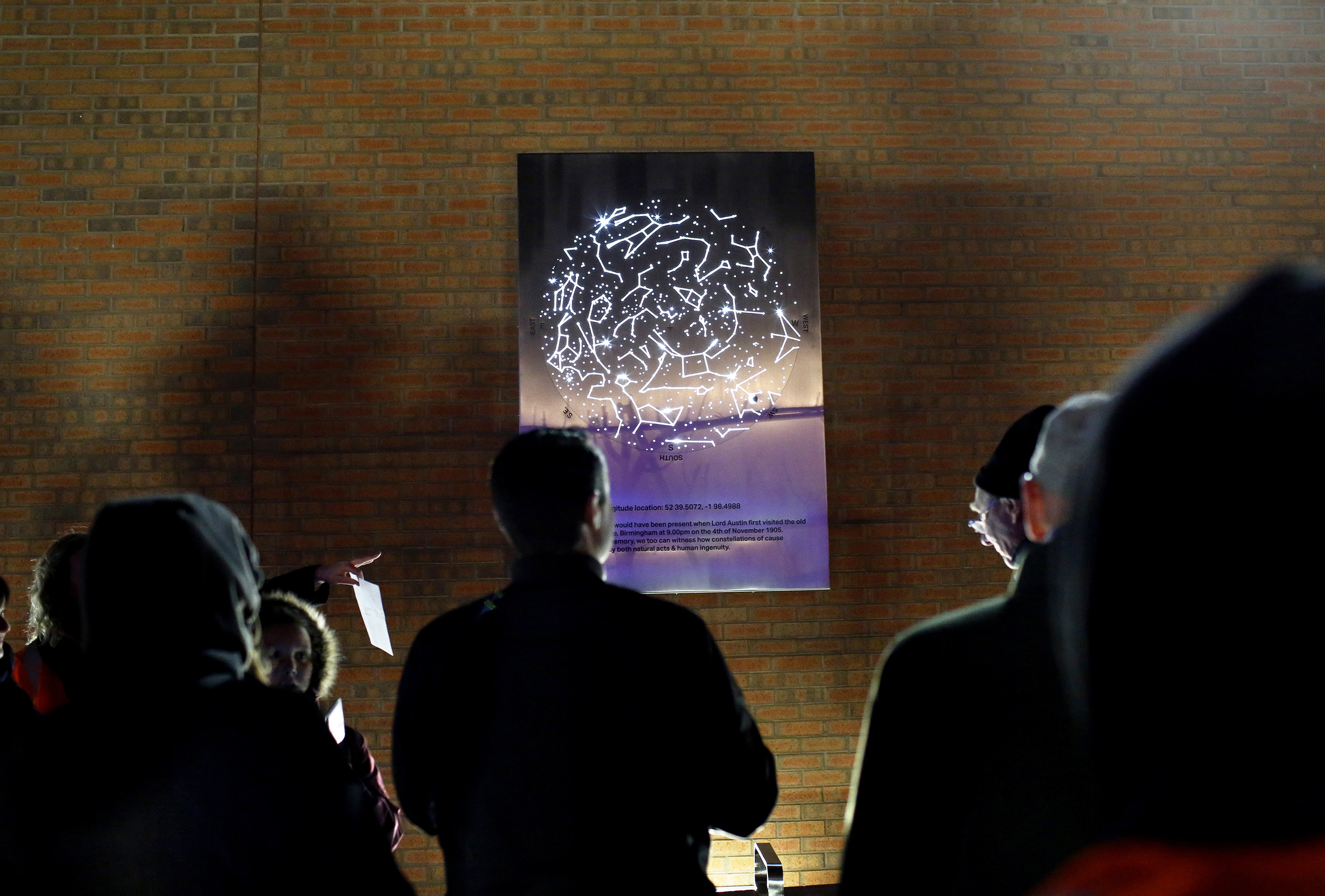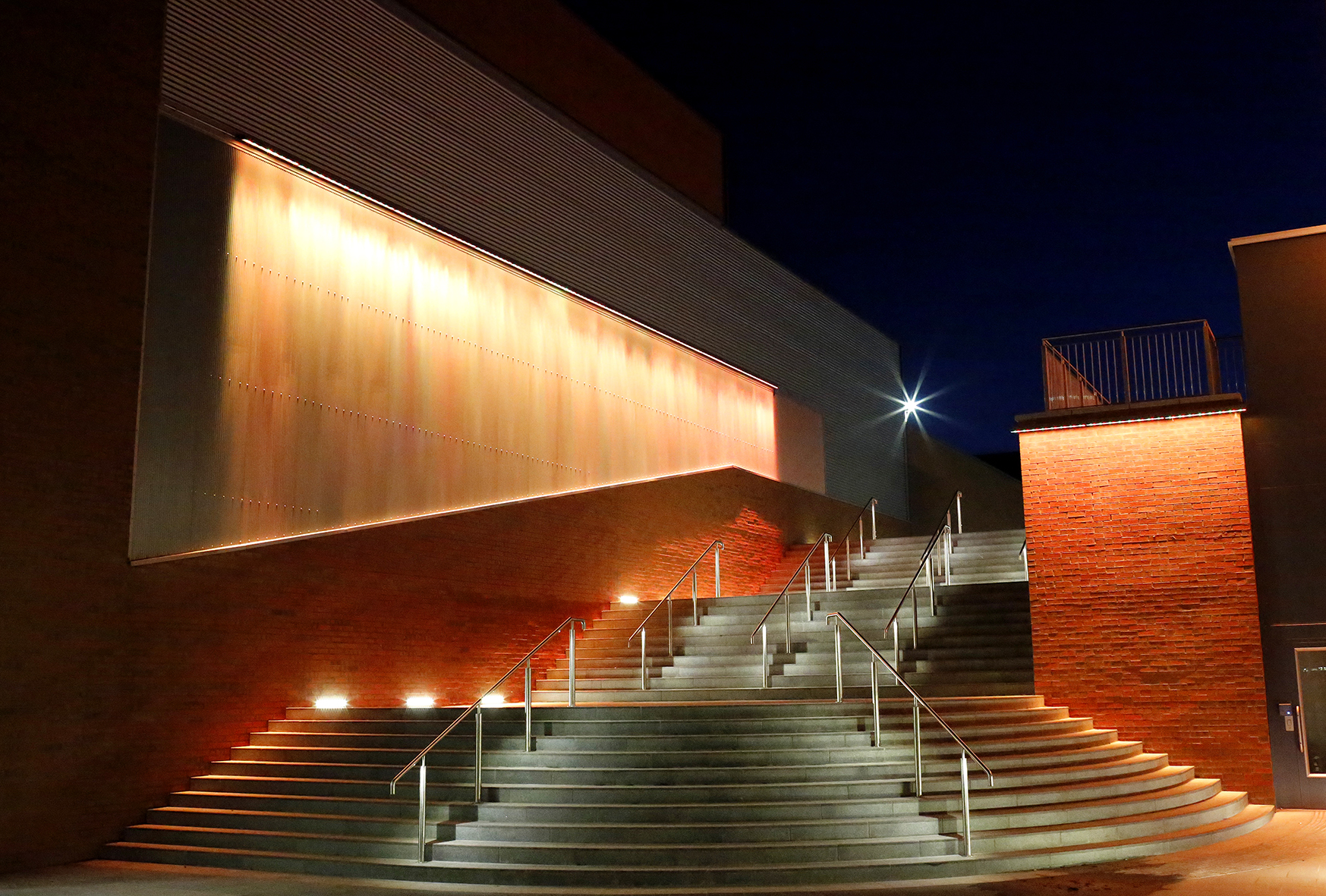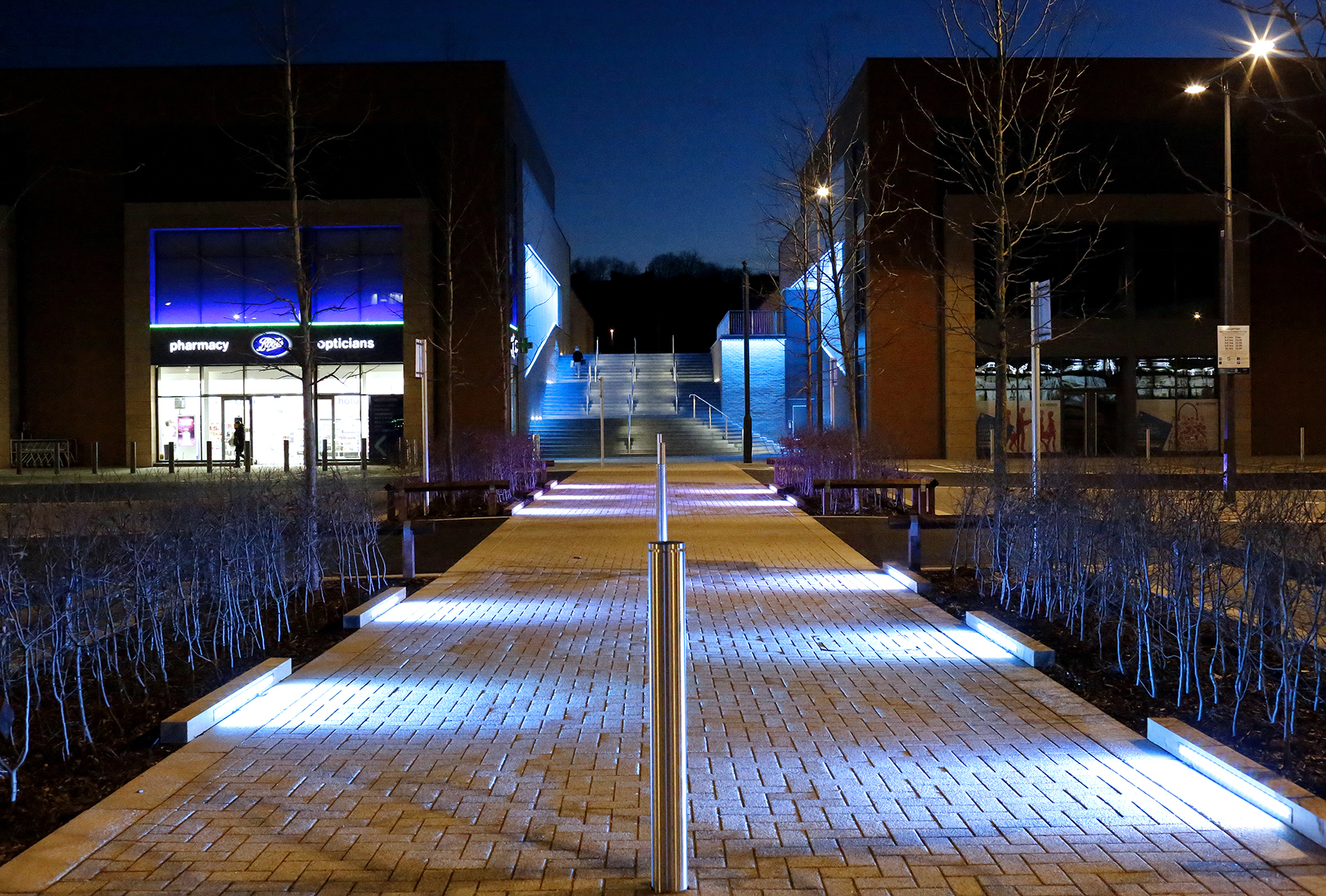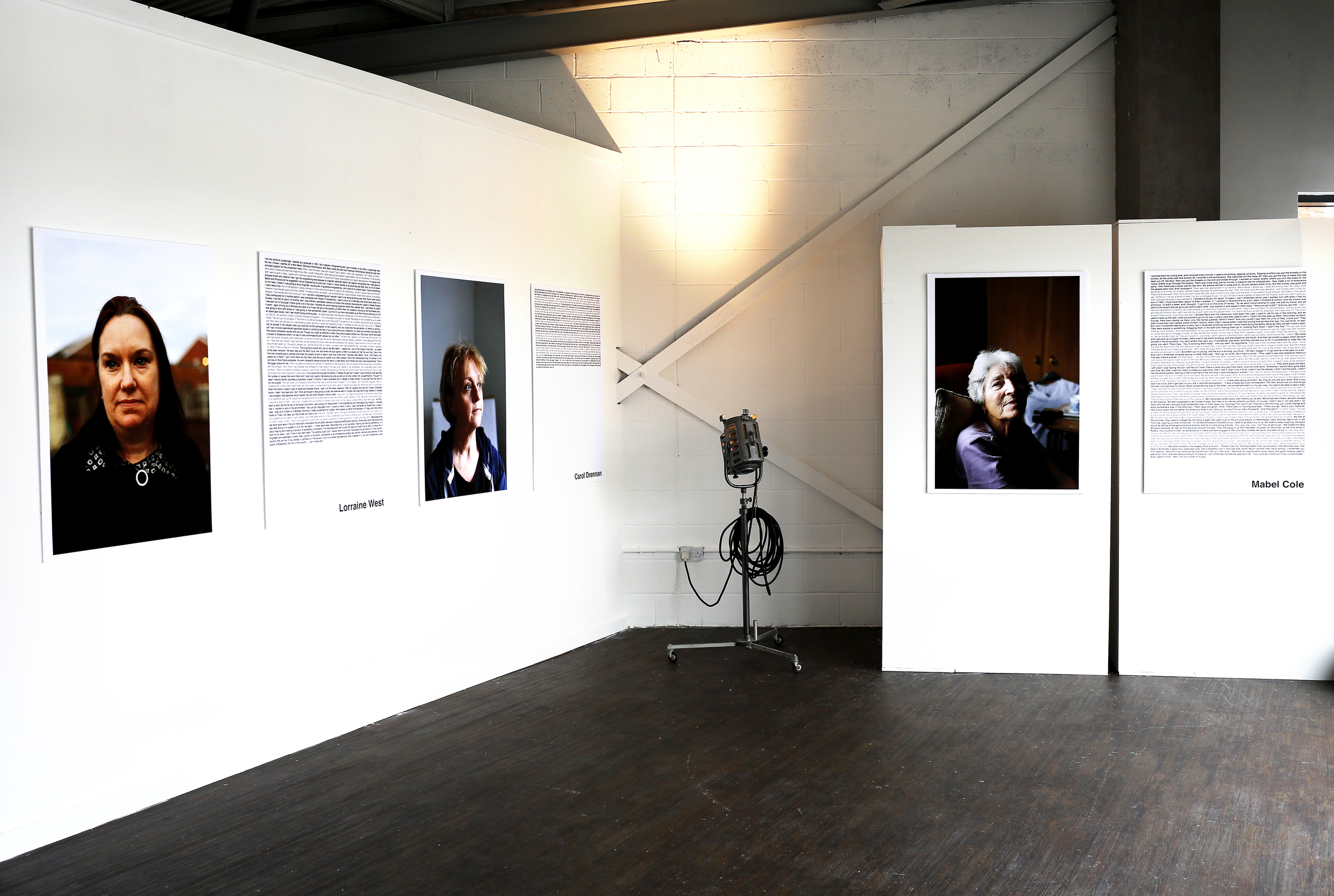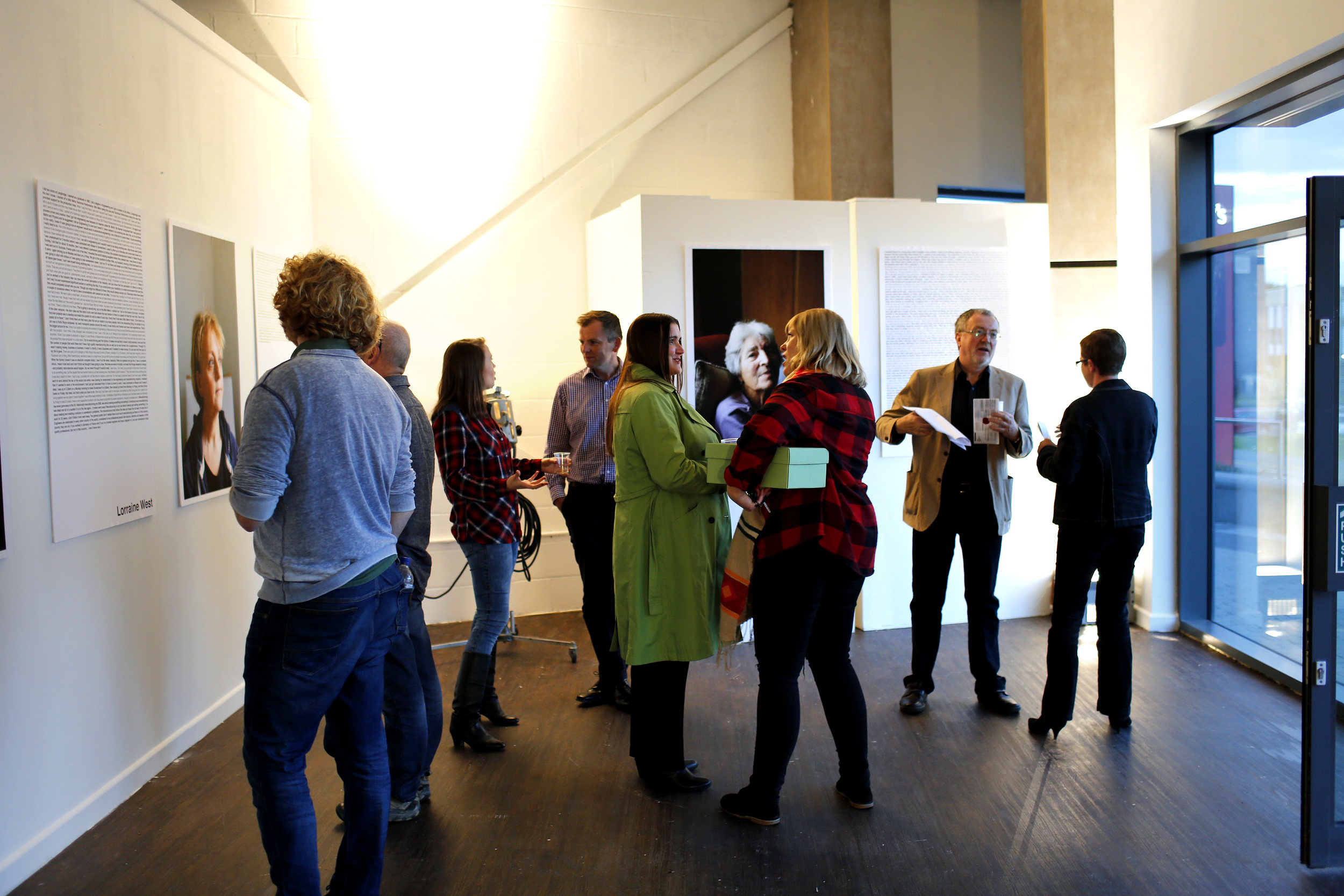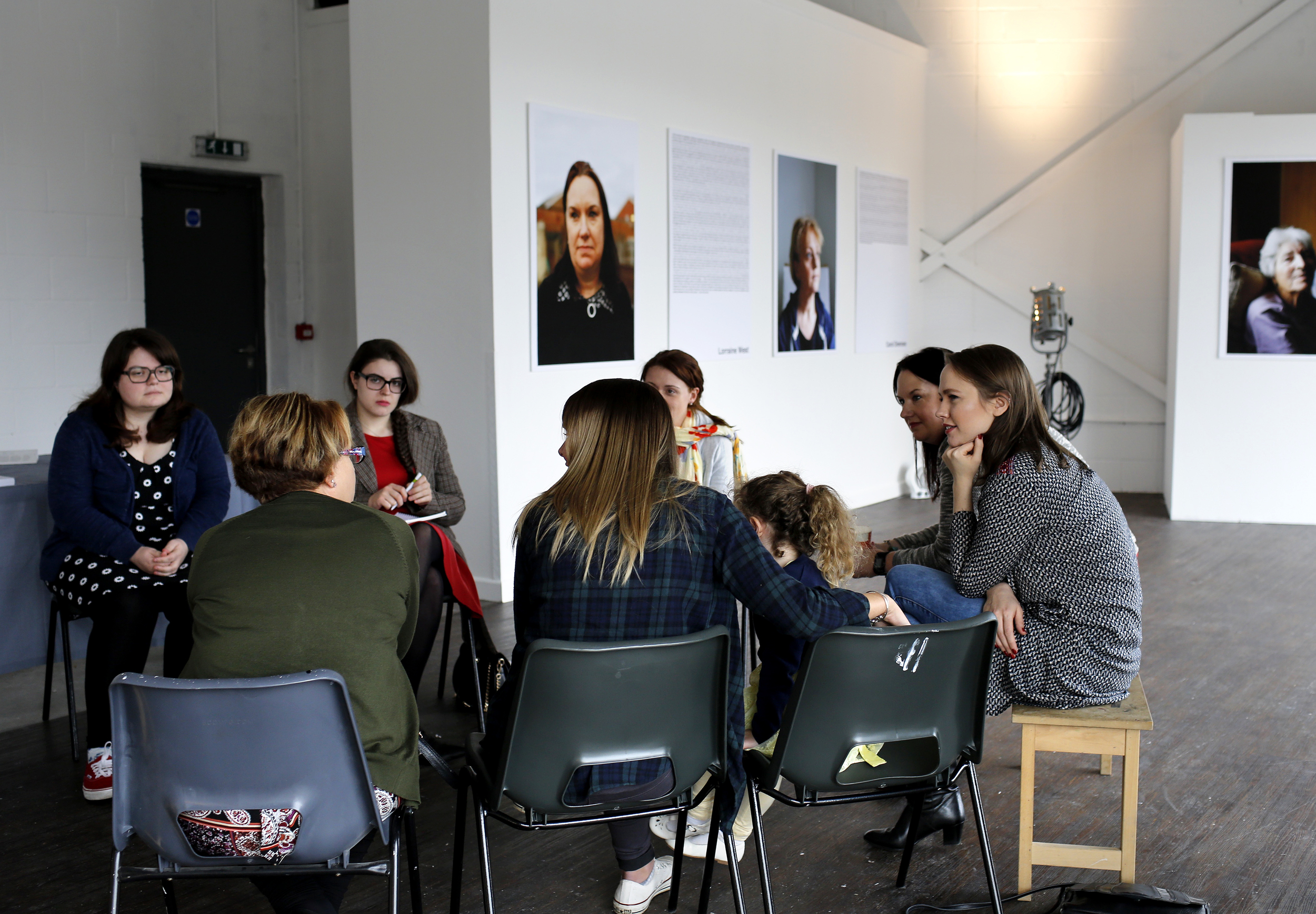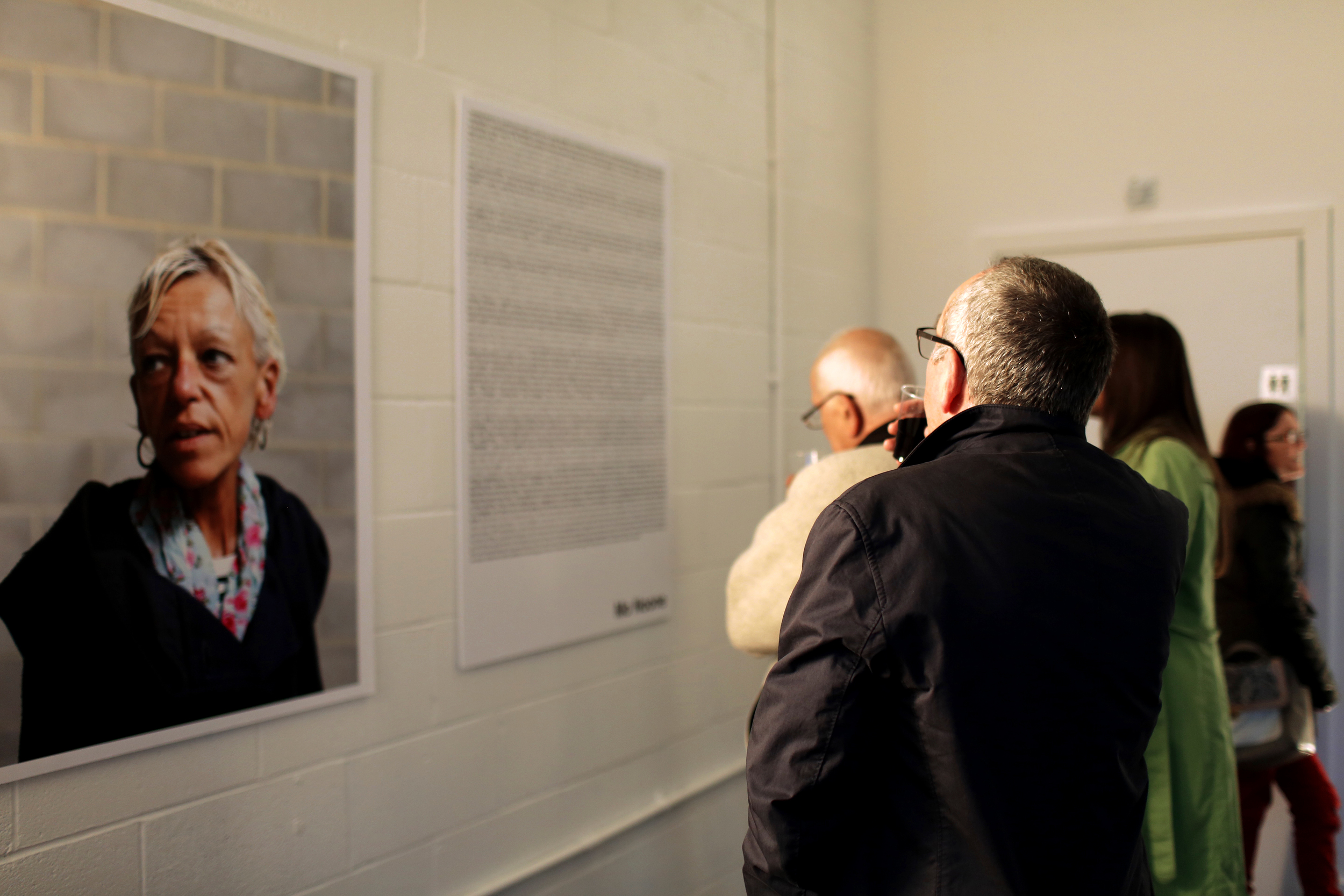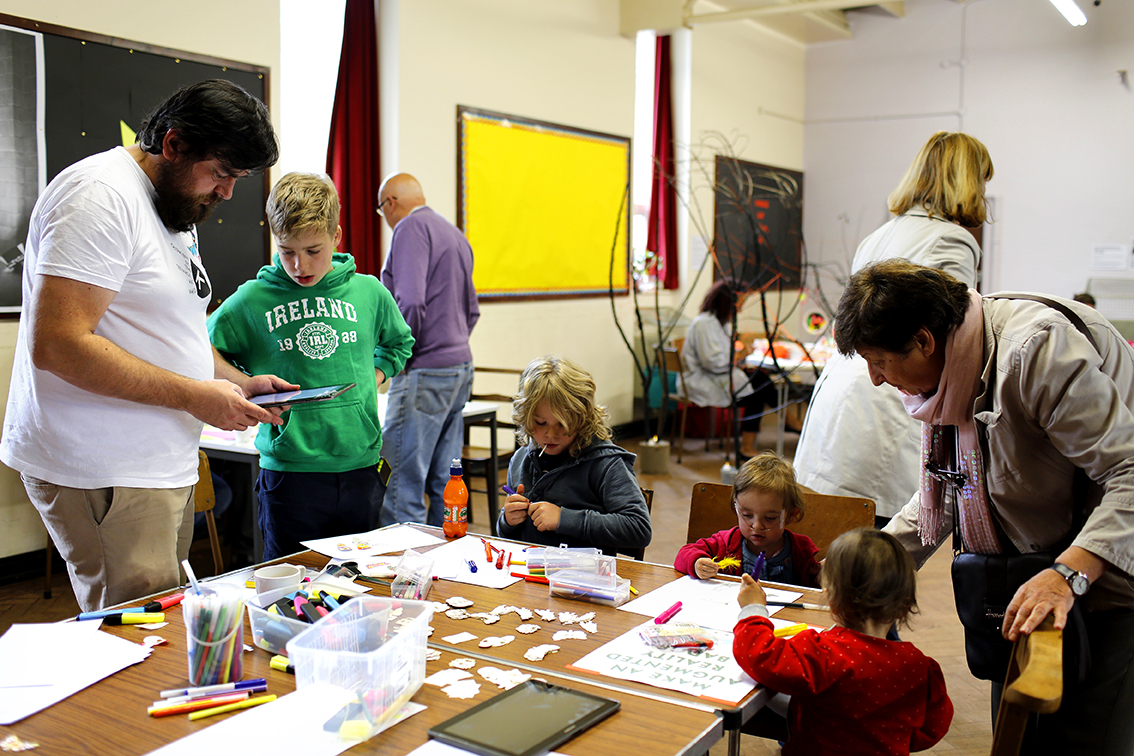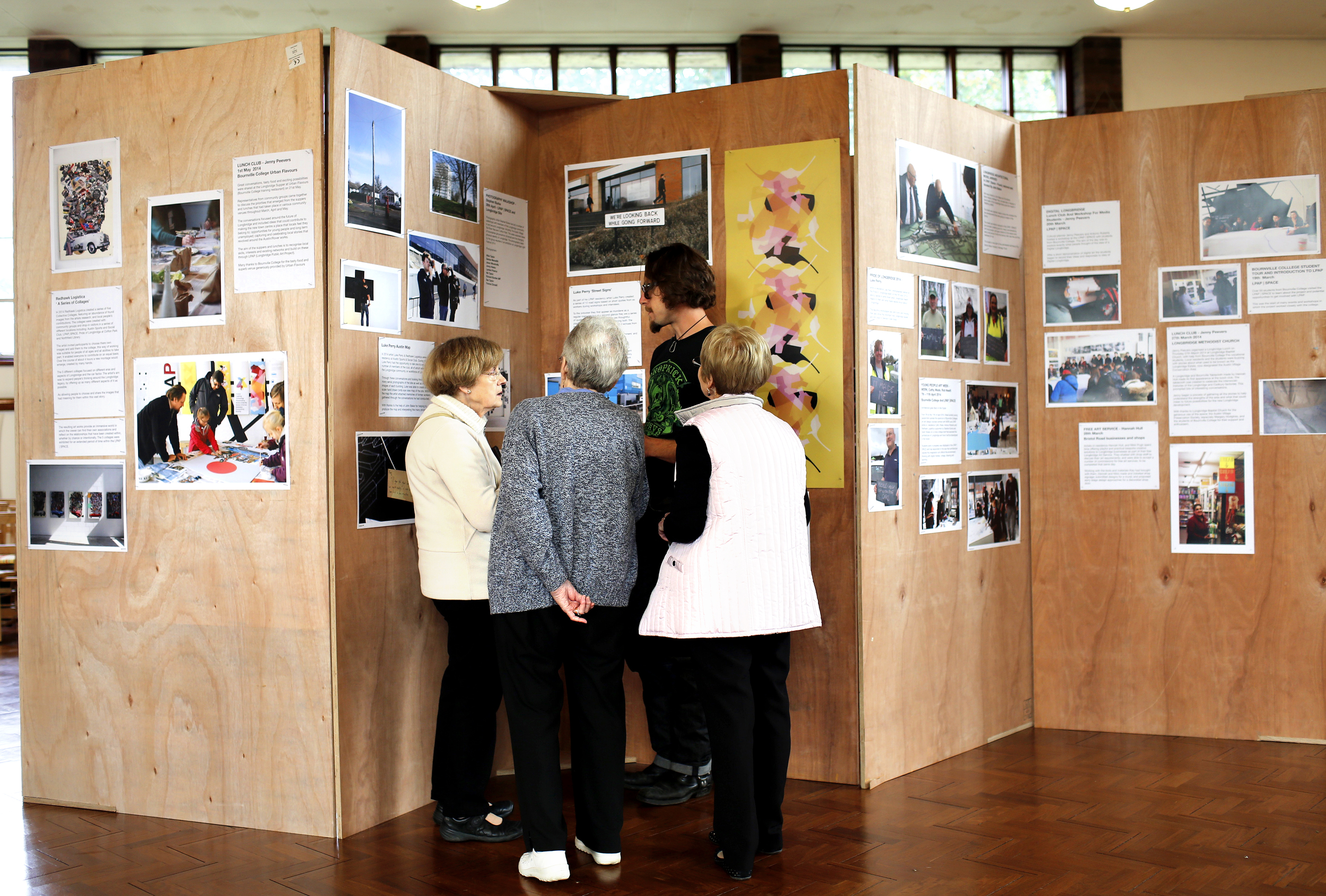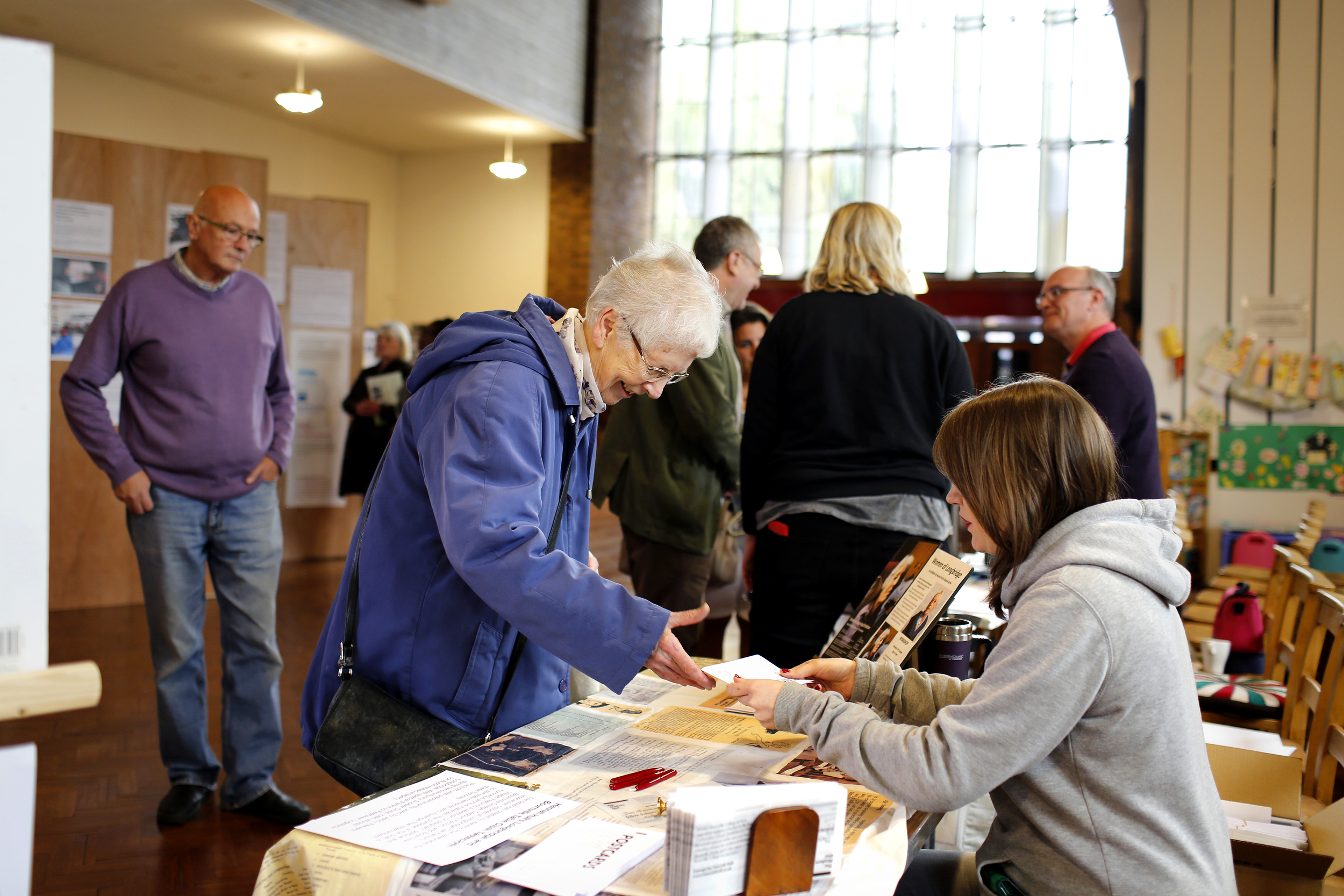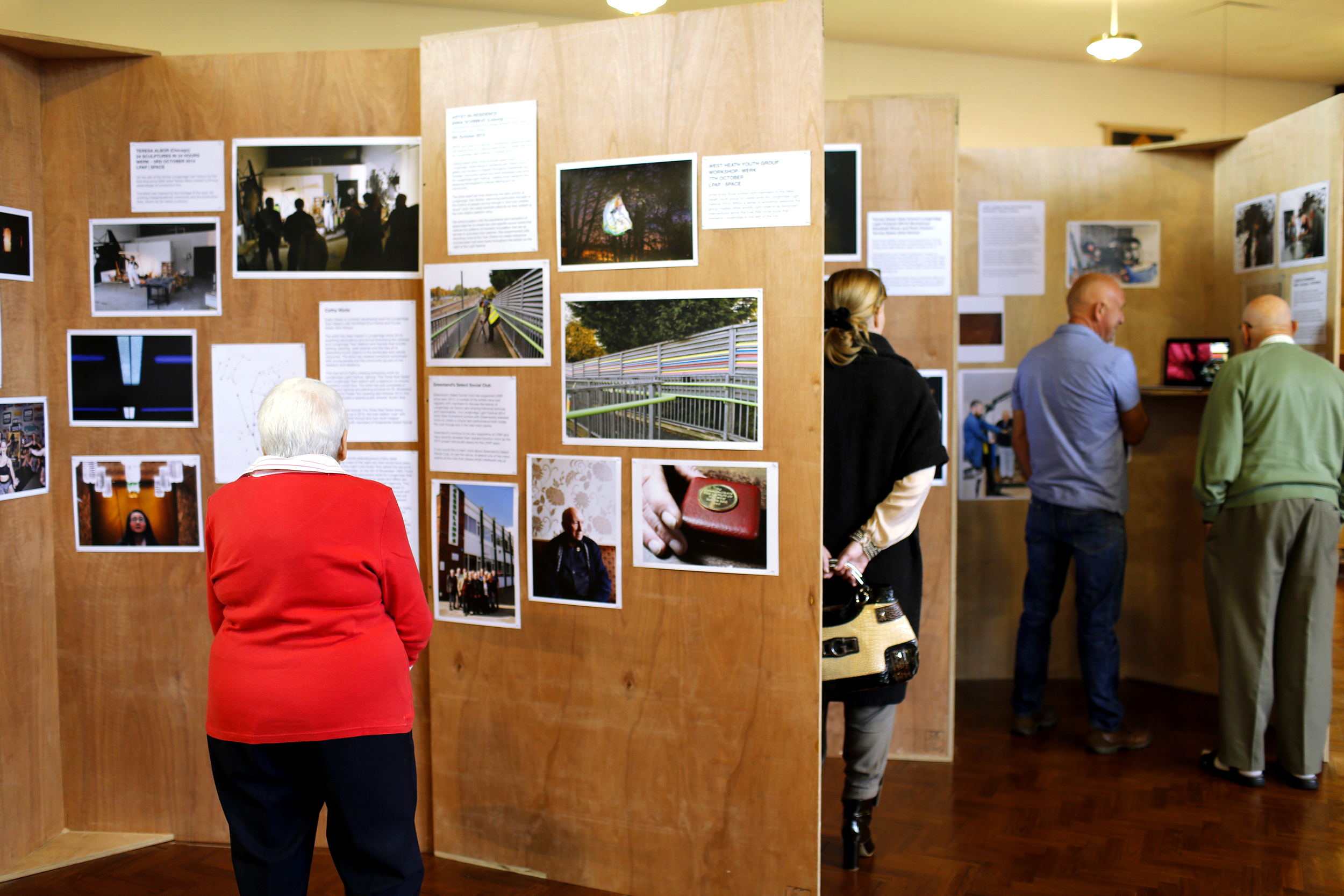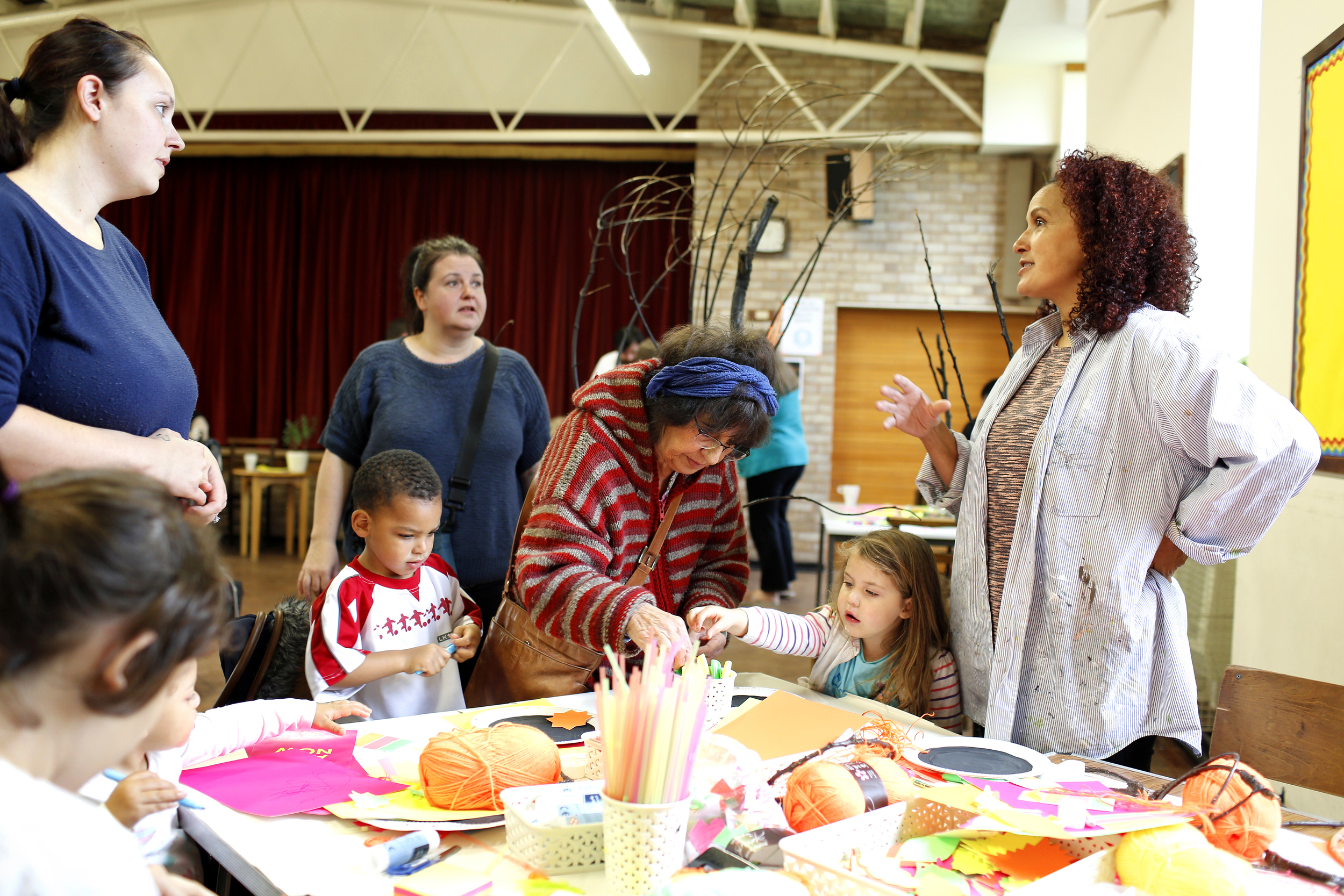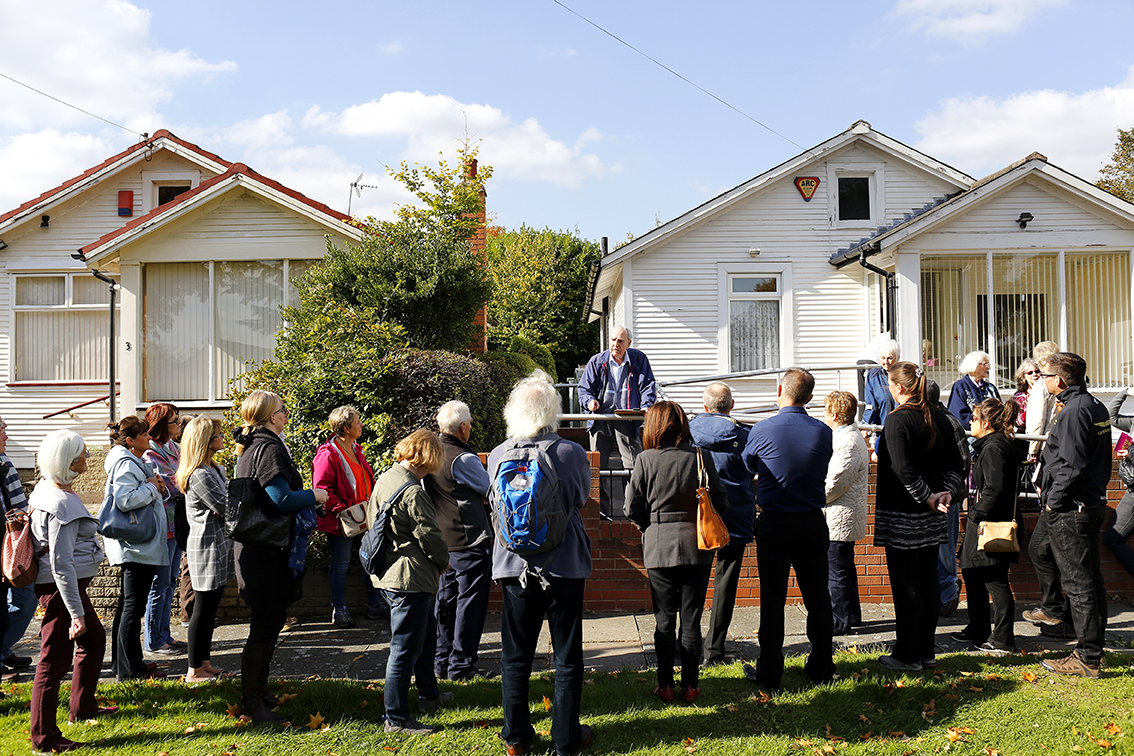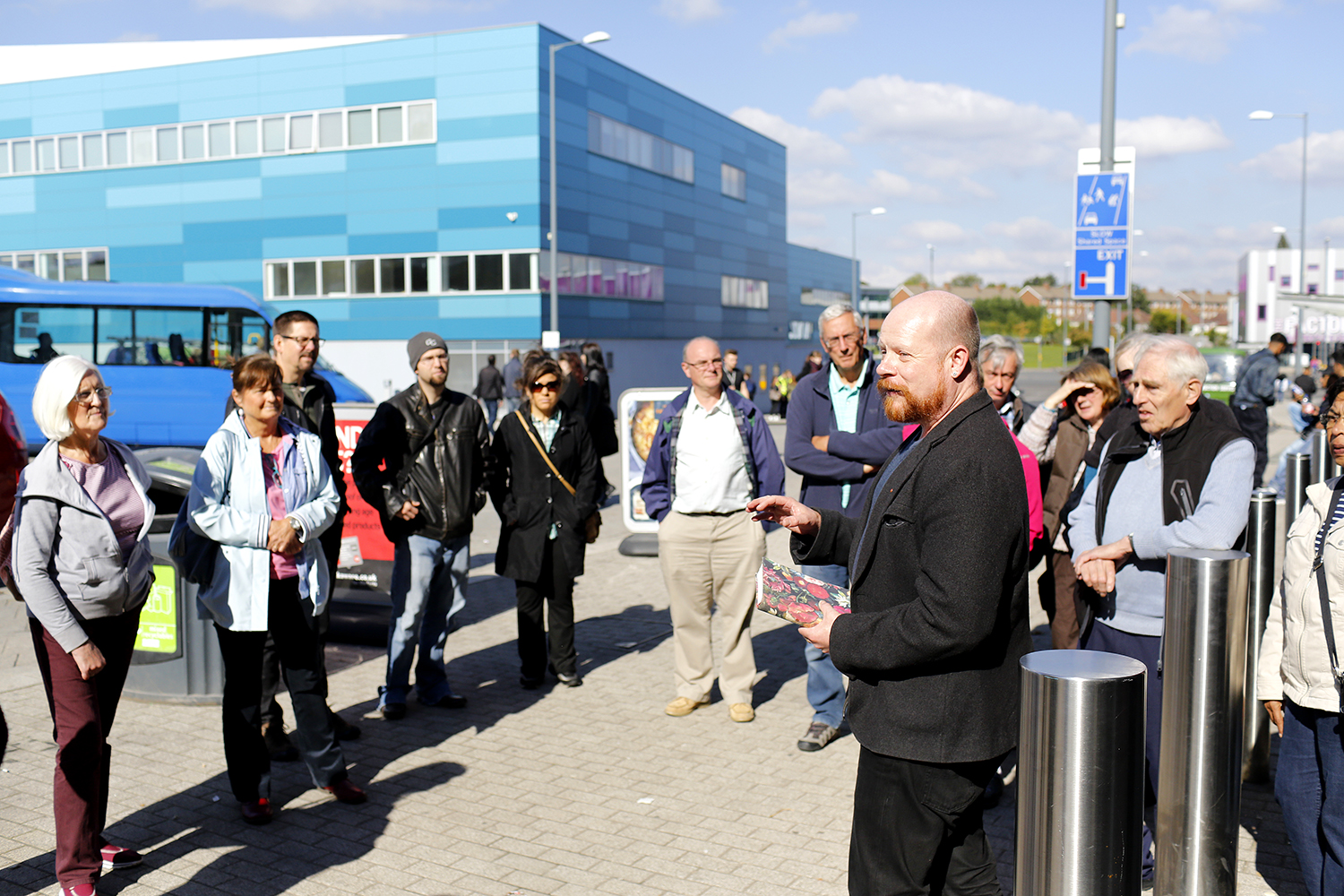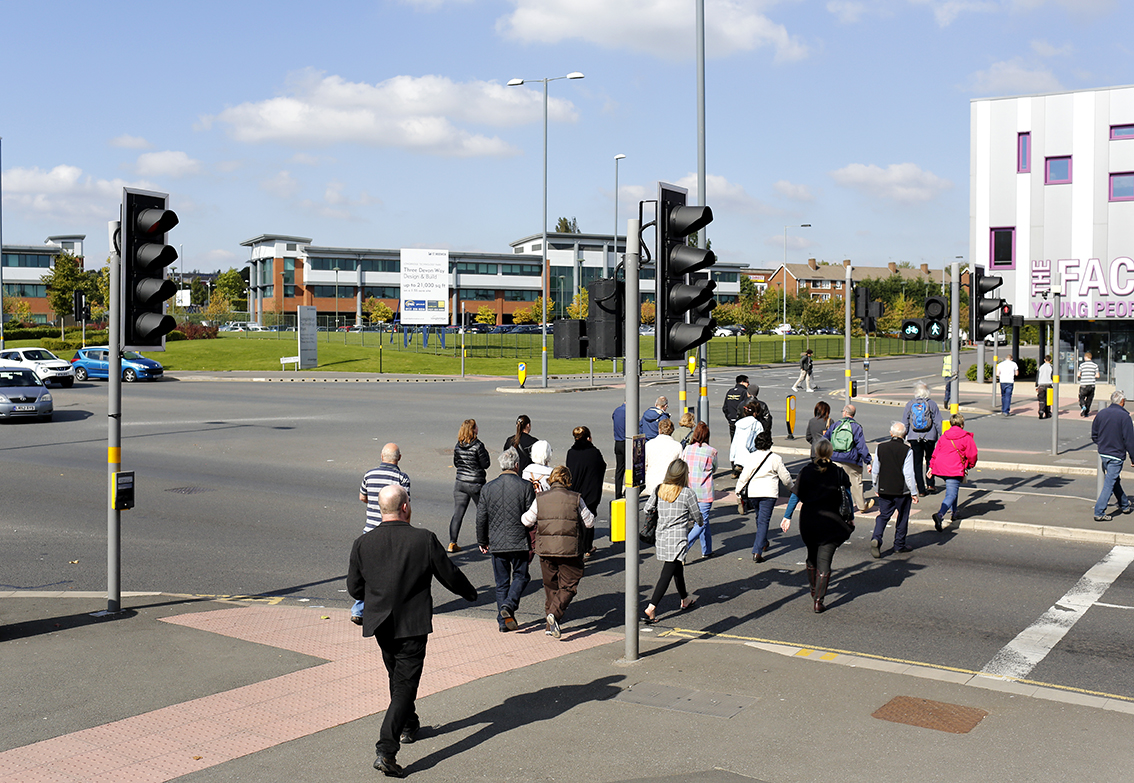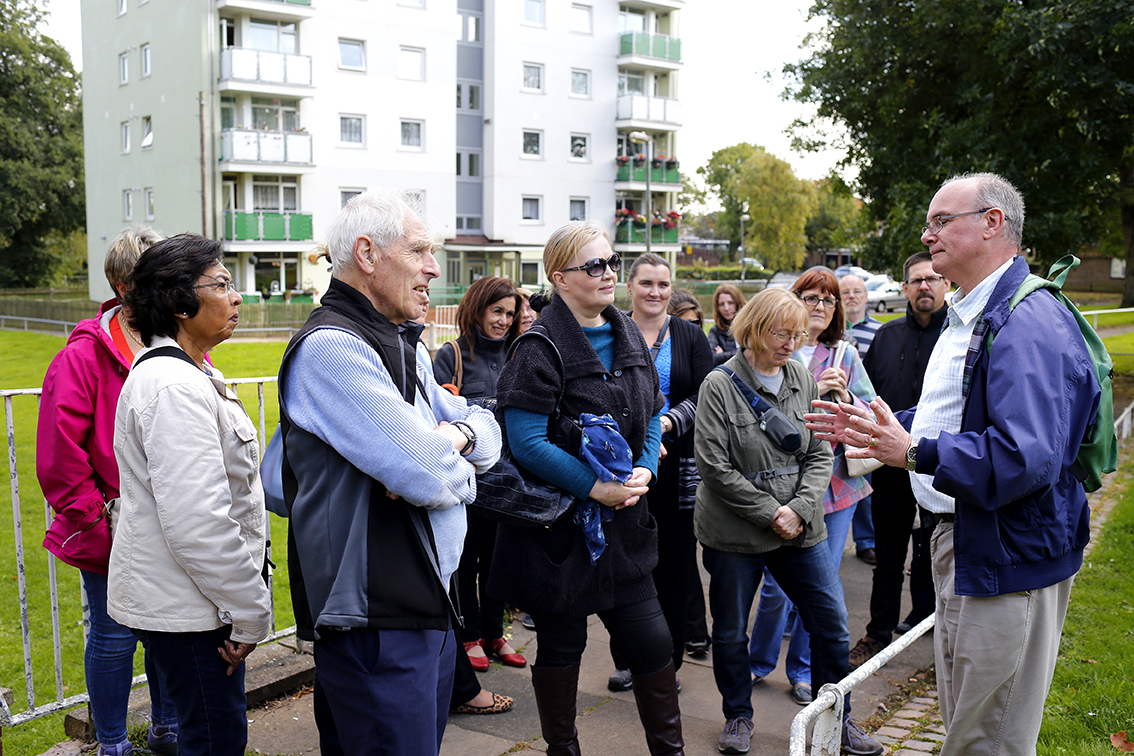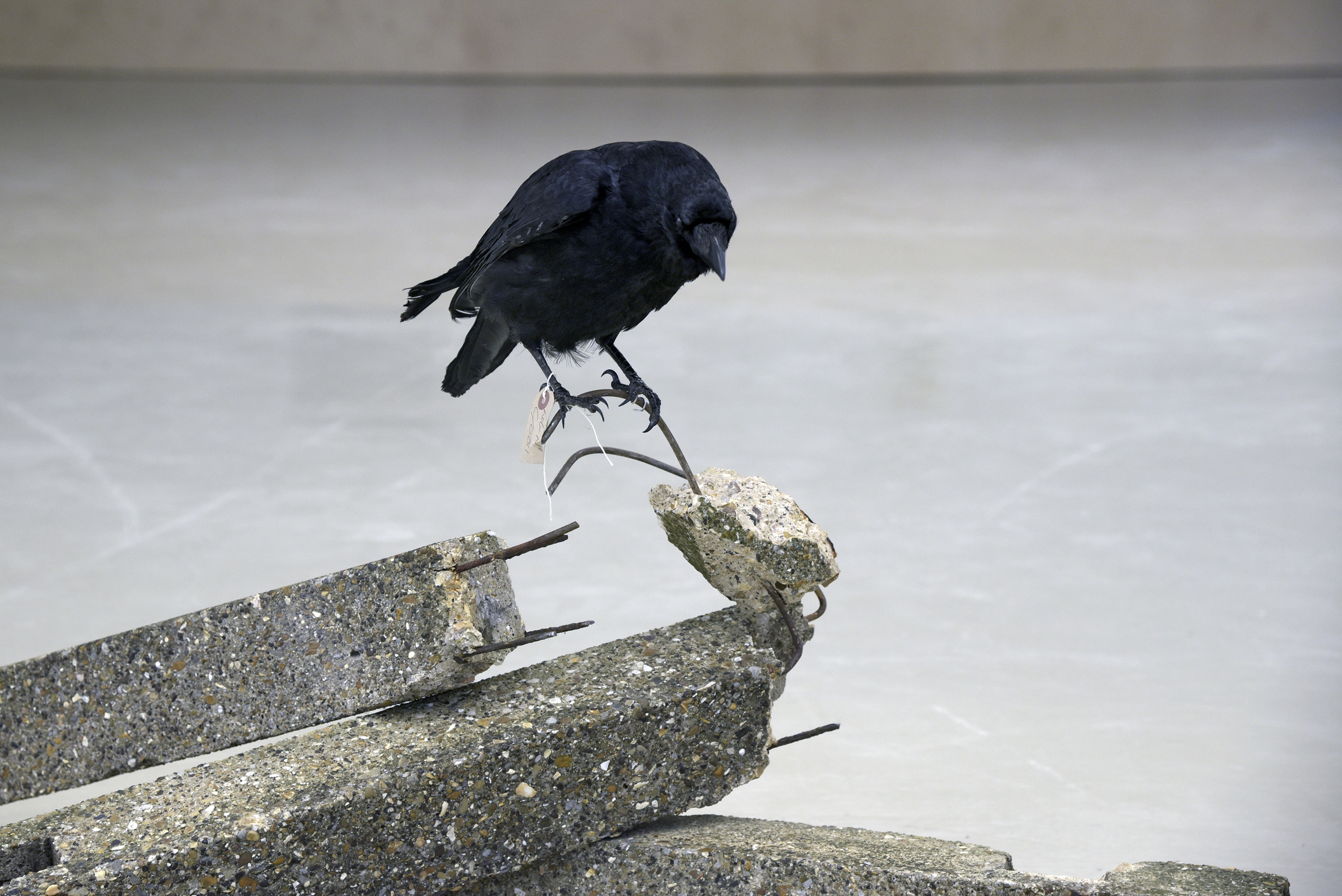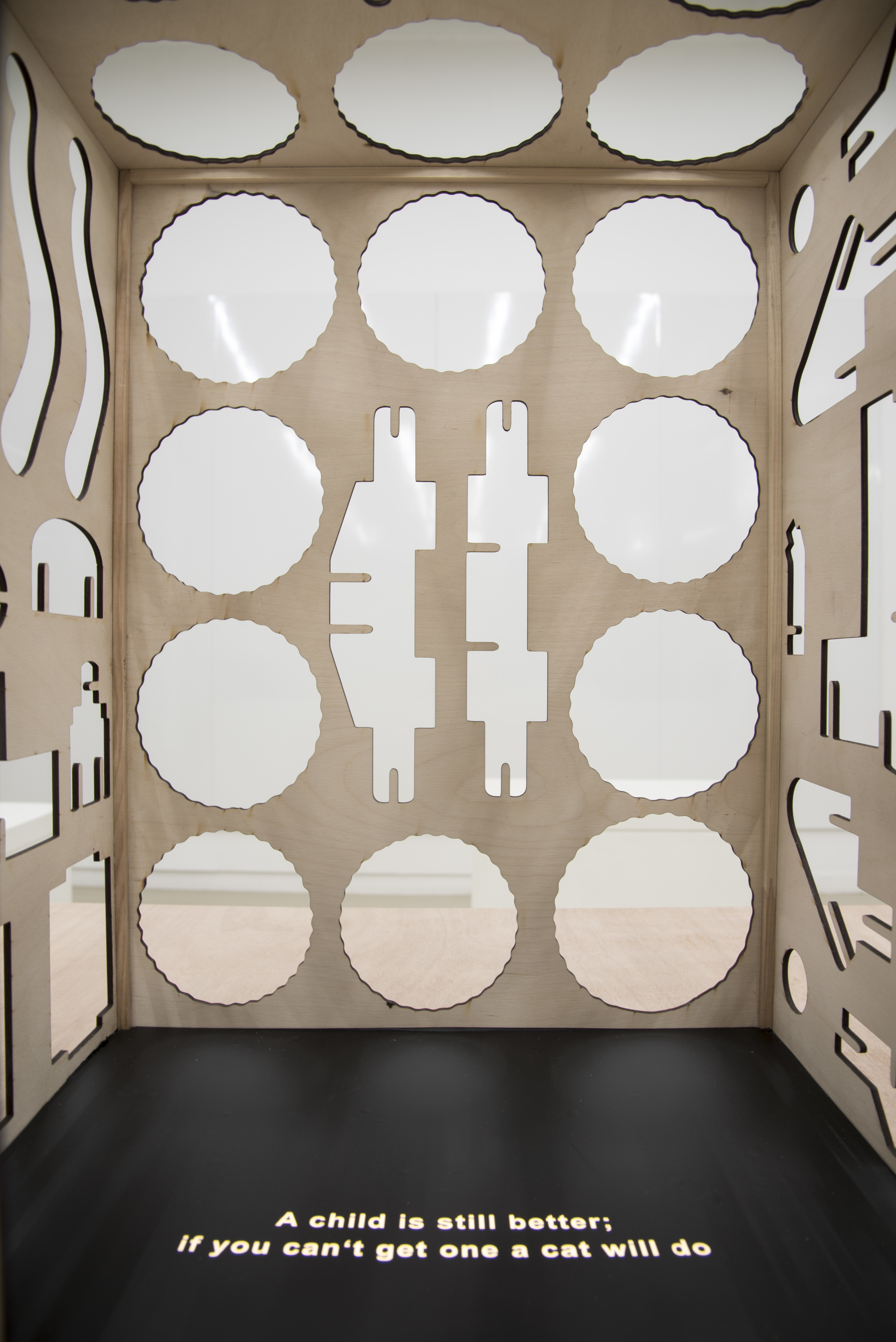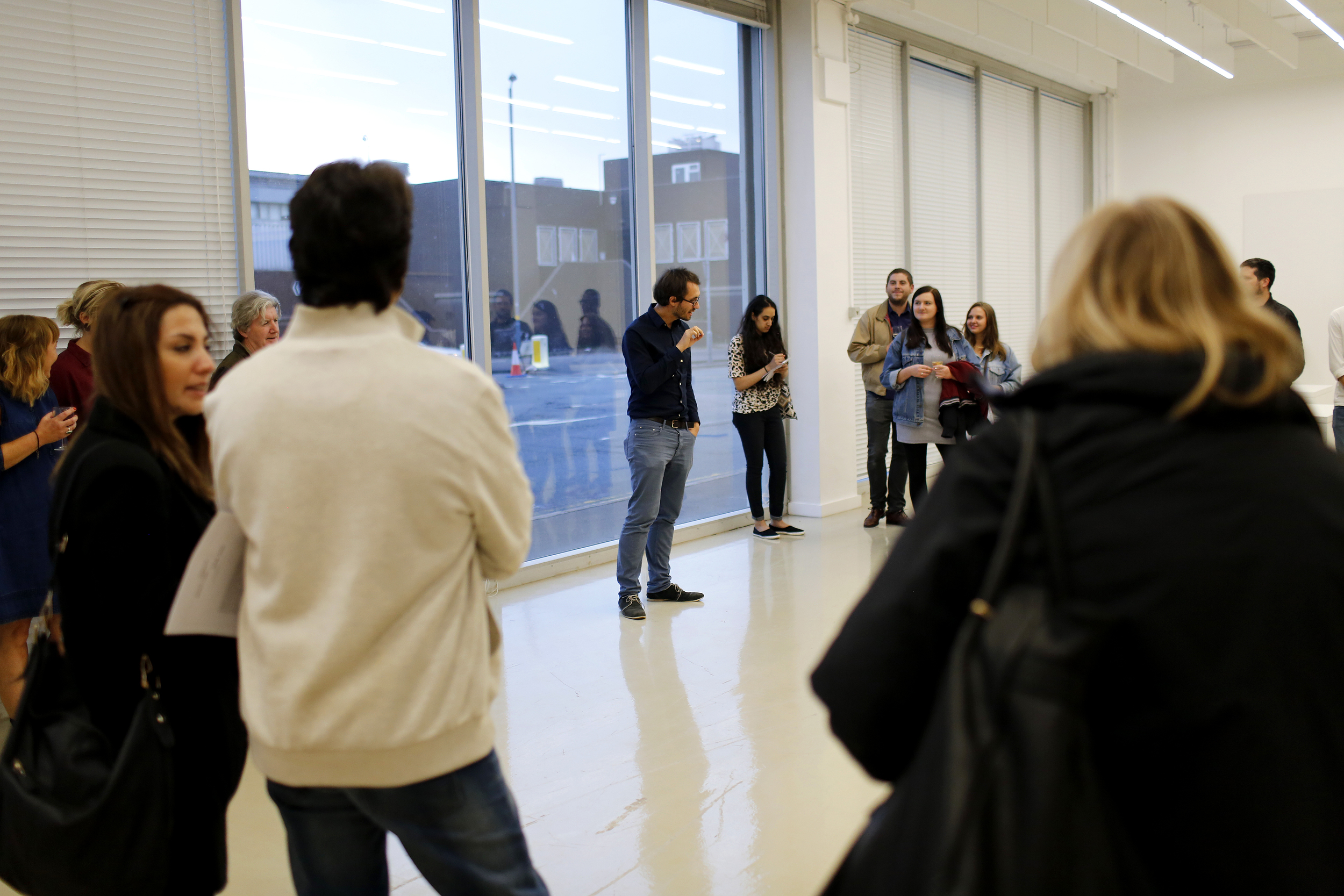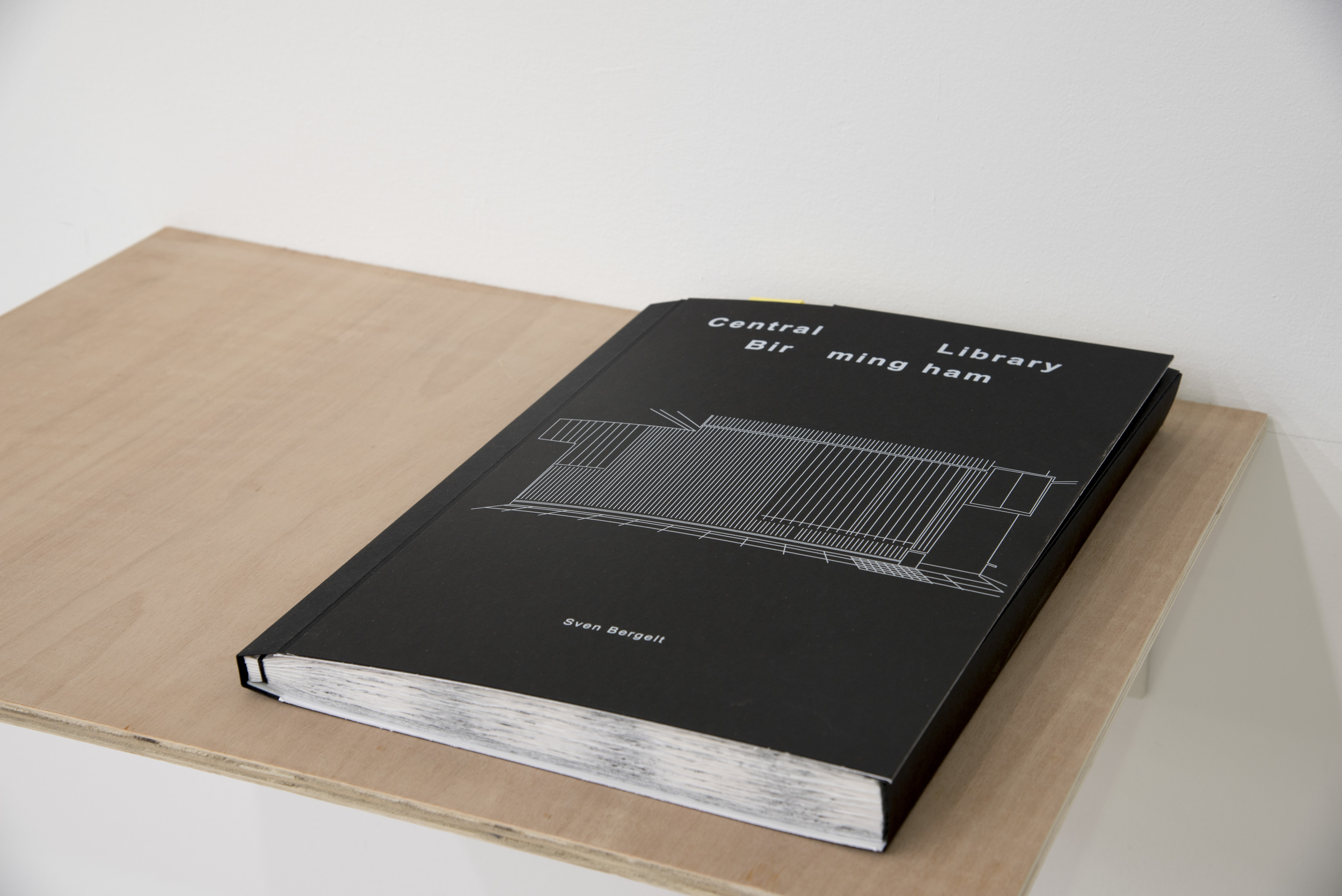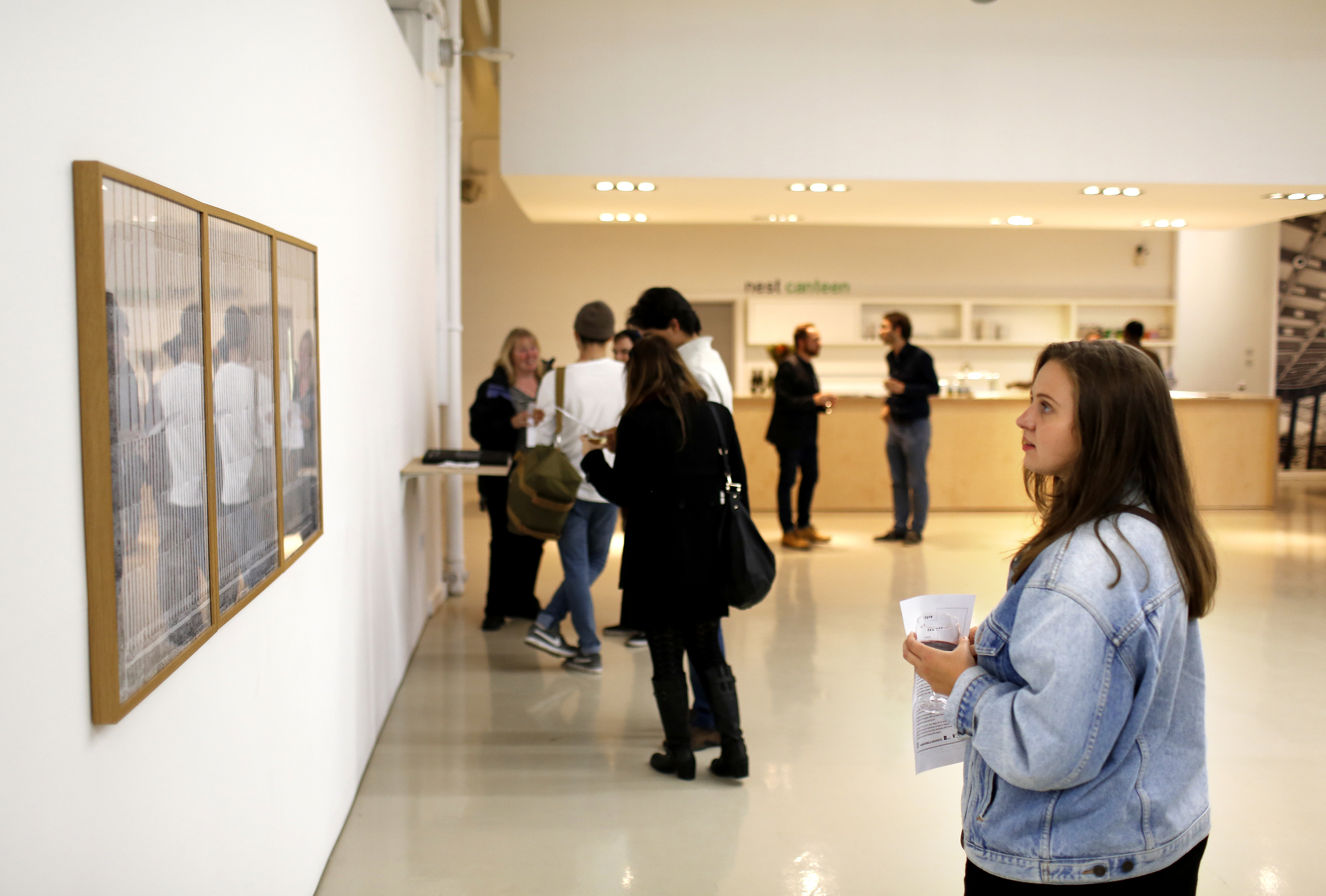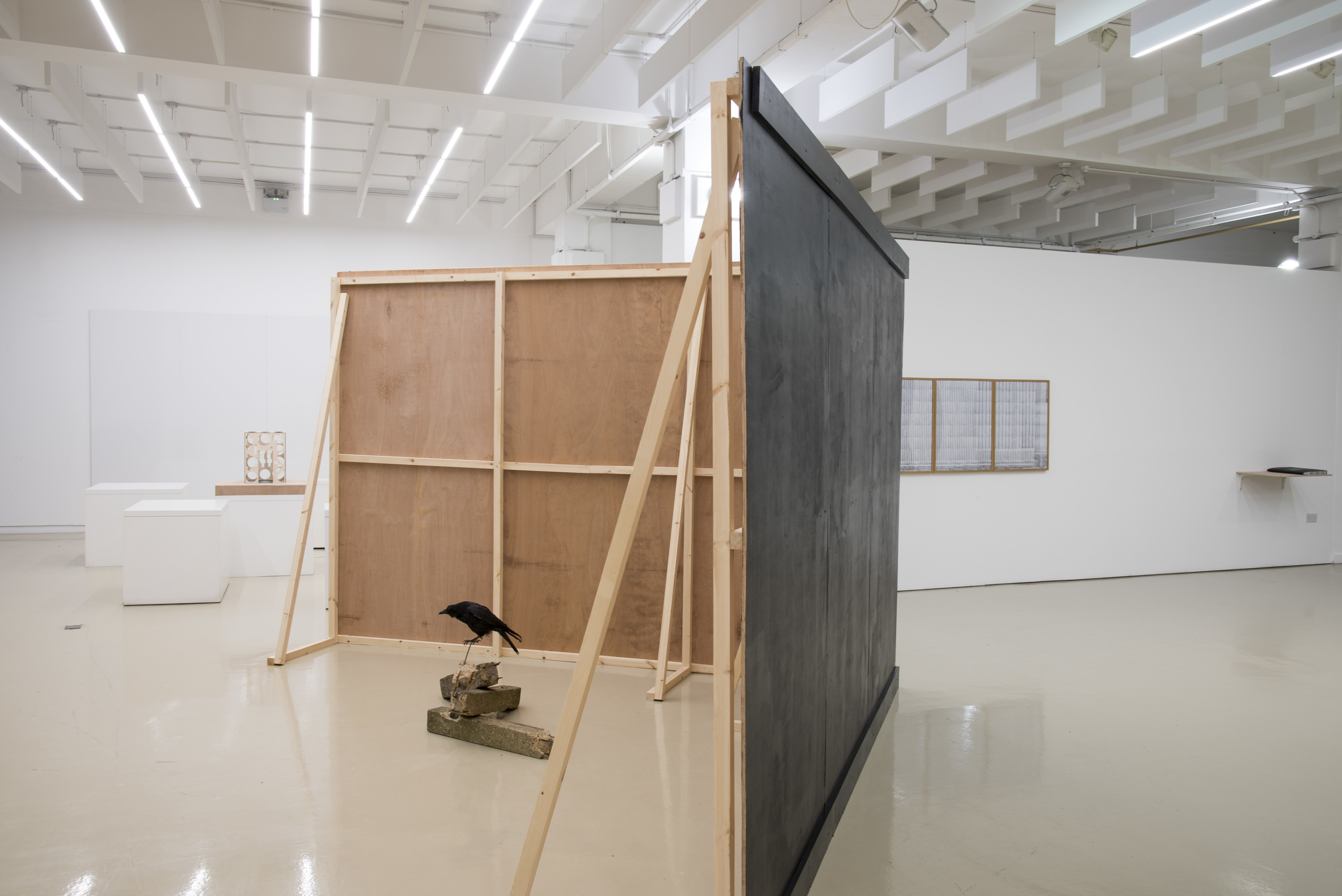
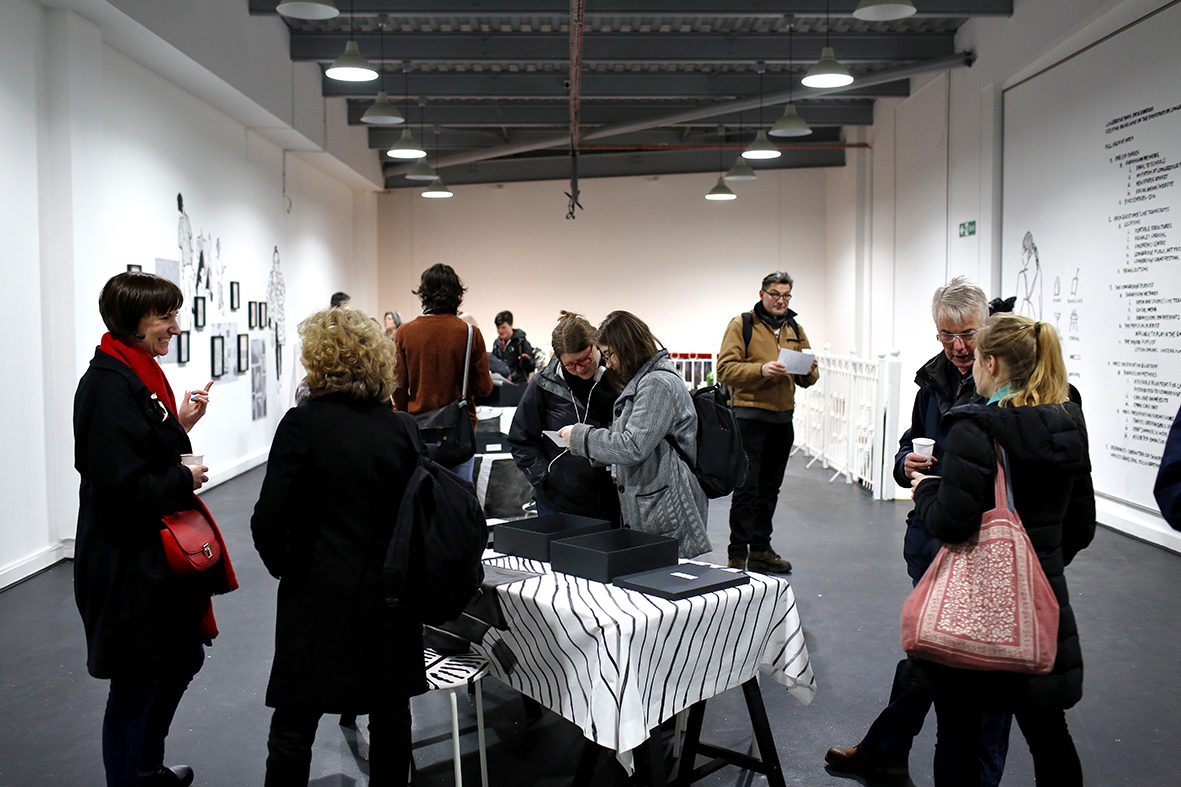
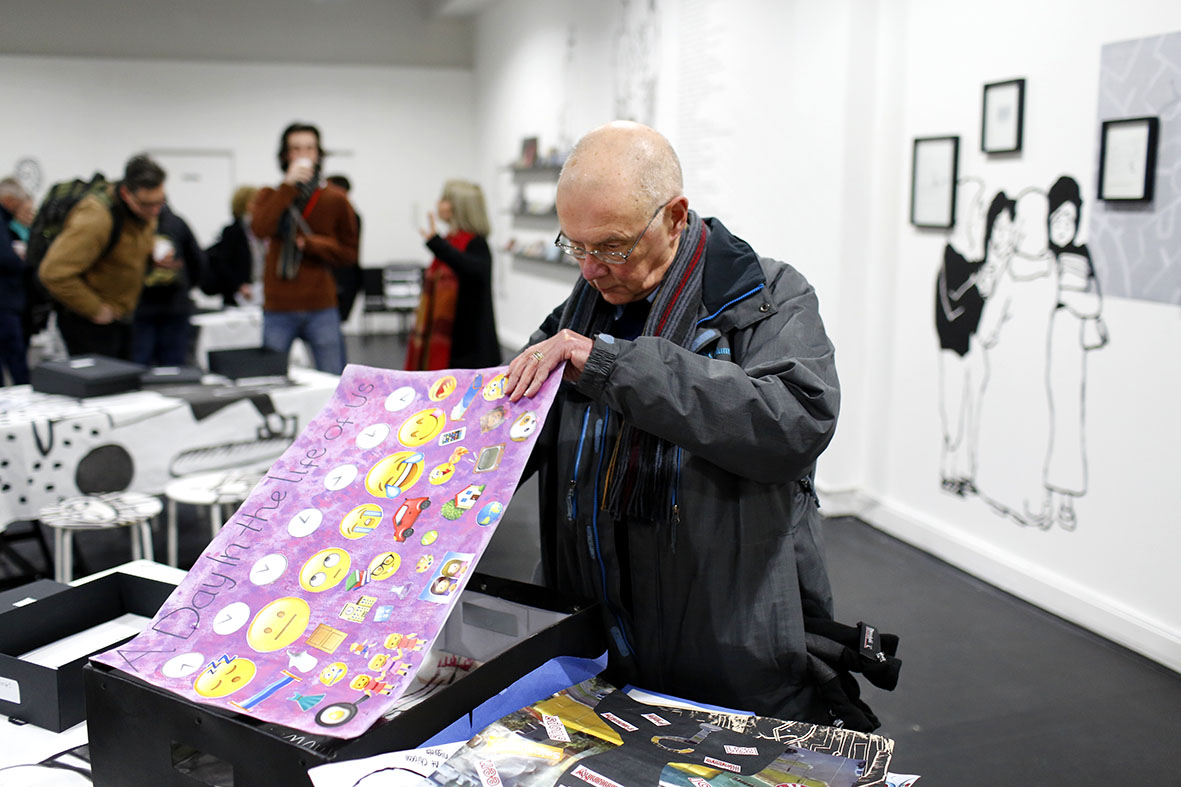
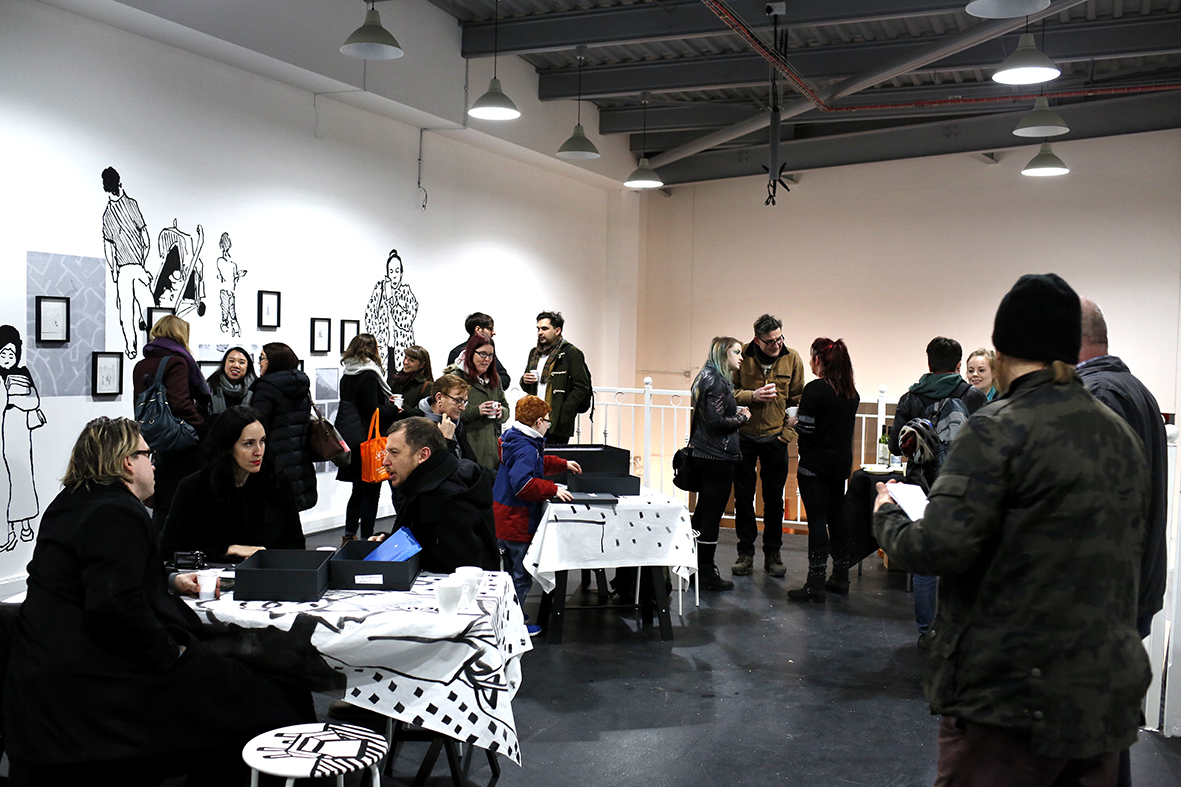
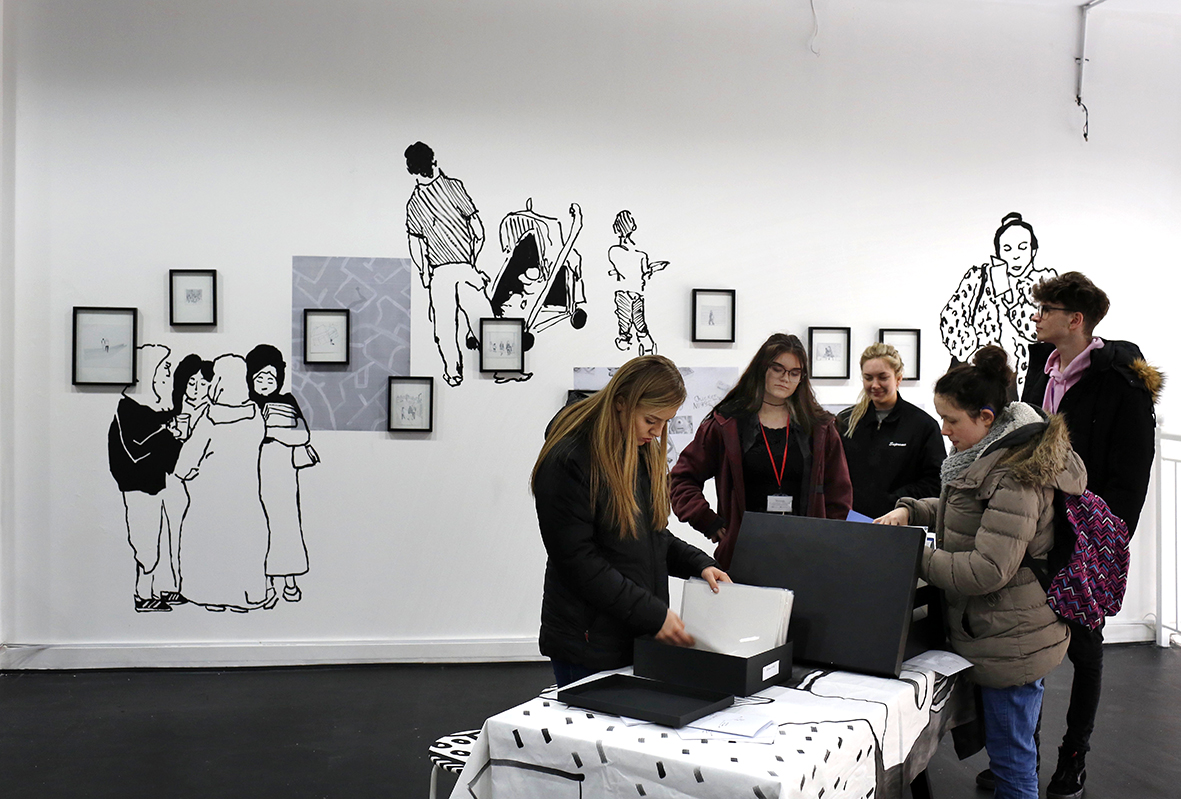

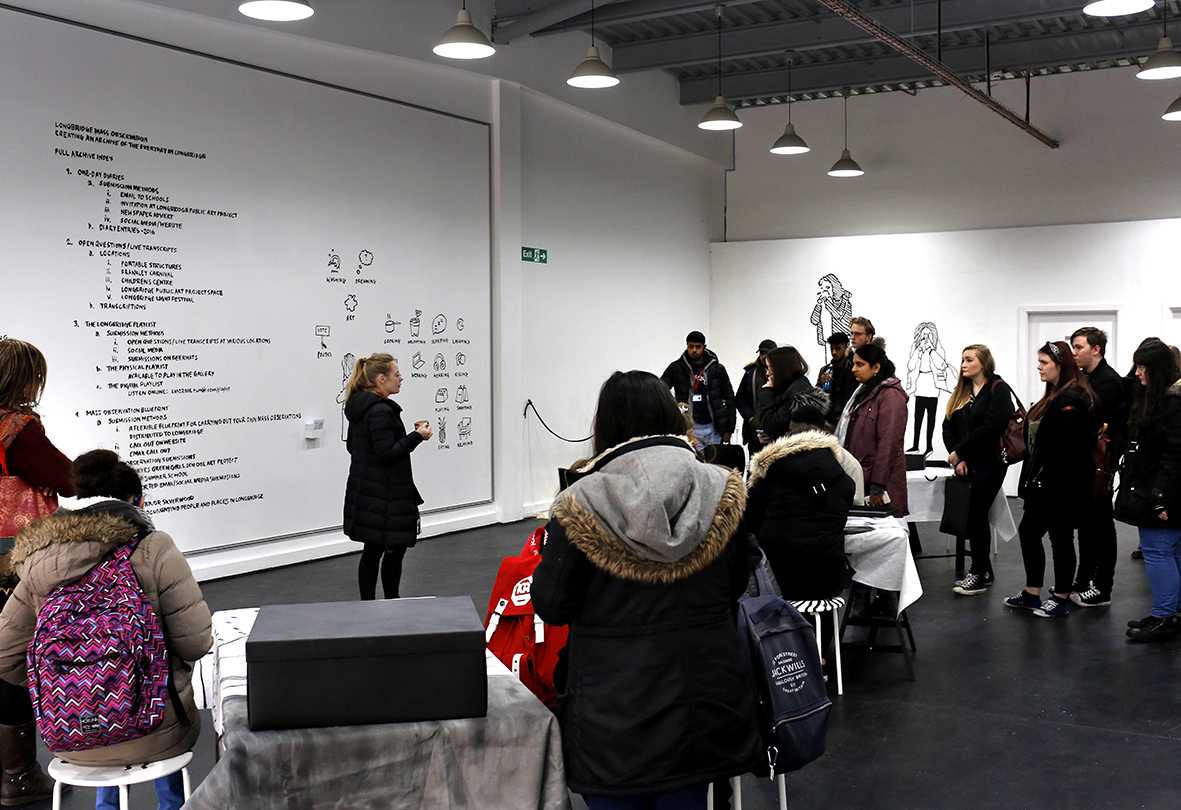
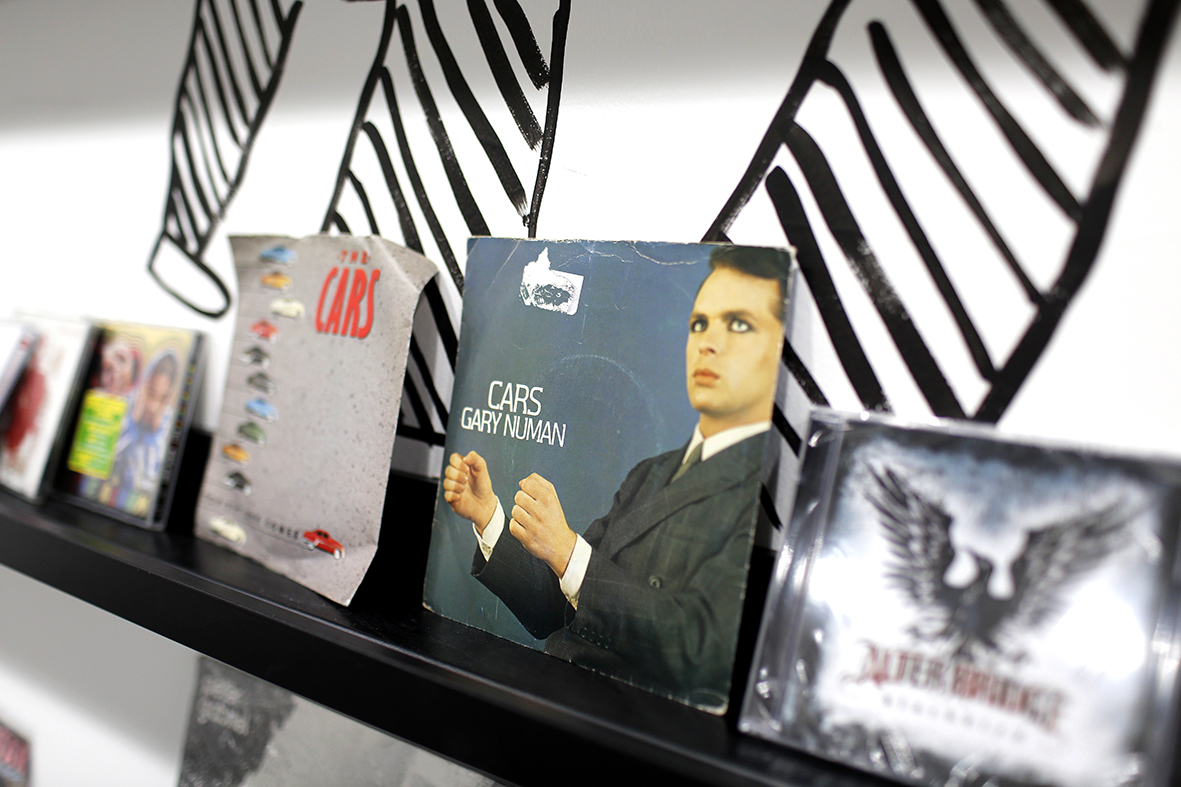
Longbridge Mass Observation
by Sarah Taylor Silverwood, text by Anneka French
Sarah Taylor Silverwood, LPAP artist in residence, began her ‘Longbridge Mass Observation’ project through observing and recording the everyday comings and goings of Longbridge. Drawings, texts, songs and other pieces of information recorded by both Sarah and a diverse range of local residents now make up what might be called a living archive of and for Longbridge.
While Sarah’s project is a snapshot of this moment in time, ‘Longbridge Mass Observation’ directly references Mass Observation (MO), a social research organisation established in Britain in the 1930s. The organisation carried out a pioneering study of the everyday lives of people using original techniques and collected data via categories such as ‘the private lives of midwives’ and ‘shouts and gestures of motorists’. Its recorders were ordinary citizens who volunteered, empowered by the permission to study and sometimes be critical of their own communities. The study was democratic. Its inherent subjectivity made the data highly valuable but it was inconsistent and difficult to analyse. Sarah was interested in this aspect of MO, so aimed to focus on the importance of process and collaboration rather than creating something that could be used for data mining.
Sarah has taken a number of key themes from the original MO and has developed a blueprint for data collection in Longbridge in the shape of a paper worksheet on which people can collect personal observations across twenty-four categories. These include ‘cooking’, ‘fearing’, ‘working’, ‘politics’ and ‘happiness’ which have elicited a range of fascinating and creative responses. She has utilised a variety of other data collection methodologies, gathering opinions, reflections, ideas and facts from members of the public, Turves Green Girls’ School pupils, users of Frankley Plus Children’s Centre and students from Longbridge College among others. These have been facilitated by questions and invitations positioned in newspapers, on beer mats, on social media, on portable wooden structures at Longbridge Light Festival, other community events and a host of other sites. One day diary entries have been produced with young people and children in particular, opening out possibilities for considering the personal experience of recording thoughts with pen and paper for community members more familiar with digital correspondence. These methodologies have been means to begin conversations about Longbridge with its own residents.
The project, developed from an initial micro-residency last summer, has since gathered incredible momentum and has grown into what Sarah describes as an expanded archive. It is currently available to access publicly both online at LMO2016.tumblr.com and via a temporary exhibition in the LPAP | Space. The physical exhibition comprises six black archive boxes of the collected documents, an index and a live soundtrack of songs that visitors can customise by selecting their favourite record, digital file, CD or cassette tape to play to activate the archive of music. These elements of the archive are accompanied by stools and tablecloths that display the symbols used as starting points for the categorisation of information, a series of small framed drawings of people in Longbridge by made by Sarah and larger wall drawings of pedestrians that return the subjects almost to their original human-scale. The exhibition is marked by Sarah’s distinctive, clean and precise drawing aesthetic, using her handwriting as well as printed texts to pull out key aspects of the project’s development and outcomes. ‘Longbridge Mass Observation’ considers what Longbridge might be at this present moment.
Text by Anneka French
Work Place /
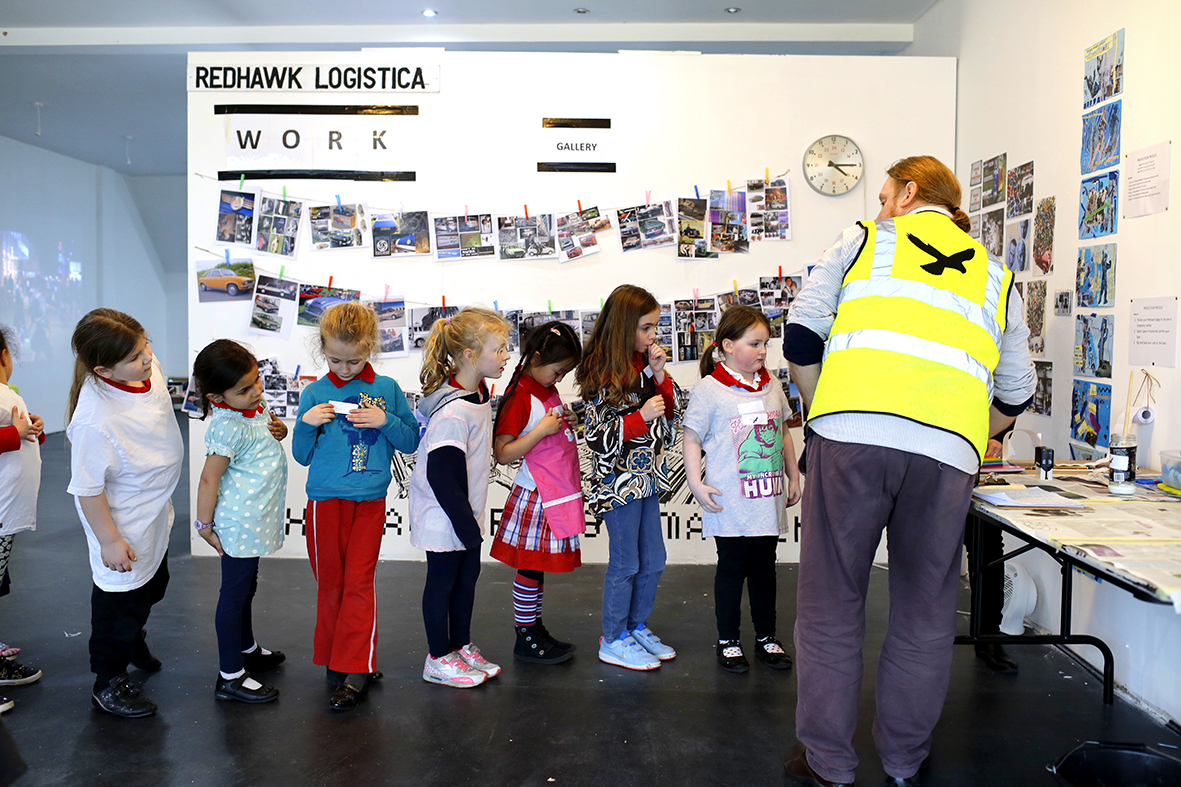
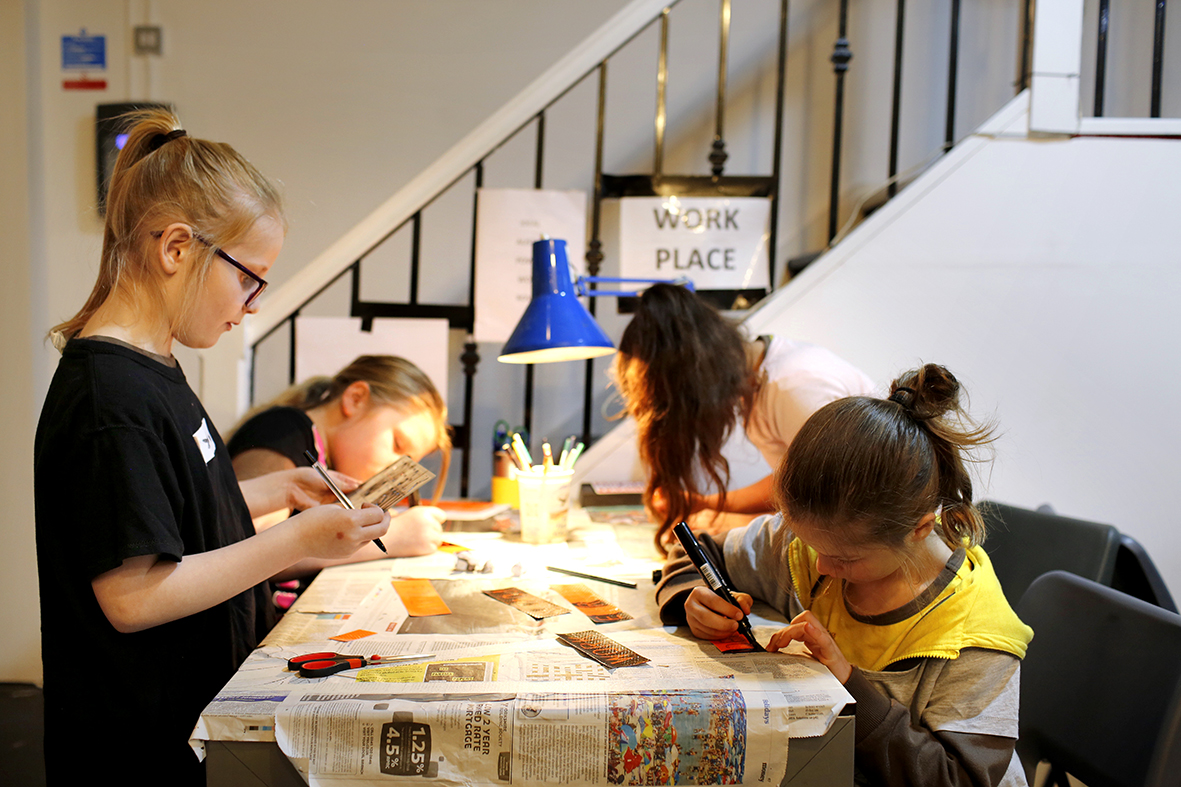
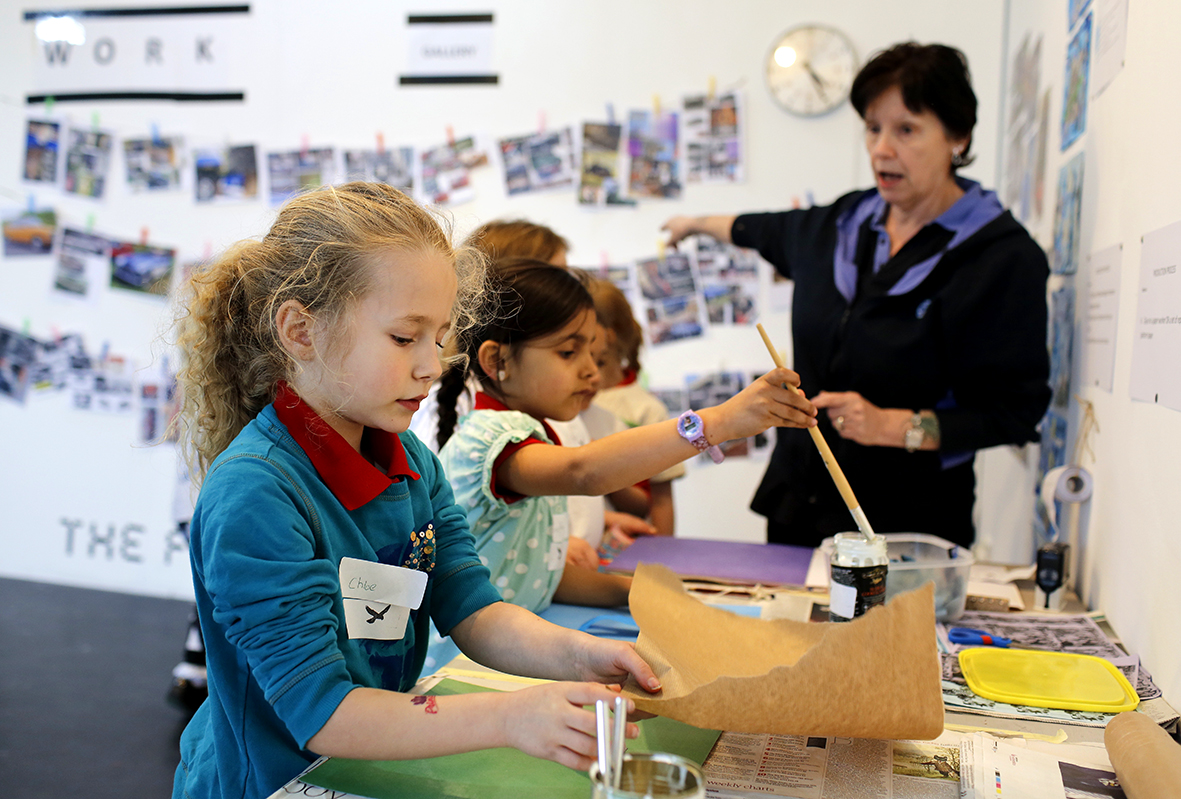
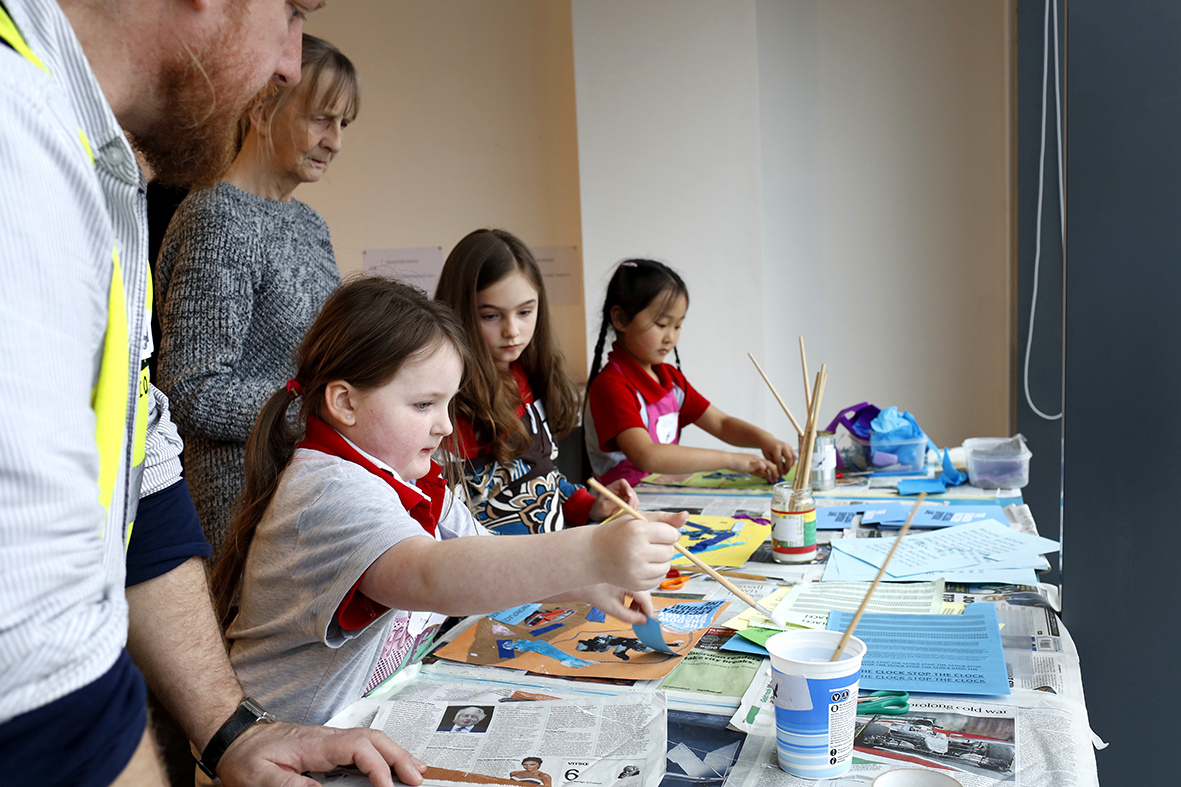
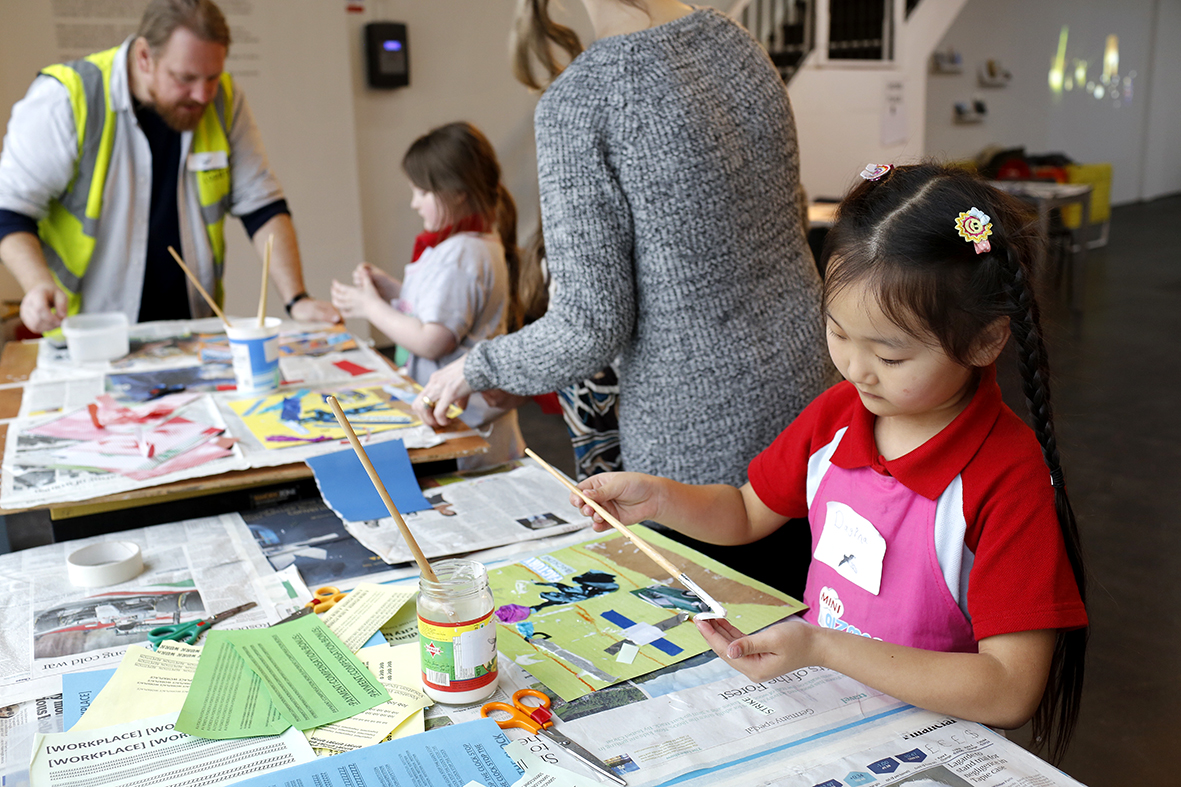
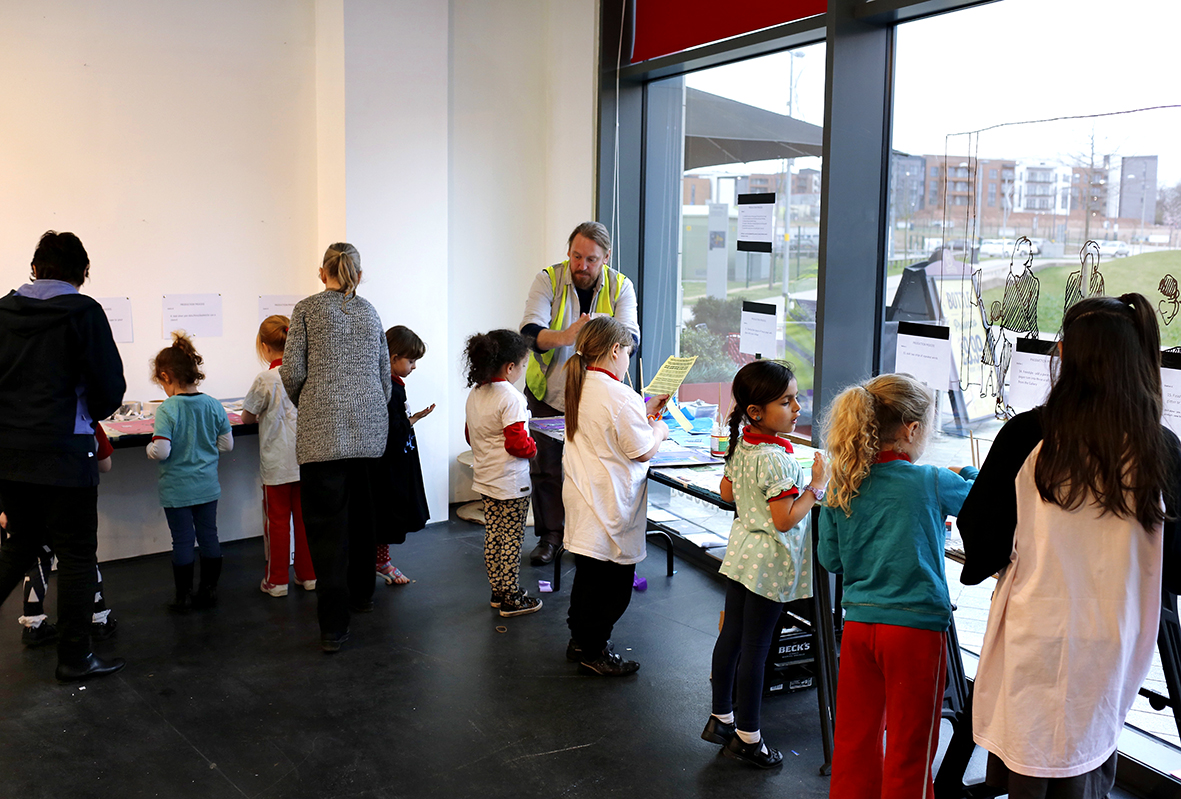
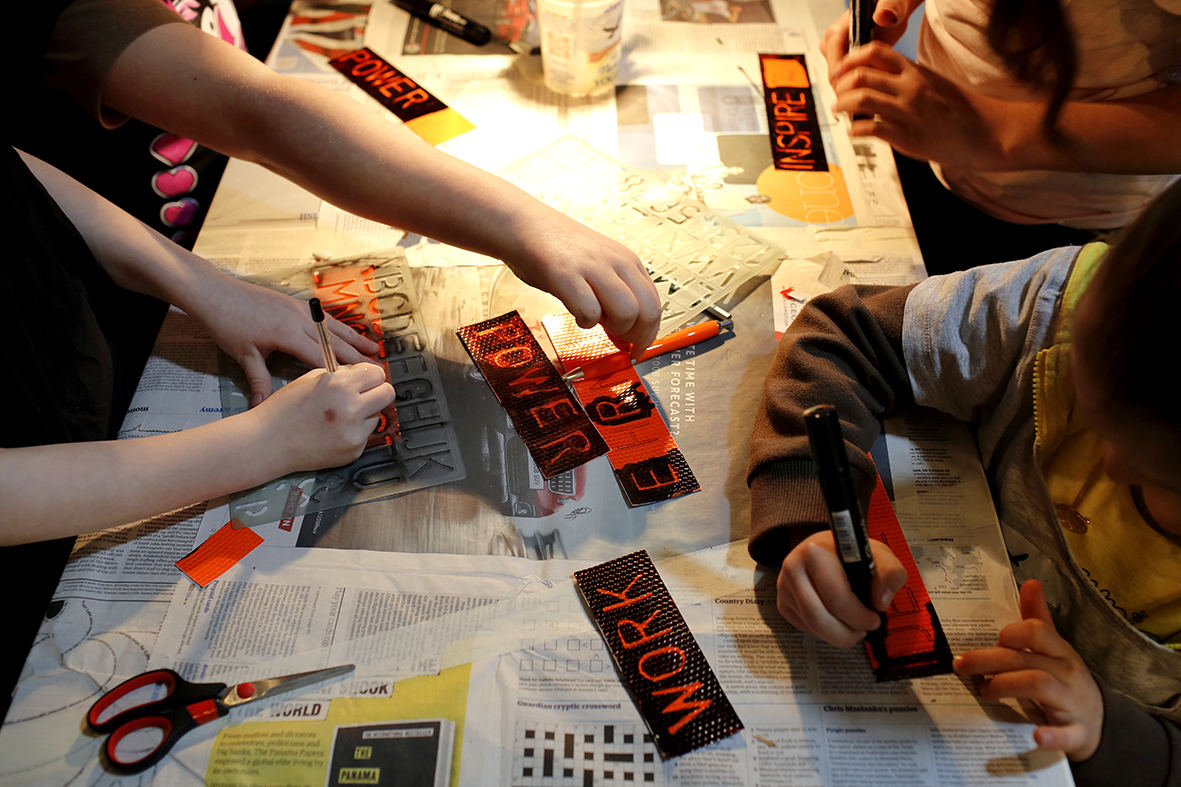
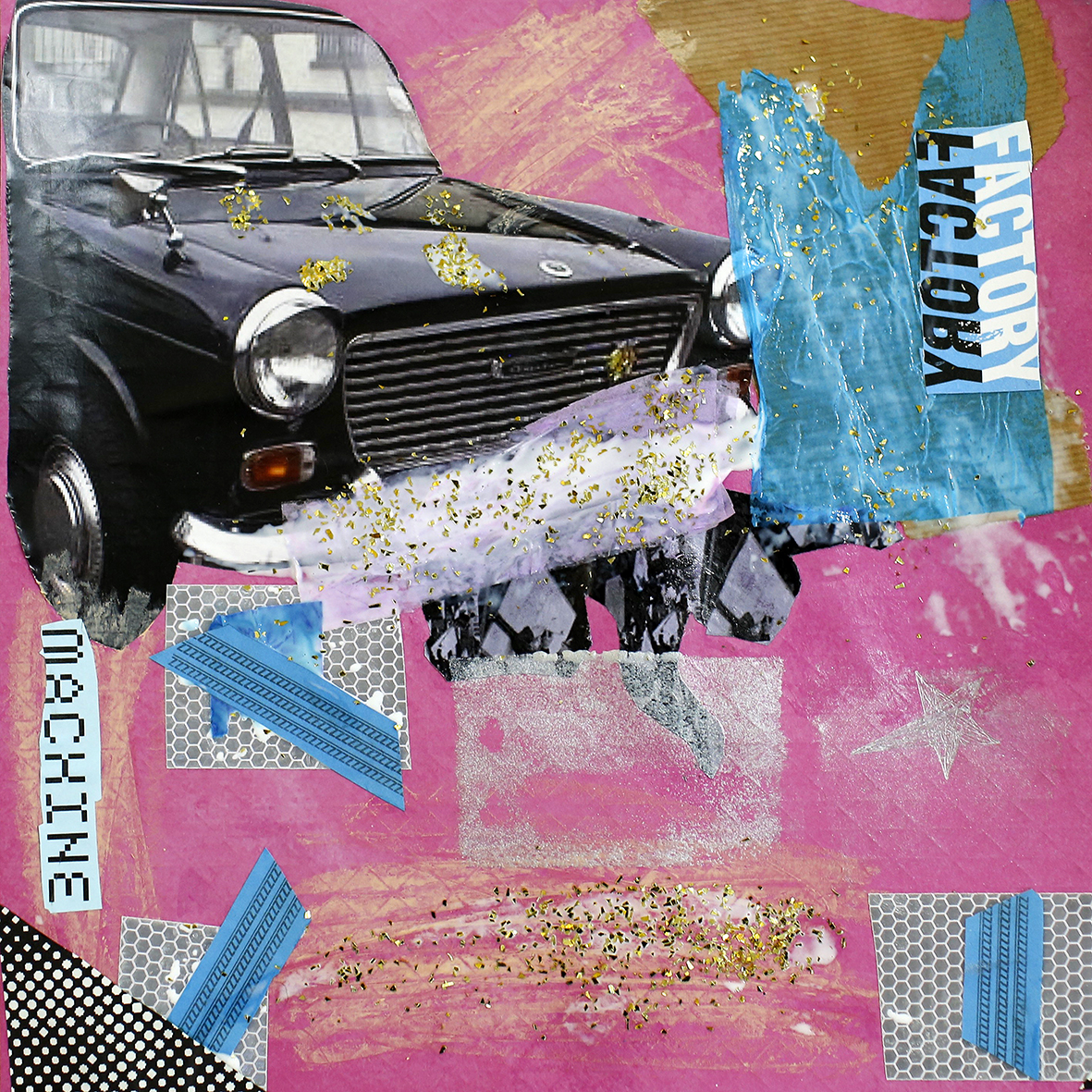

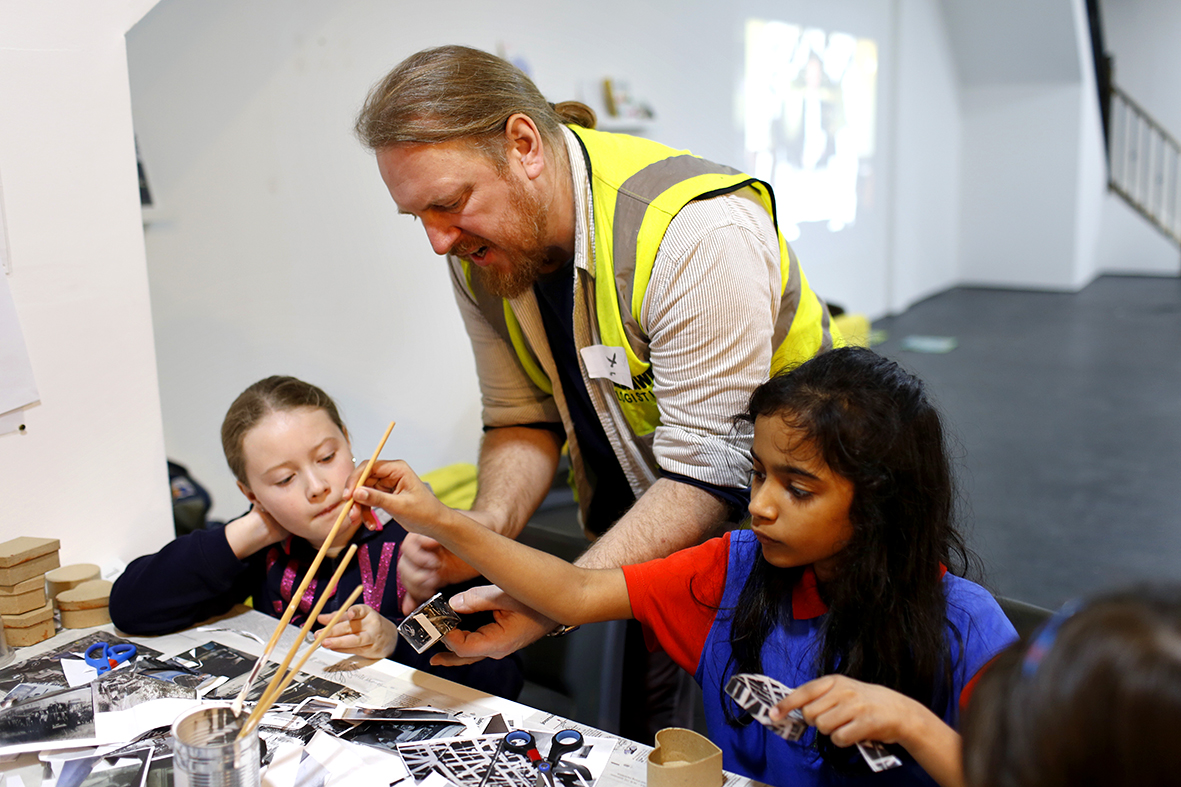
Work Place
Artist Redhawk Logistica led a number of workshops at the LPAP | SPACE with pupils from St Columbas school and the Frankley Rainbows, Brownies and Girl Guides.
'Collective A' by Sam Williams and Bournville College Art & Design students /
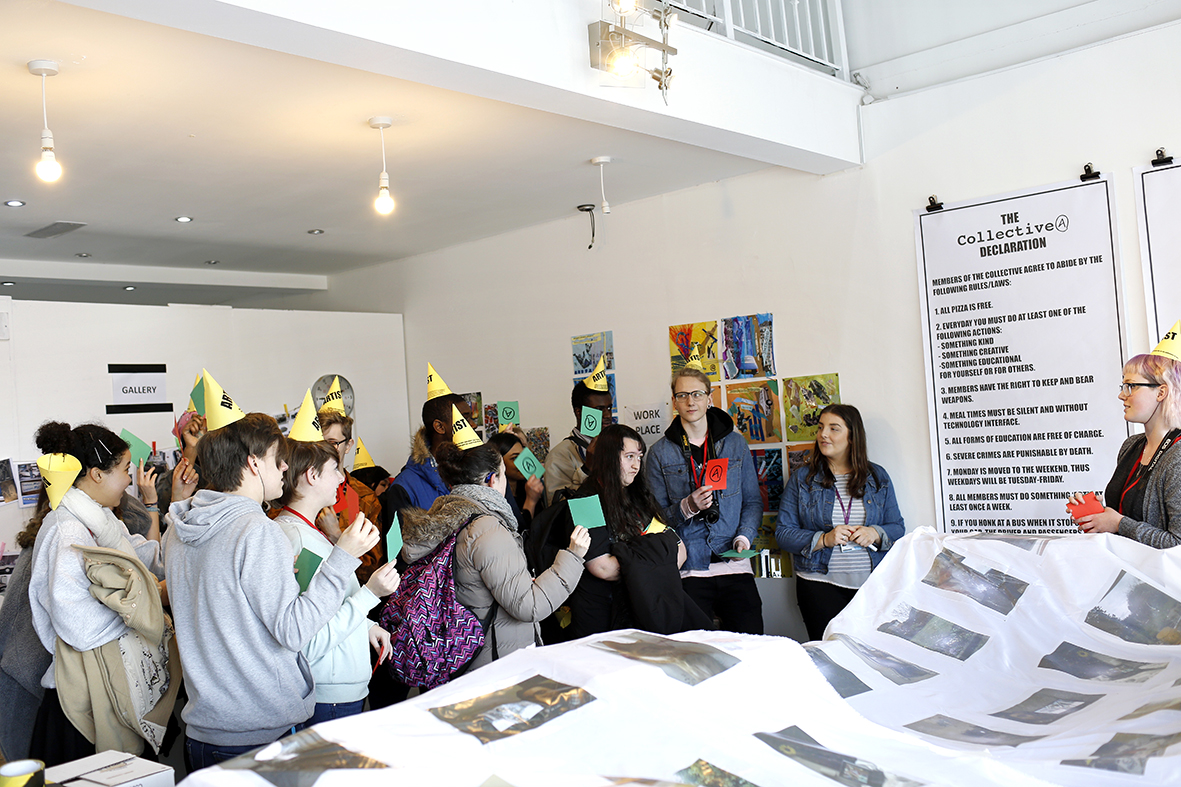
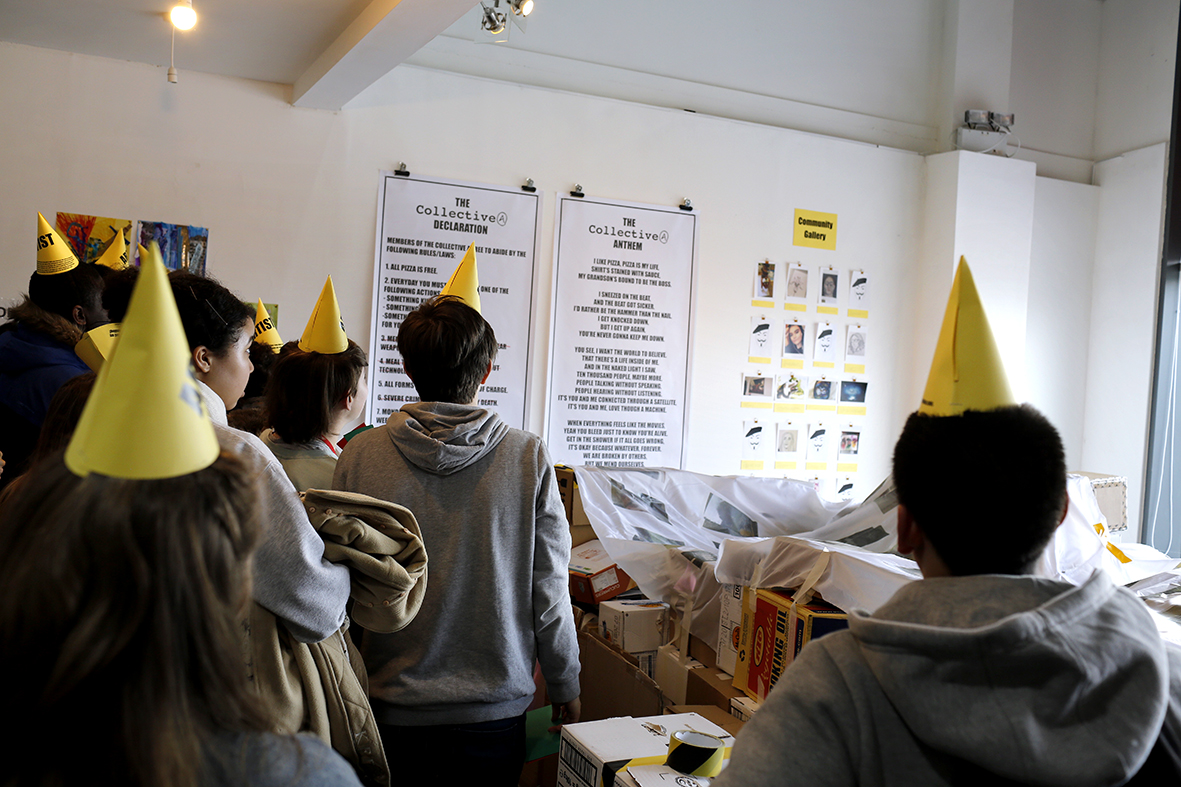
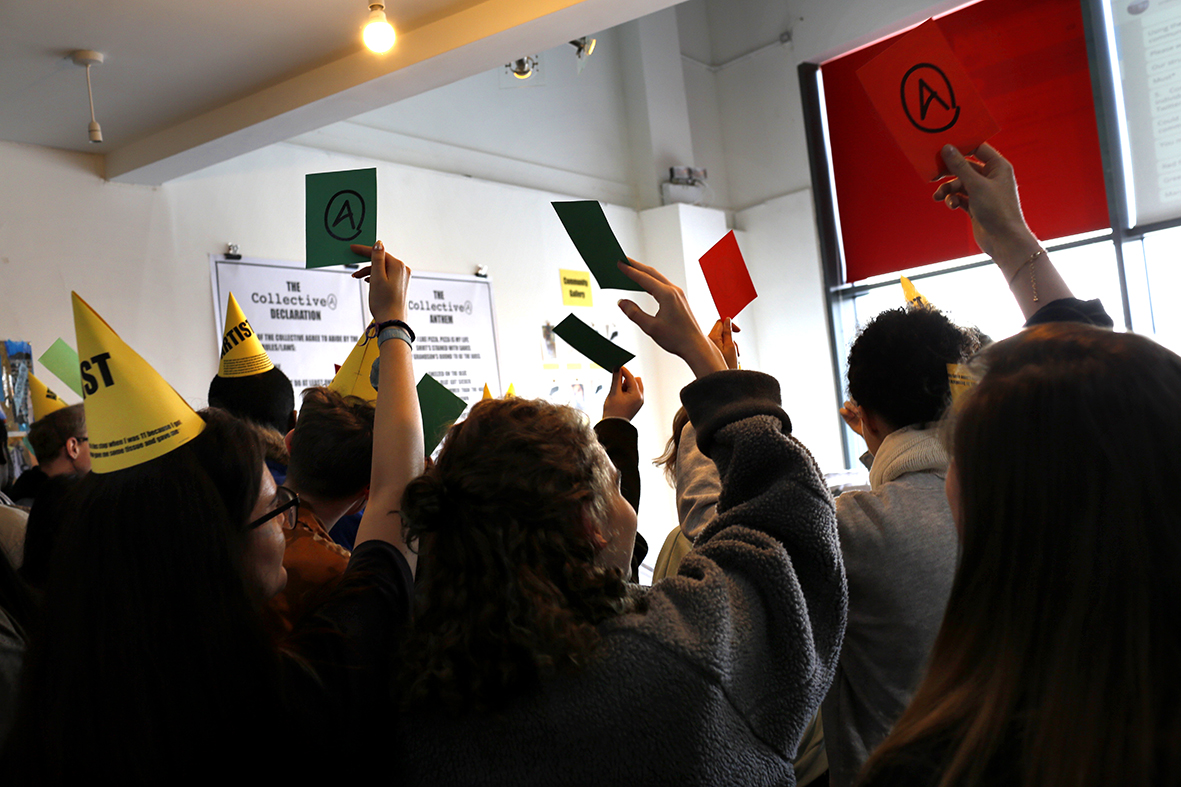
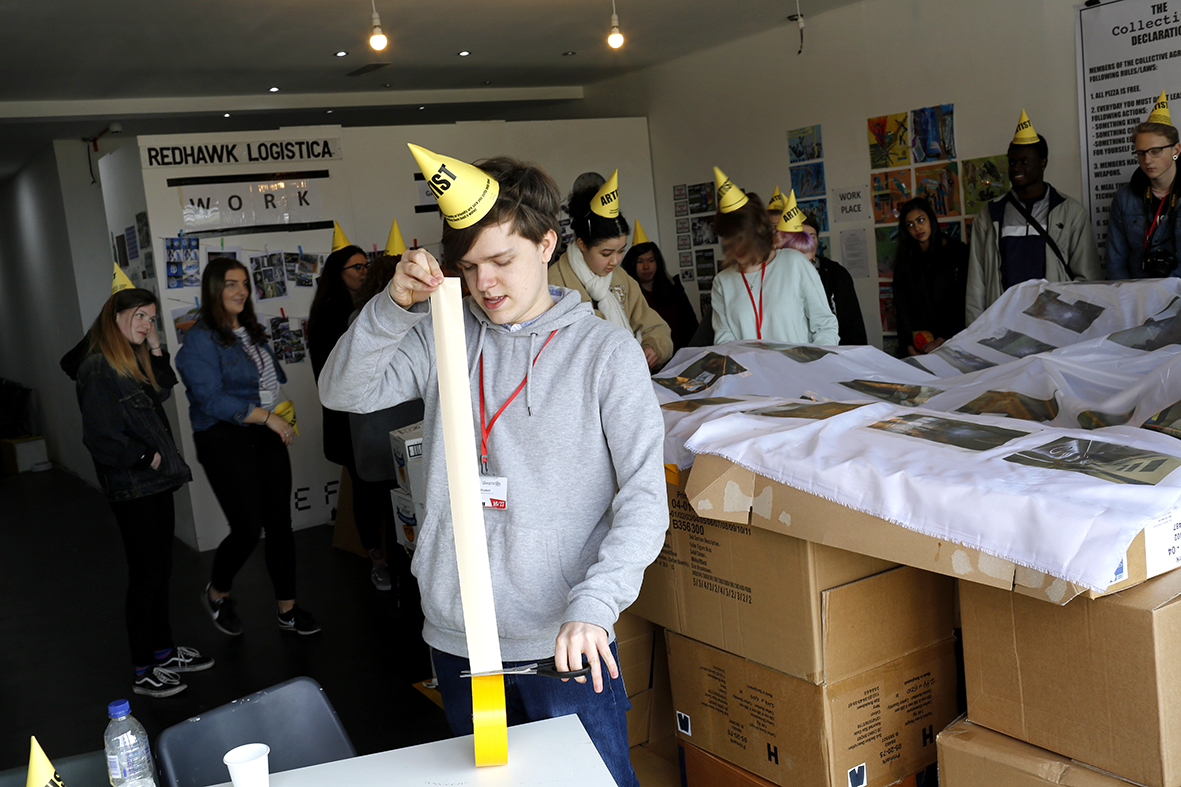
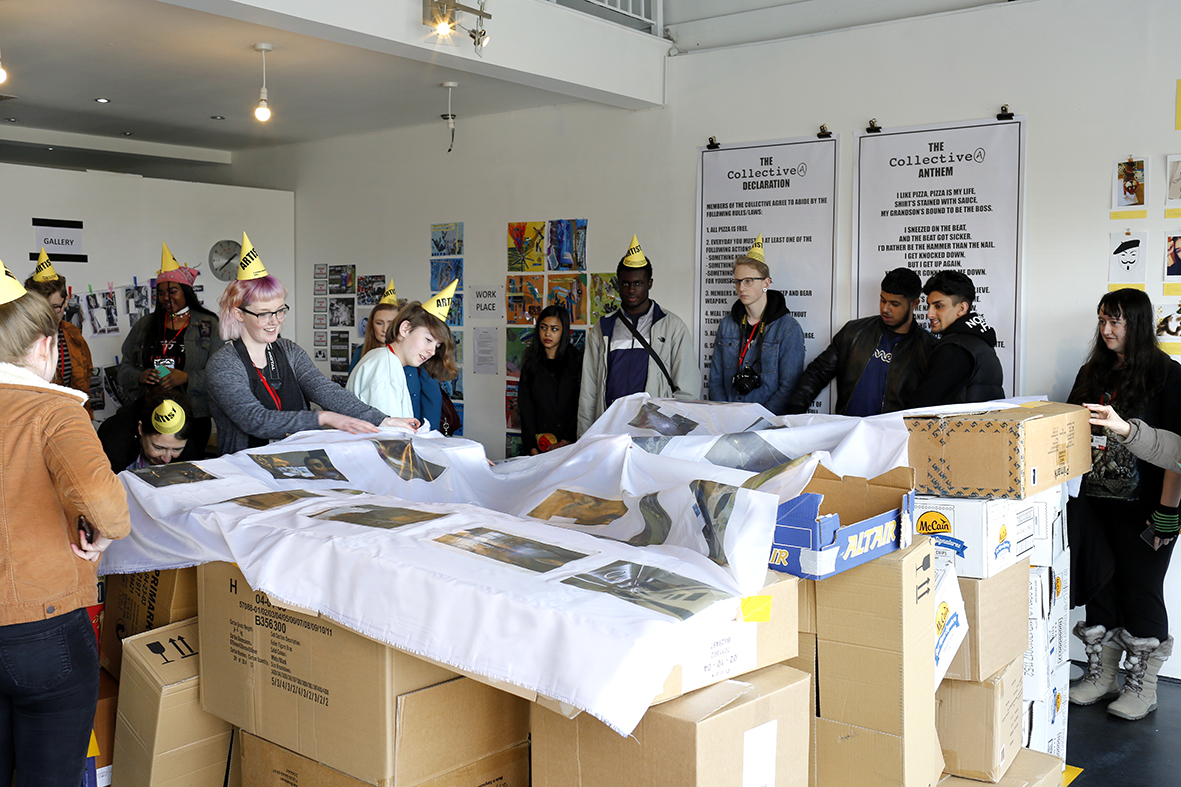
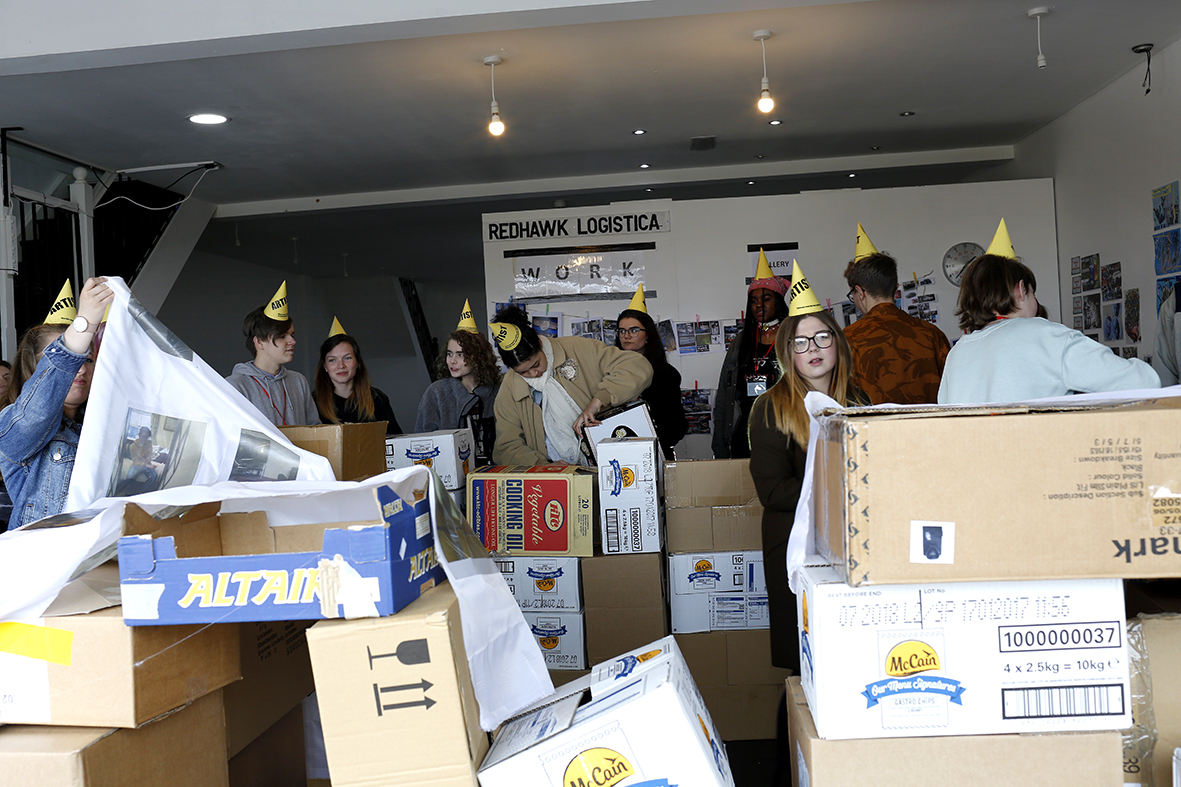

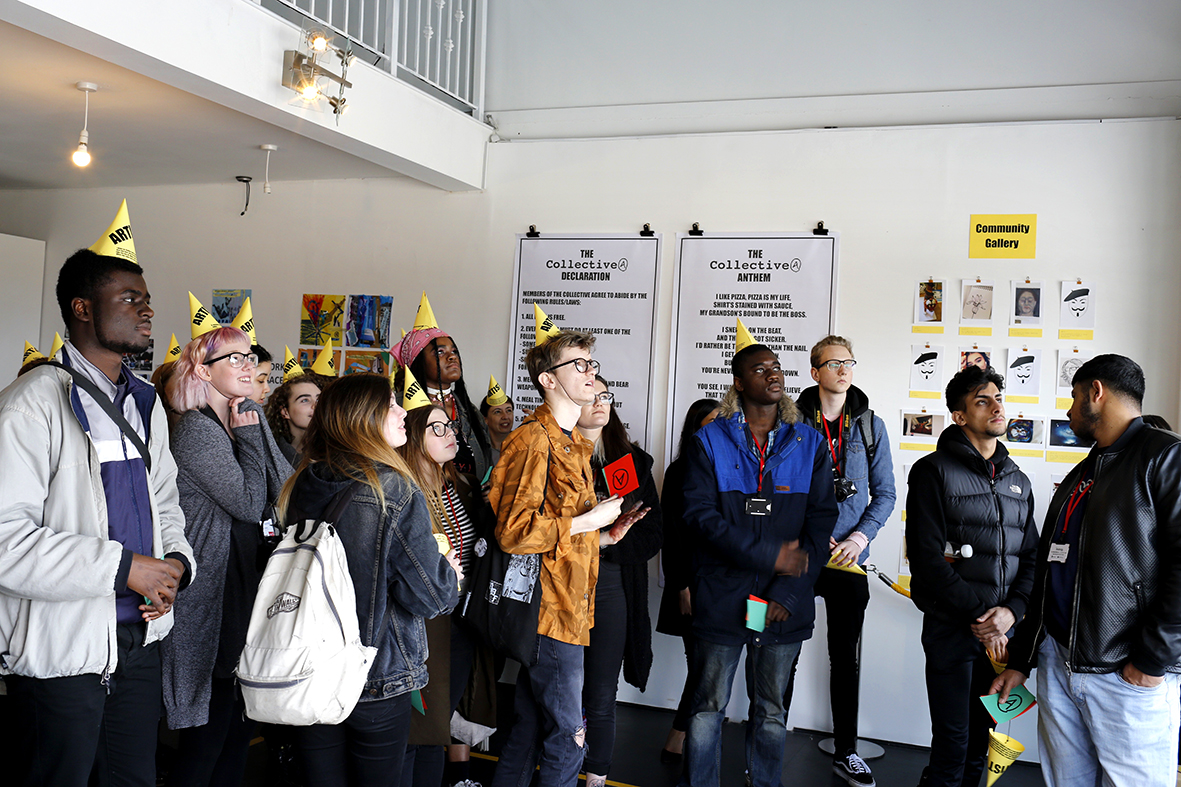
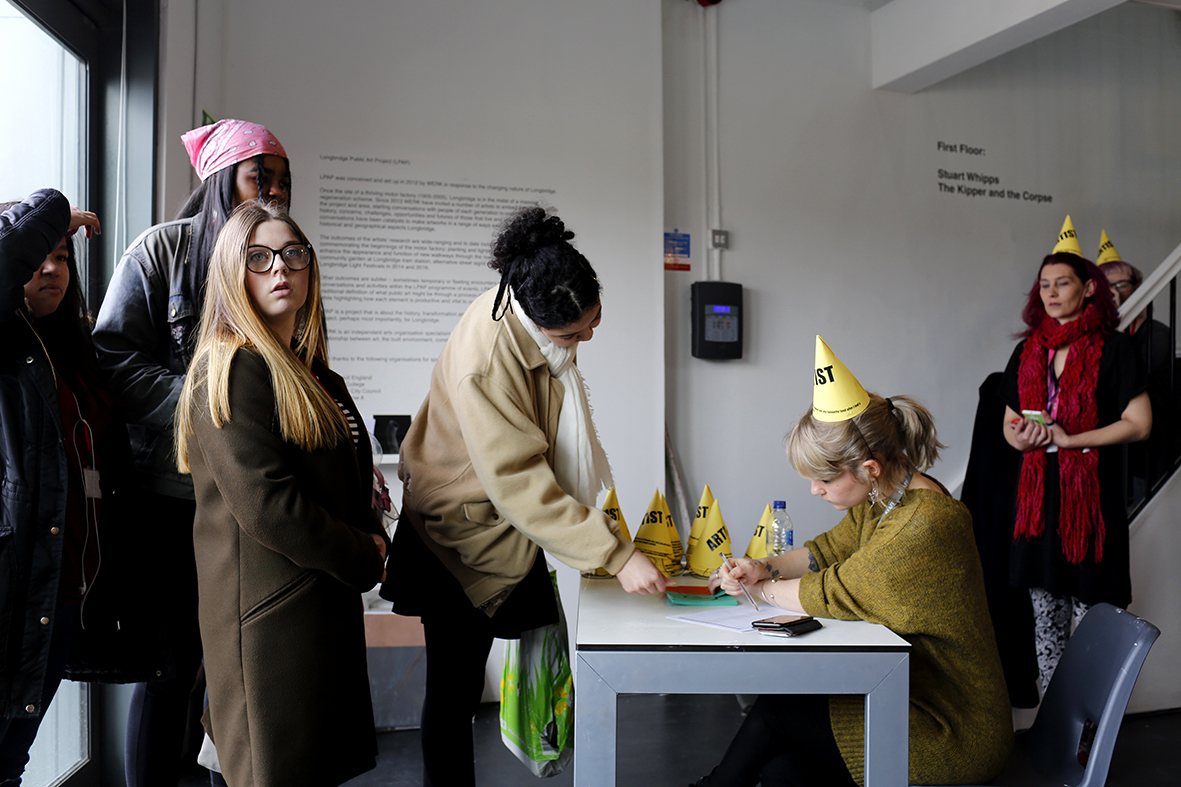
Collective A by Sam Williams and Bournville College Art & Design students
Developed by artist Sam Williams and art & design students from Bournville College. Over a series of workshops the students worked with Sam to develop a socially engaged art project that was informed by research into community, technology, utopias and dystopias.
They formed a 'community' entitled CollectiveA and decided upon on a series of shared beliefs or issues in society that they wanted to explore and came up with an idea that challenges the 'isolation created by technology' (particularly people being more engaged with social media than on a face to face level).
The first part of the project invited participants from Bournville College to sign up to via Whatsapp messenger to receive 7 instructional tasks over 7 days:
1. Take a photo of your location right now.
2. Tell us about an act of kindness you have experienced.
3. Record a short video clip of you saying 'hello'.
4. Send your favourite song lyric or make up your own.
5. Send in a '5 minute self-portrait'/ selfie / something you have created that you're proud of.
6. Send in a screen grab of the last thing you wrote on social media.
7. Create a new rule for society.
Participants then had 12 hours to respond.
After the 7 days were over, participants were invited to the LPAP | SPACE to see the results of the experiment and were asked to take part in a series of participatory and performative activities, which included den building, photography and writing. All communication/instructions to the participants continue via Whatsapp throughout the session.
The Kipper & The Corpse by Stuart Whipps /

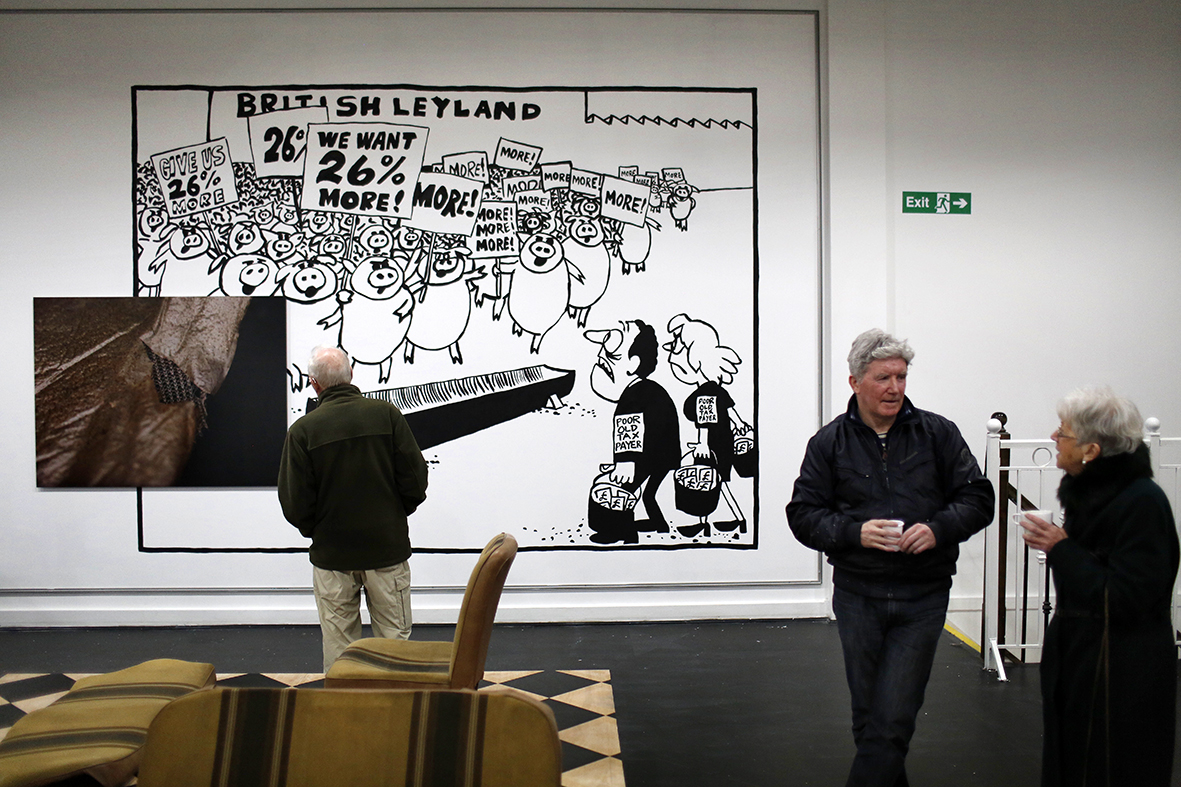
The Kipper & The Corpse by Stuart Whipps
Text by Anneka French
Stuart Whipps first made work in Longbridge in 2004 while he was studying for a degree in photography at the University of Wolverhampton. He graduated in 2005 and began comprehensively photographing the Longbridge plant following its closure and the loss of 6,500 jobs. His photographs were awarded the Observer Hodge Award in 2006 and this facilitated a trip to China to continue the work. The tools, tracks and intellectual property rights were purchased from Longbridge by the Chinese carmaker Nanjing Automotive and in 2007 Whipps travelled to the new factory in Nanjing to document the site, the workers and the first cars coming off the production line. A selection of photographs from Longbridge and Nanjing were exhibited and published in 2008.
Since 2014 Whipps has been an artist in residence with the Longbridge Public Art Project (LPAP). During this time, the area has been developing from a brown field site into a new town centre with large scale retail, leisure and education facilities. His work for LPAP builds on the legacy of his earlier research through a number of different projects. Conversations with former plant employees and local residents have been vital to the research process and have resulted in a number of public events. These include an open day at Greenlands Select Social Club as well as public discussions about the history of the plant.
One of the largest projects Whipps has undertaken is the restoration of a 1275GT Mini made in Longbridge in 1979. This has been possible with the help of several ex-employees from the plant including Keith Woodfield. Many of the processes of stripping down and replacing or repairing the parts were initially viewable for twelve months in a glass-fronted cabin-come-workshop in the carpark of Bournville College. The car was also exhibited in various galleries across the country as part of Whipps’ participation in the touring British Art Show exhibition. The (dis)assembly of the Mini provides an echo of the changes experienced by Longbridge itself. The display of the car in various states of repair highlights the significance of this part of British manufacturing heritage to a wider audience. For instance, Whipps’ participation in the Staffordshire Mini Fair via an exhibition of the car’s shell has been a further catalyst to develop dialogue with different groups of people.
Archival research has been crucial to Whipps’ working practice. With a desire to understand some of the reasons for the closure of the plant, Whipps began collecting material connected to the factory from 1979, the same year he was born. That year was also a pivotal time for the UK and for Longbridge. Margaret Thatcher was elected as Prime Minister in May 1979 and in November came the sacking of the talismanic communist union convener Derrick (red Robbo) Robinson at Longbridge. Whipps has photographed some of the car parts from the Mini with newspaper cartoons about British Leyland in the background. In 1979 alone there were nineteen cartoons in the national press that referenced British Leyland. Looking back now, they serve as a shocking reminder of the negative depiction of workers in the national media in the 1970s. The intention in representing them here at Longbridge in 2017 is to think about the nuanced way that political and social ideologies are formed and the real-world consequences these have. In many ways a newspaper cartoon can tell us more about society than a front page headline.
The title of the exhibition, The Kipper and the Corpse, comes from a Fawlty Towers episode first broadcast in 1979. Amongst the usual calamitous affairs of Basil Fawlty comes a rant in response to a strike at British Leyland. His words continue to resonate with labour conditions in the UK and in many other places. Fawlty attempts to wake a dead man for breakfast in his hotel room and says:
Another car strike. Marvelous, isn't it? The taxpayers pay them millions each year, they get the money, go on strike. It's called socialism. I mean if they don't like making cars, why don't they get themselves another bloody job - designing cathedrals or composing viola concertos? The British Leyland Concerto – in four movements, all of them slow, with a four-hour tea-break in between. I'll tell you why, 'cos they're not interested in anything except lounging about on conveyor belts stuffing themselves with my money.
Whipps describes the photographing of individual car parts as a kind of ‘forensic examination’ of the car. The coloured backdrops to some of the photographs are informed by a research effort to identify the name of every paint colour that has been produced at Longbridge. For the 2016 Longbridge Light Festival, Whipps used this research to make an audio installation ‘Longbridge Colours: Sound’. This listed the colour names in voices local to the area within the tunnel of the A38 bridge. The tunnel is the future location for a number of permanently-sited artworks Whipps has designed that will enhance this new public gateway for pedestrians and cyclists in Longbridge’s town centre. Whipps’ designs will incorporate elements of Longbridge’s past in permanent public artworks close to the site of the glass cabin and these will be installed and opened later in 2017.
Text by Anneka French
St John the Baptist Church Roof Fundraiser /
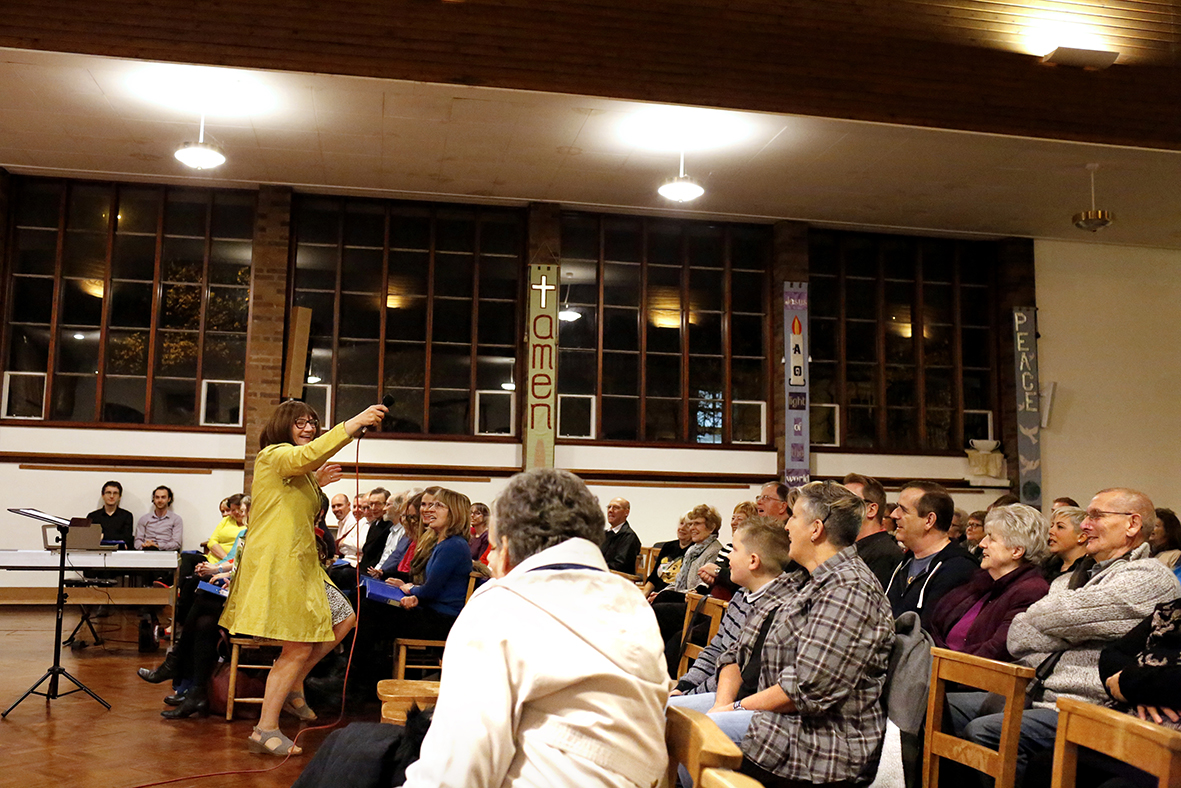
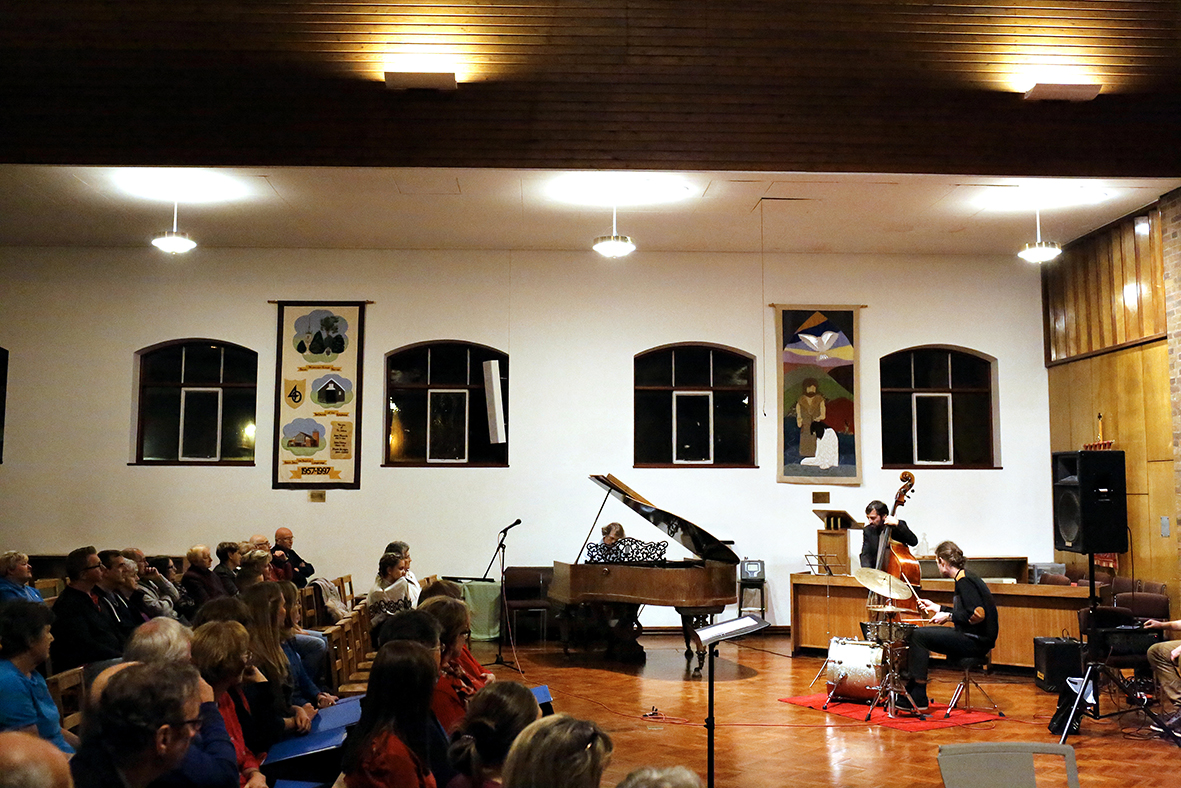
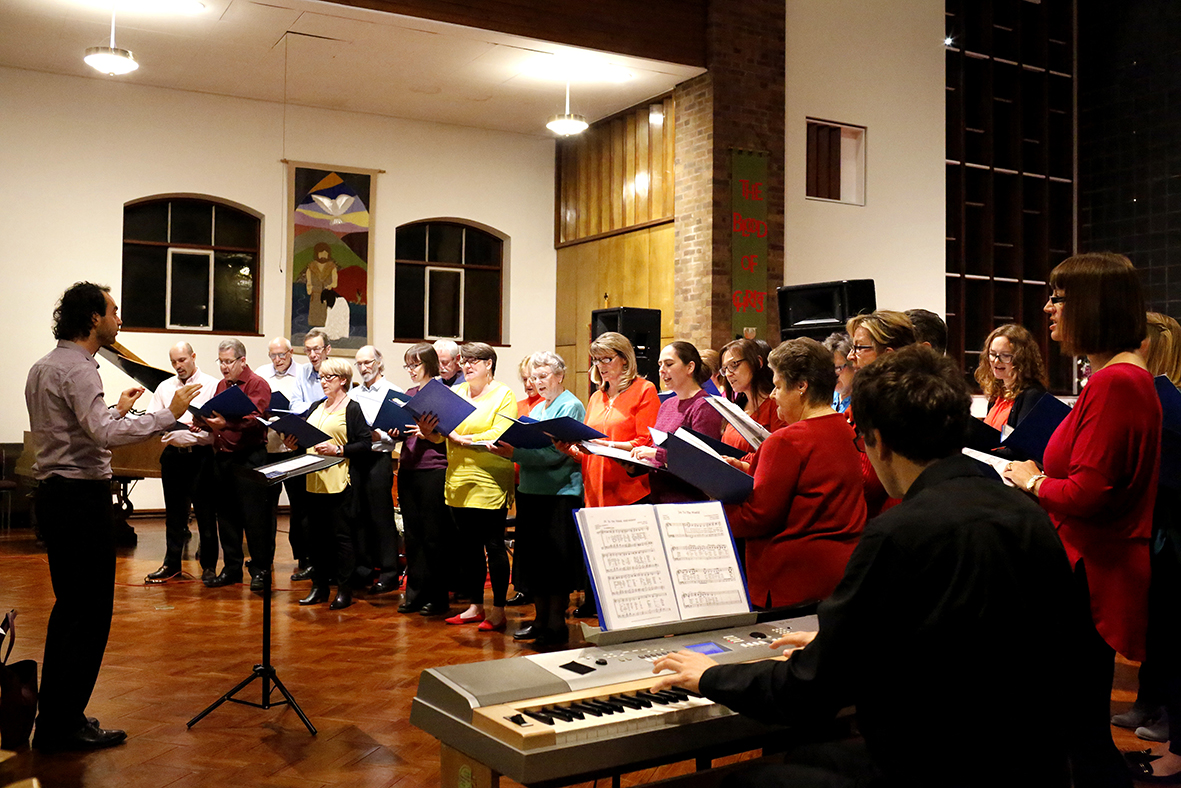
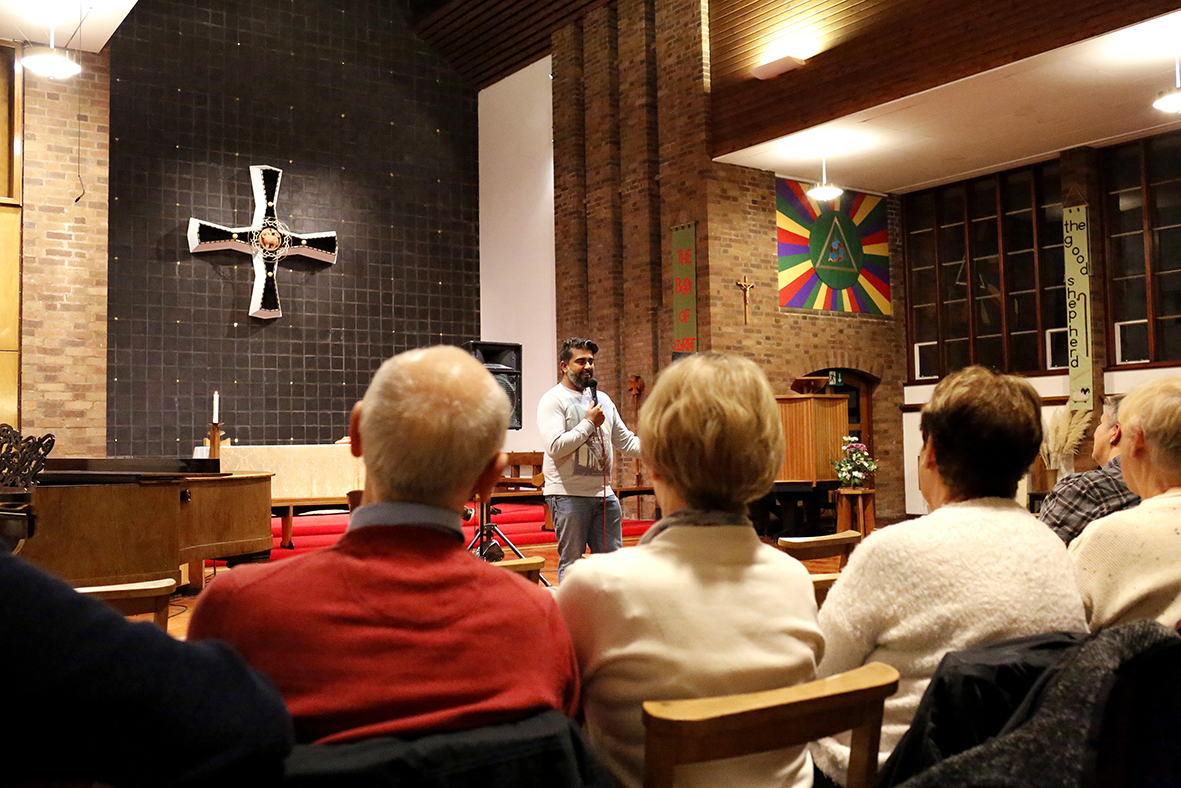
St John the Baptist Church Roof Fundraiser, November 2016
The LPAP team supported parishioners of St John the Baptist Church in Longbridge with their efforts to raise money for a new church roof. LPAP programmed a night of live entertainment from a Jazz trio, Northfield Notes Choir and comedy from Lovdev Barpaga and Mrs Barbara Nice.
Longbridge Light Festival 2016, The Shadow Factory /
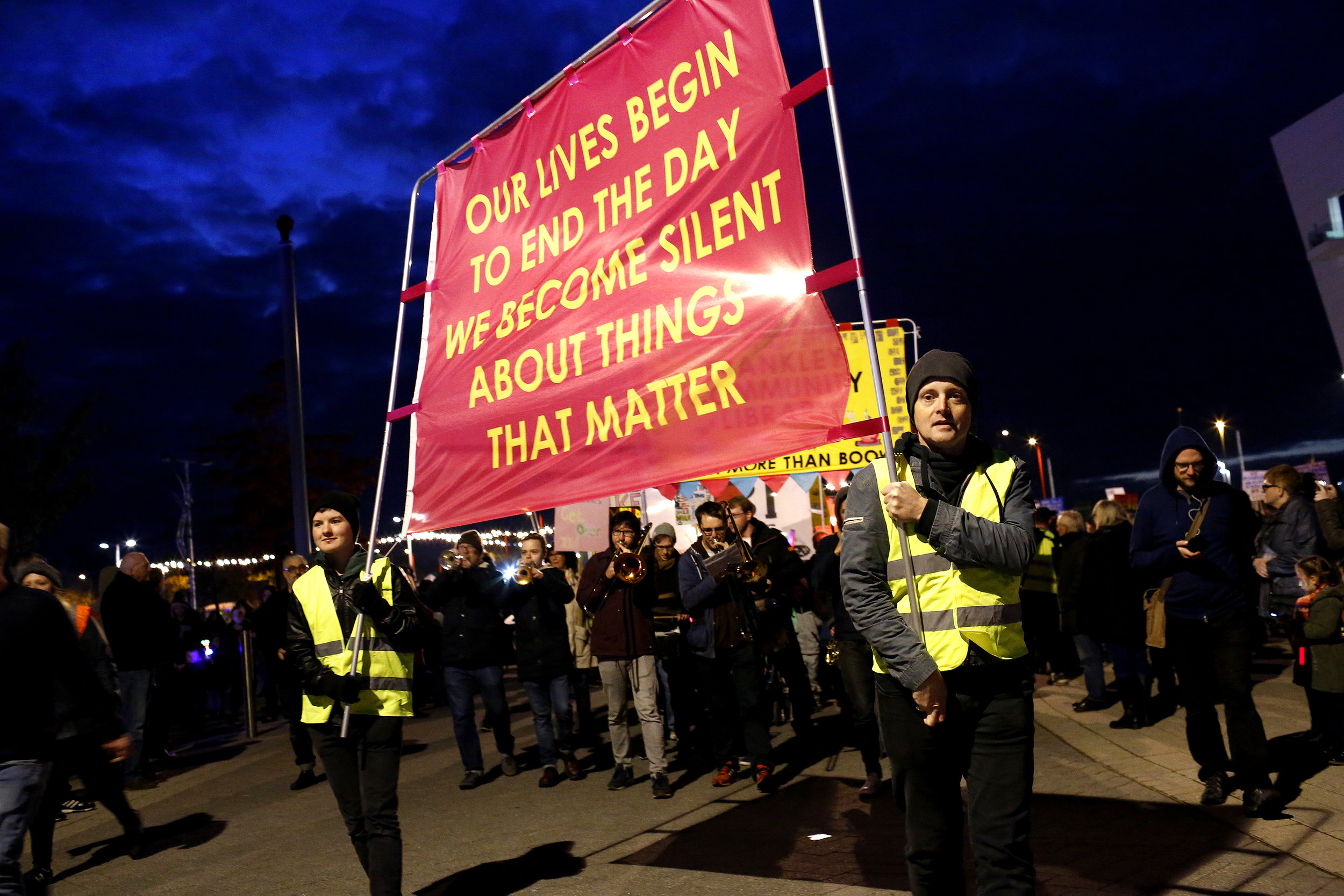
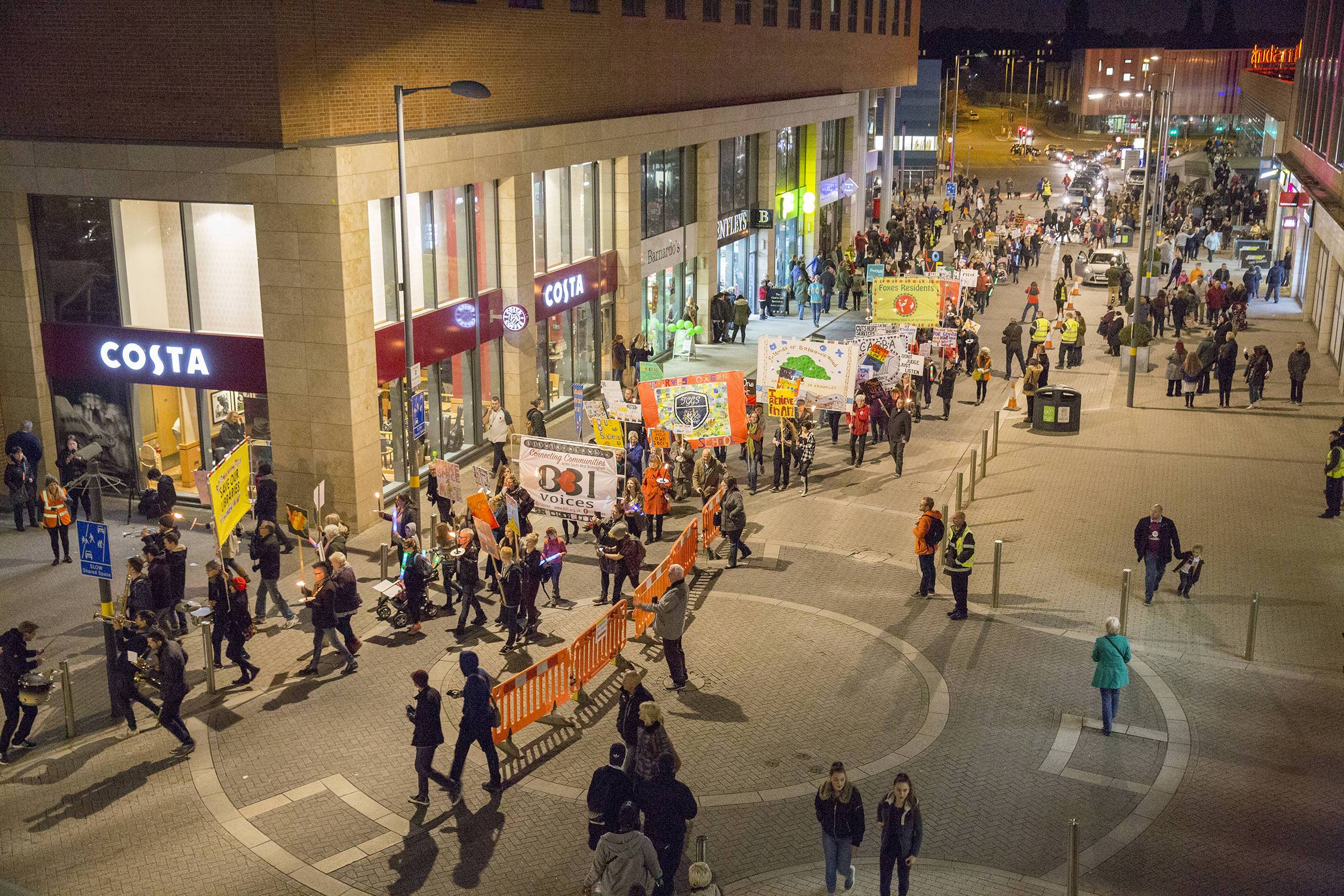
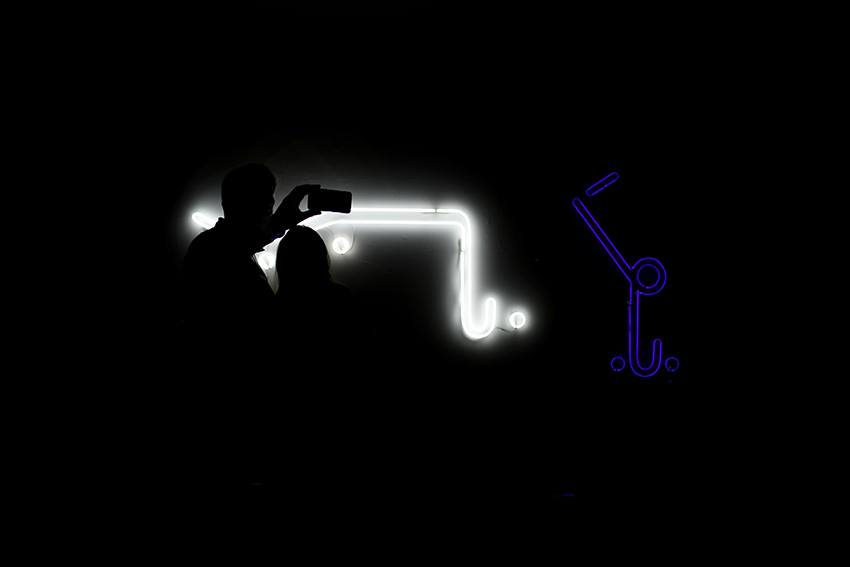
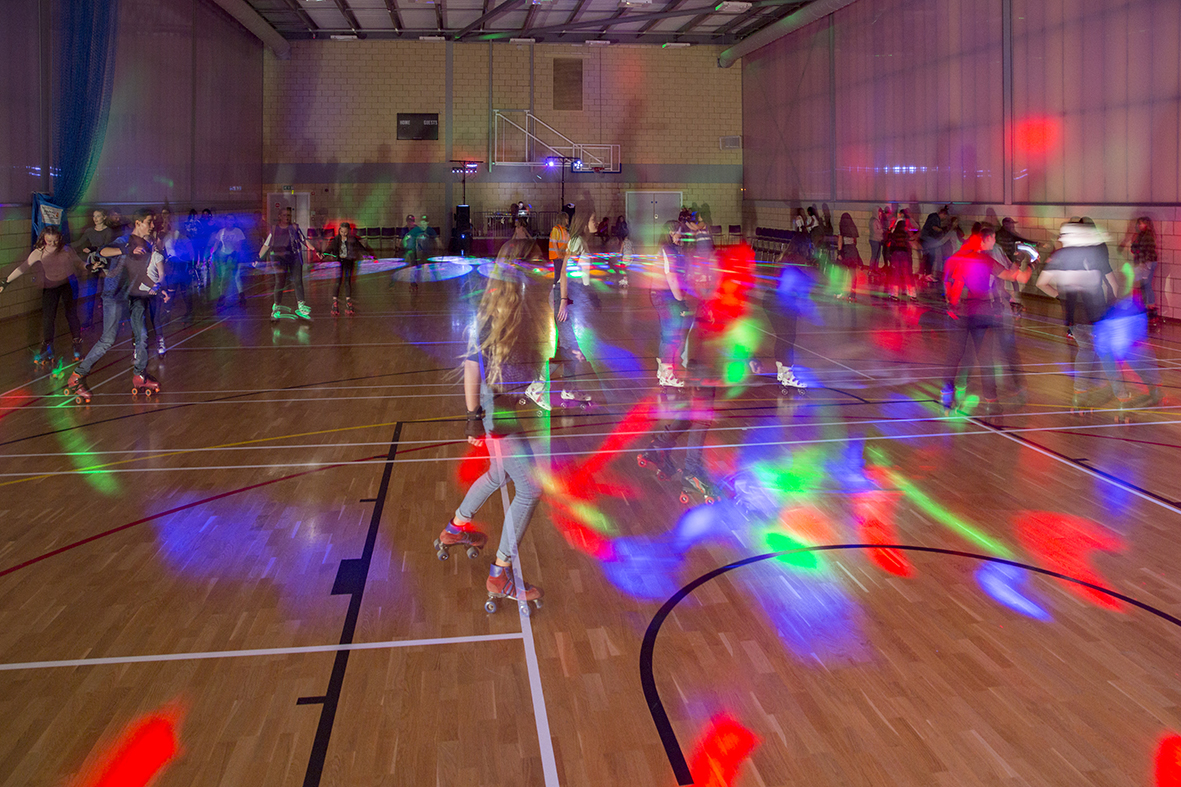
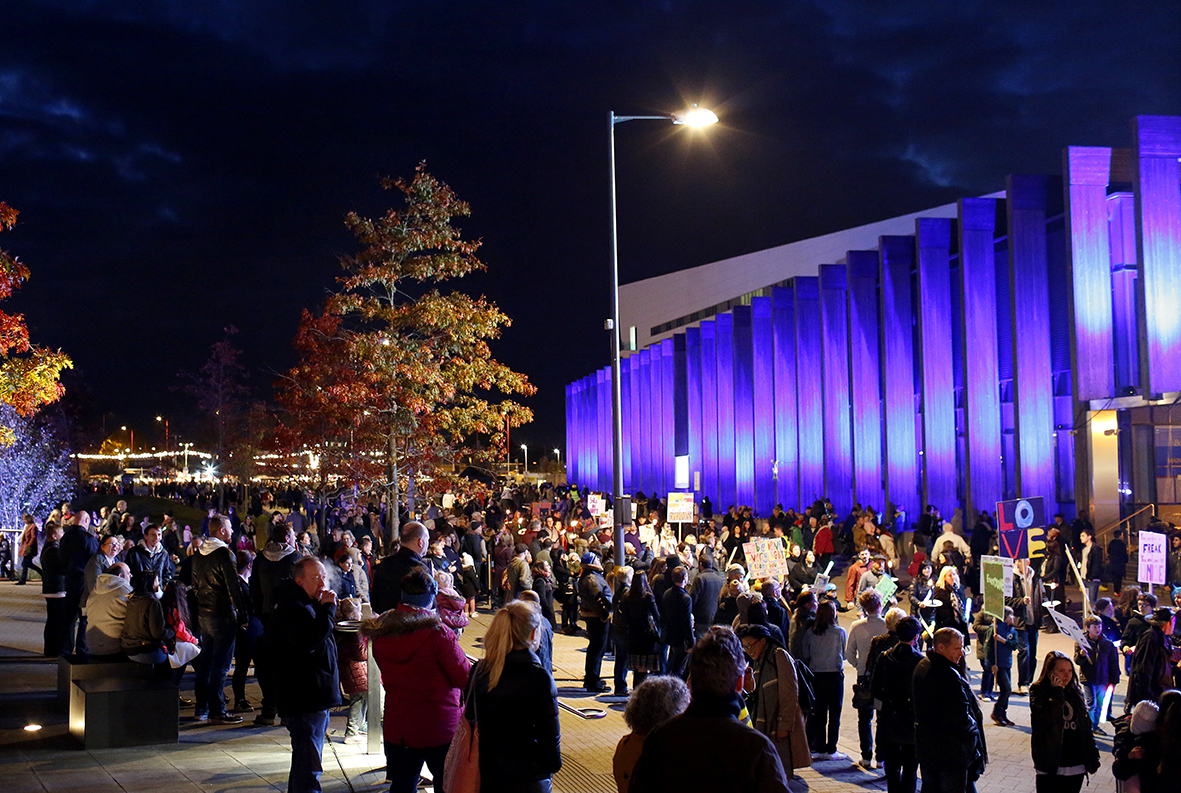
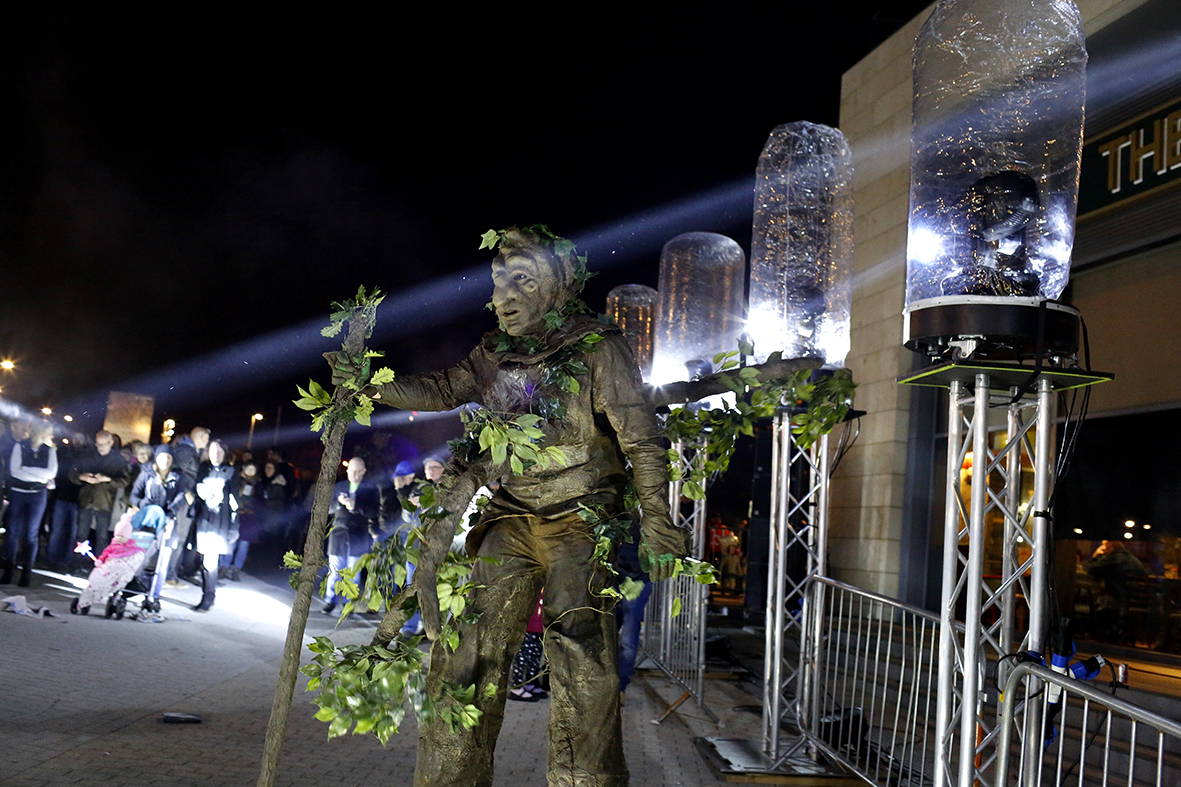
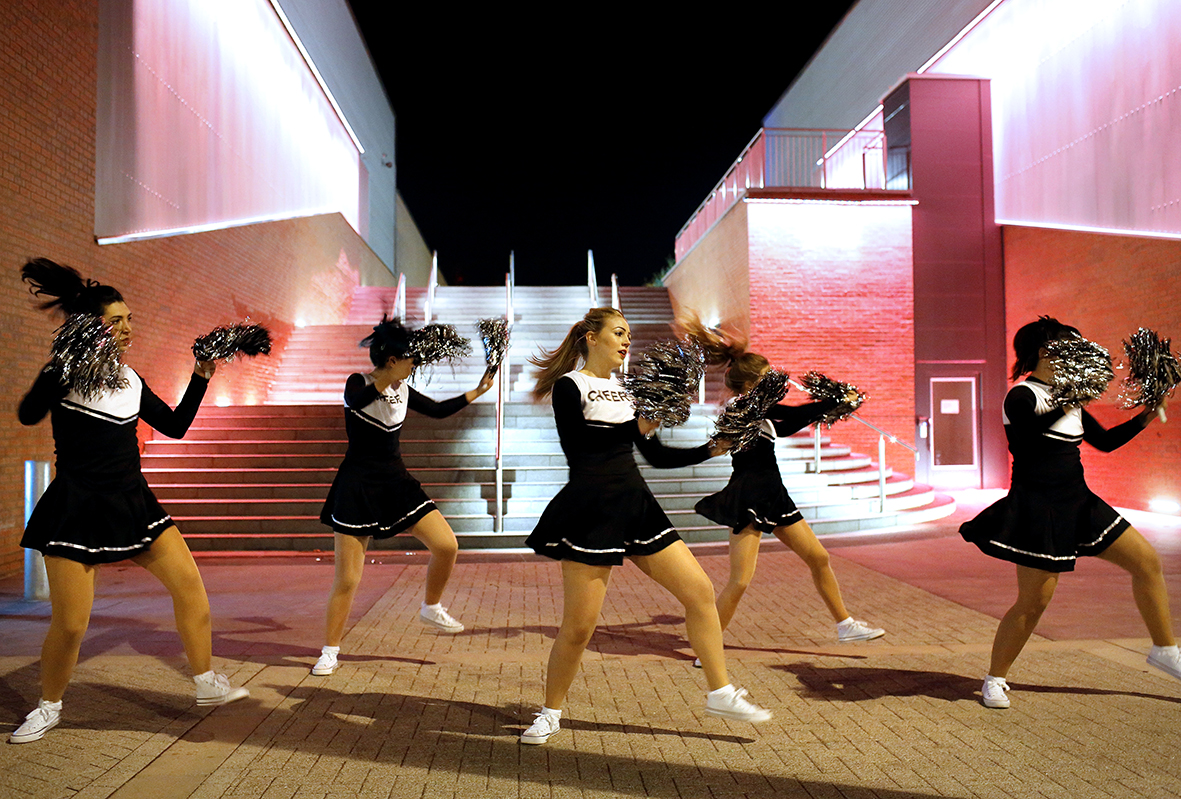
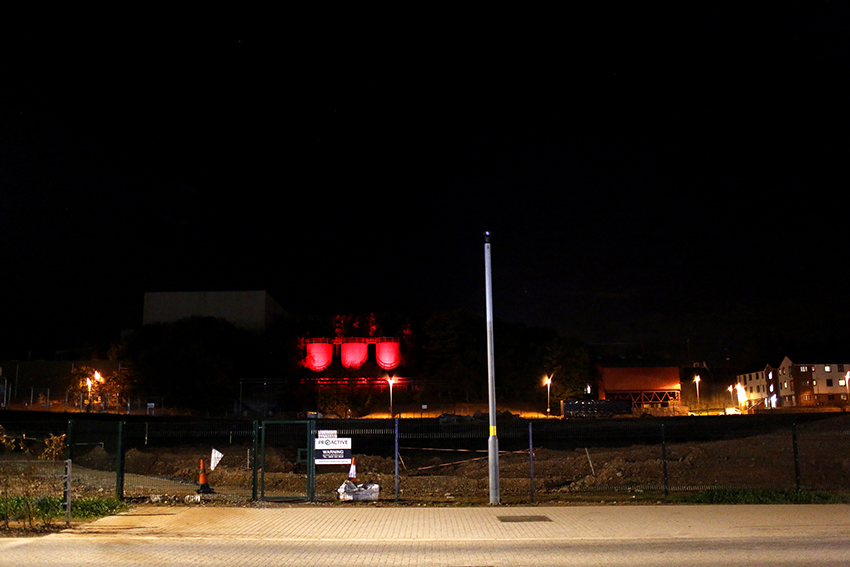
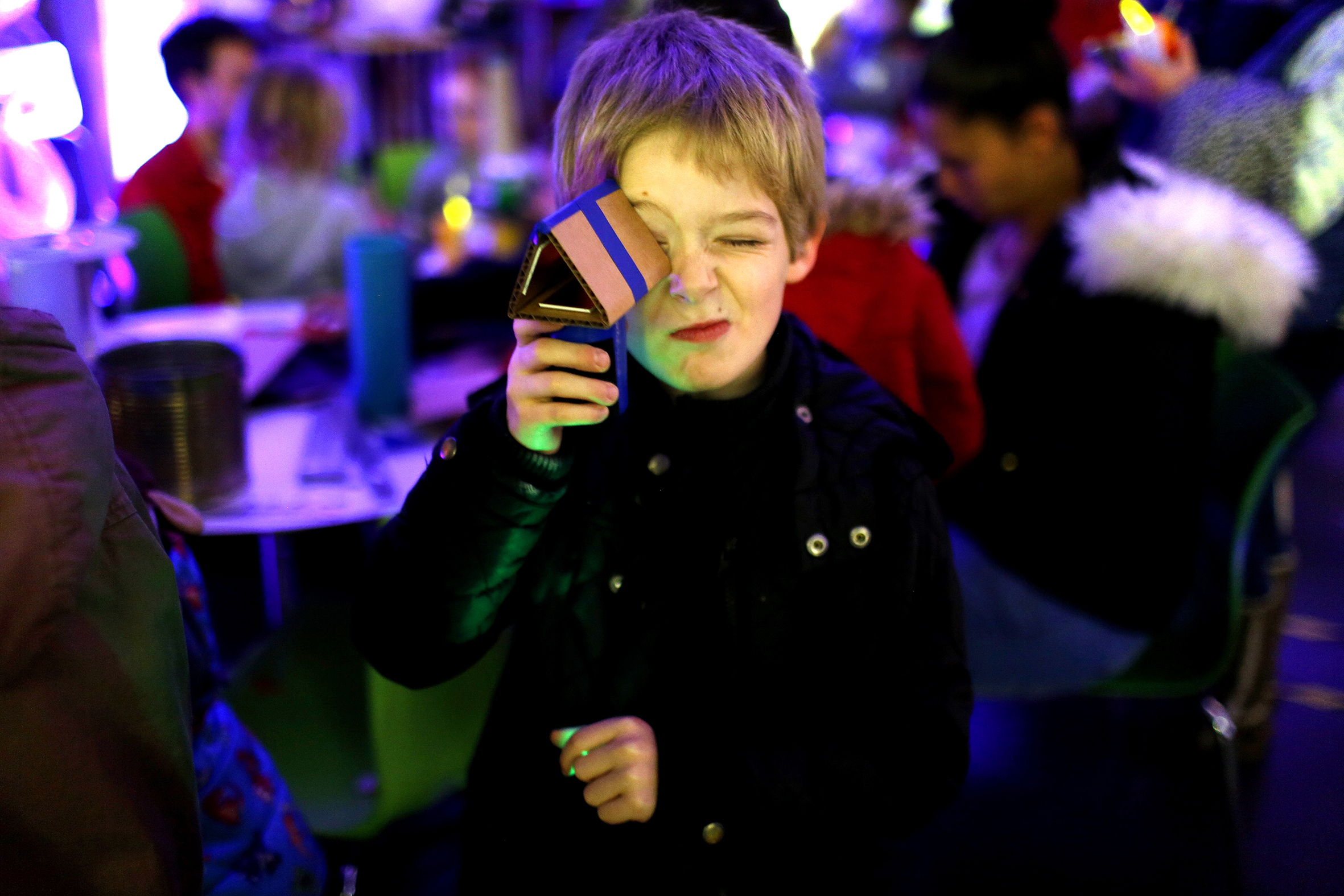
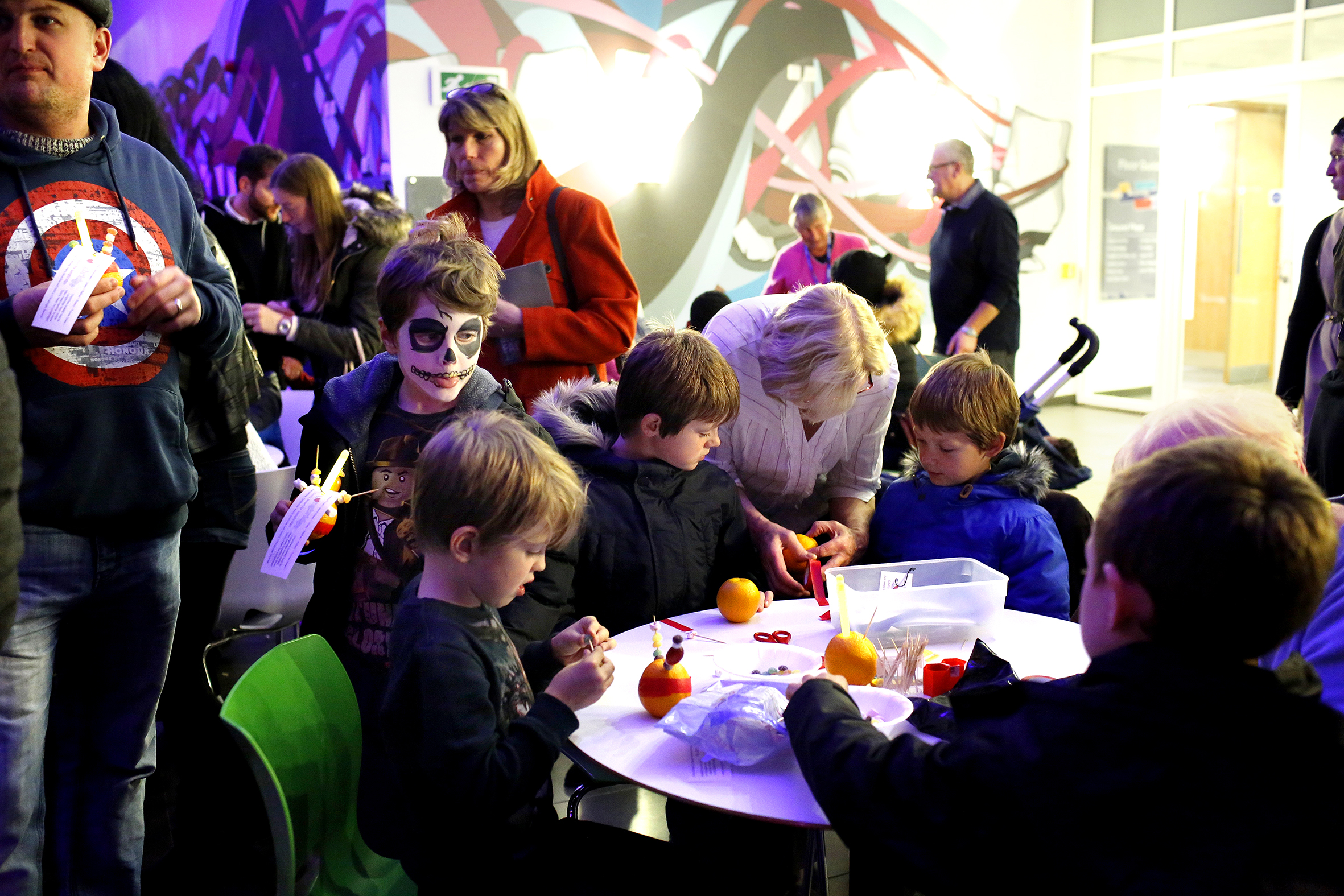
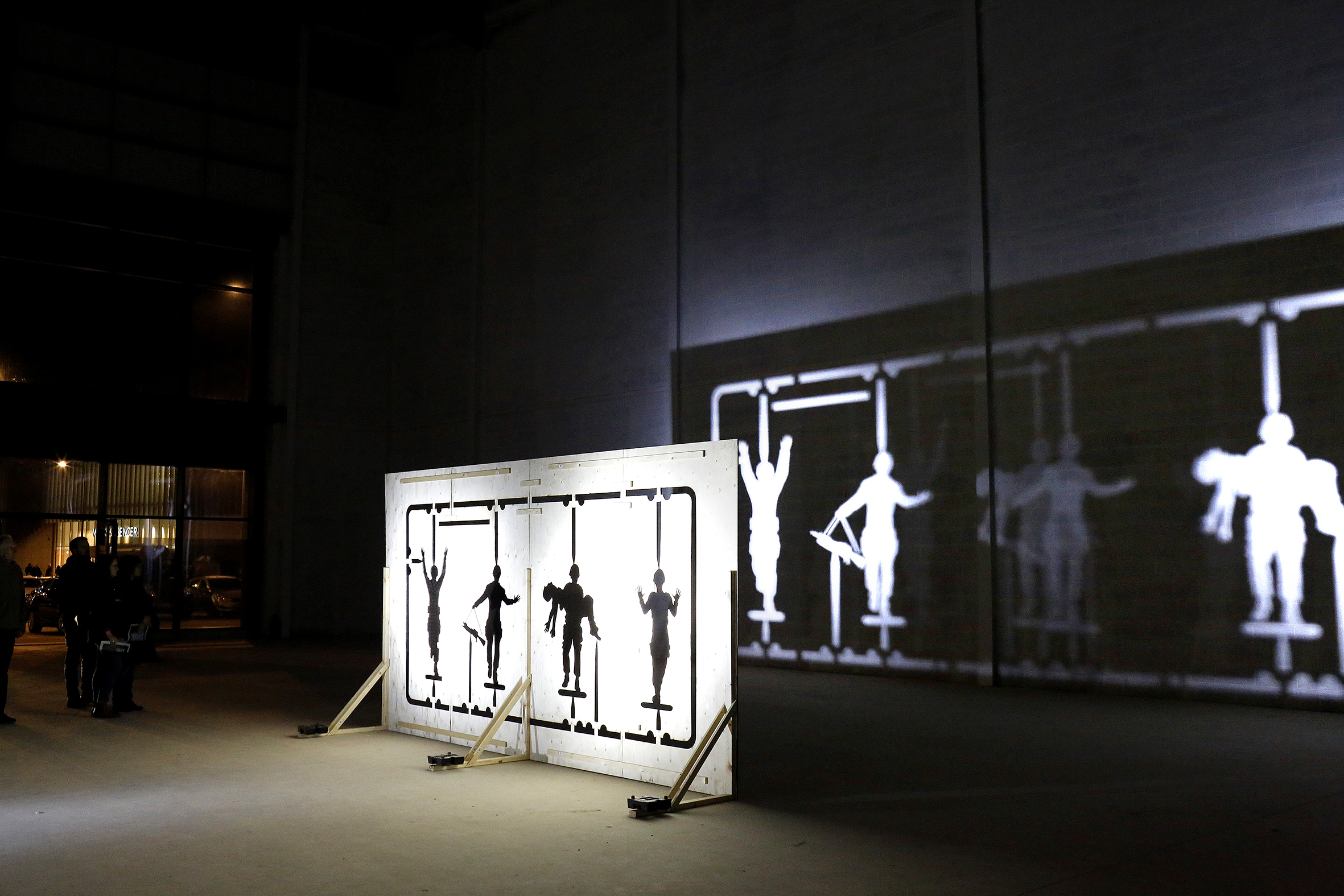

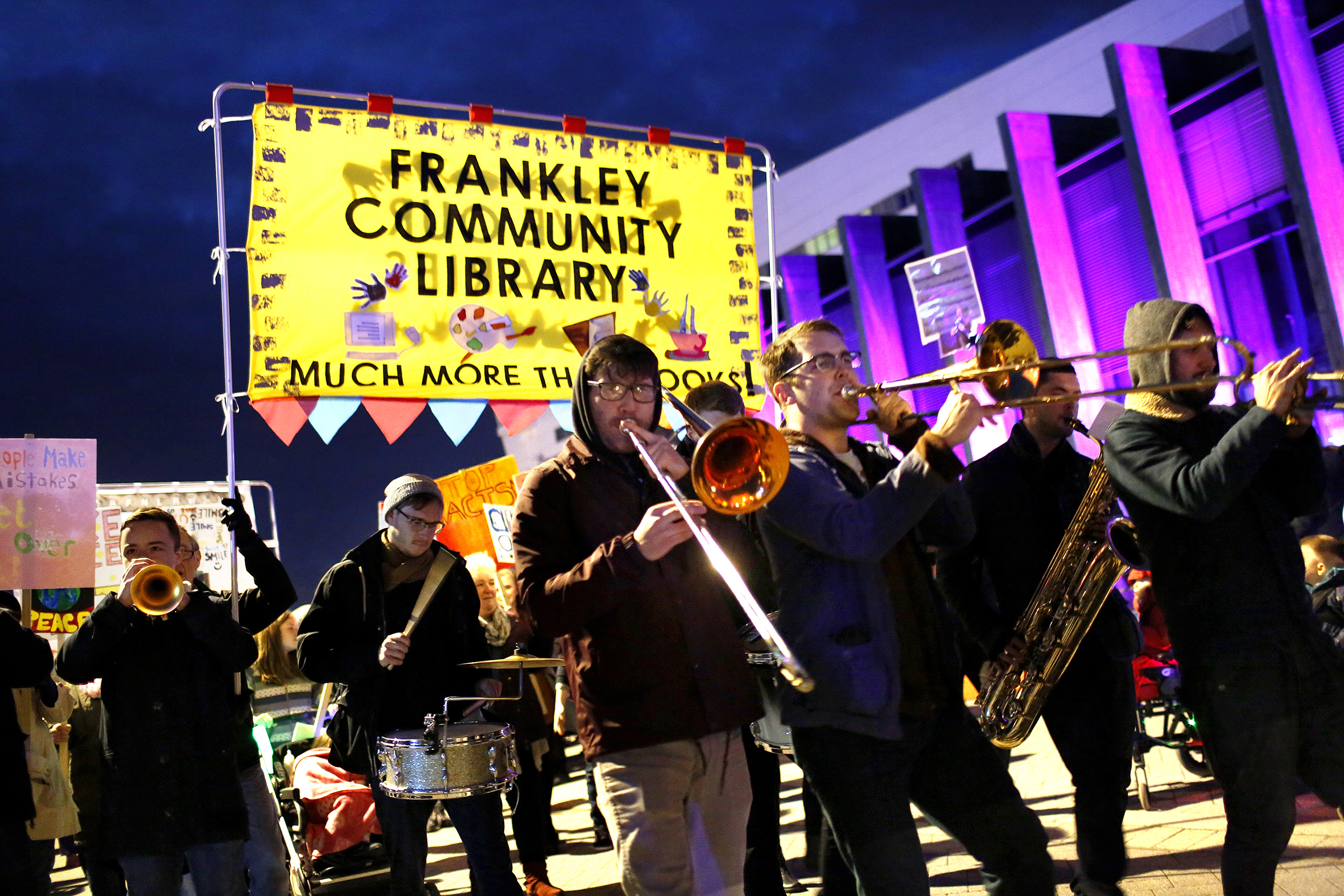
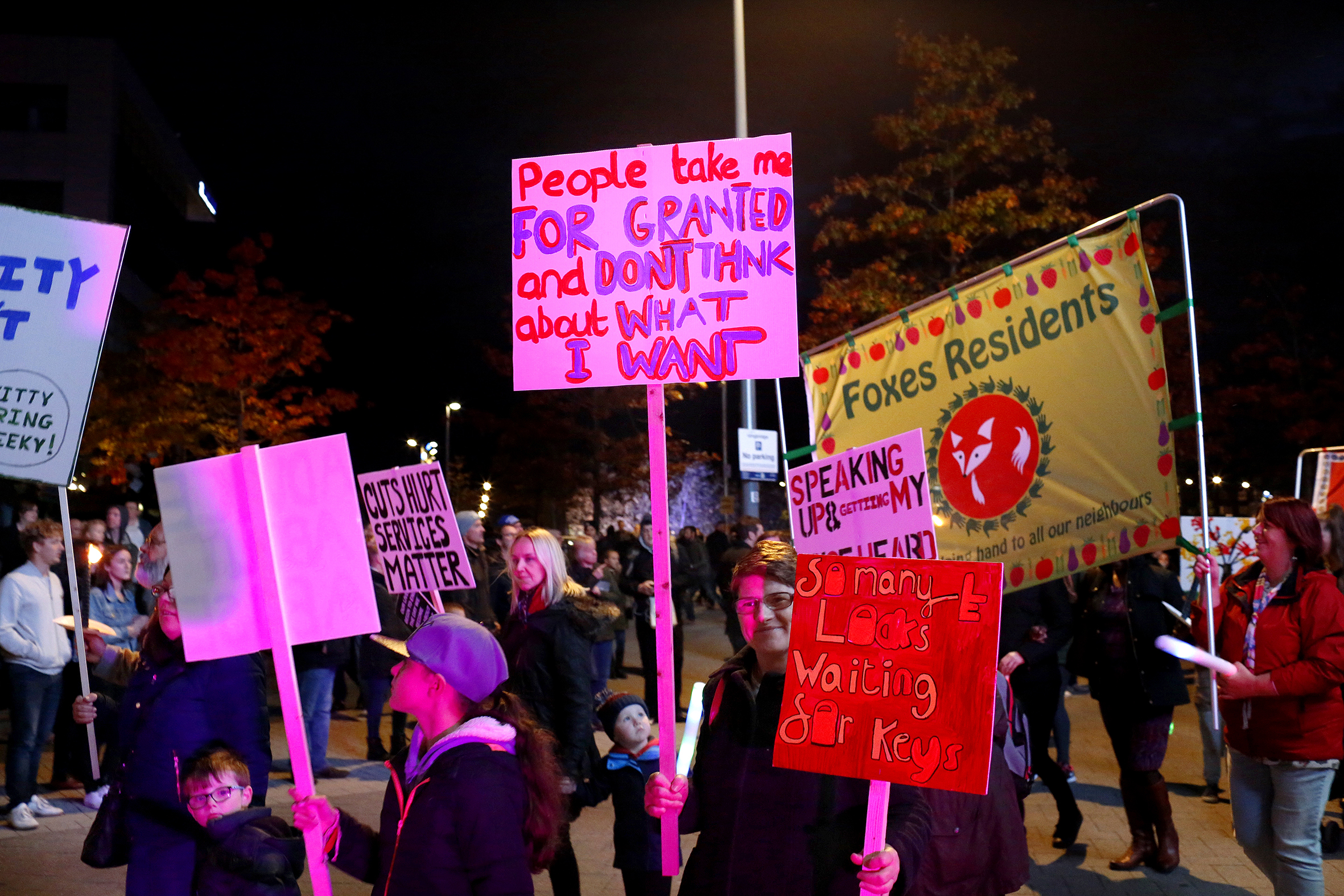

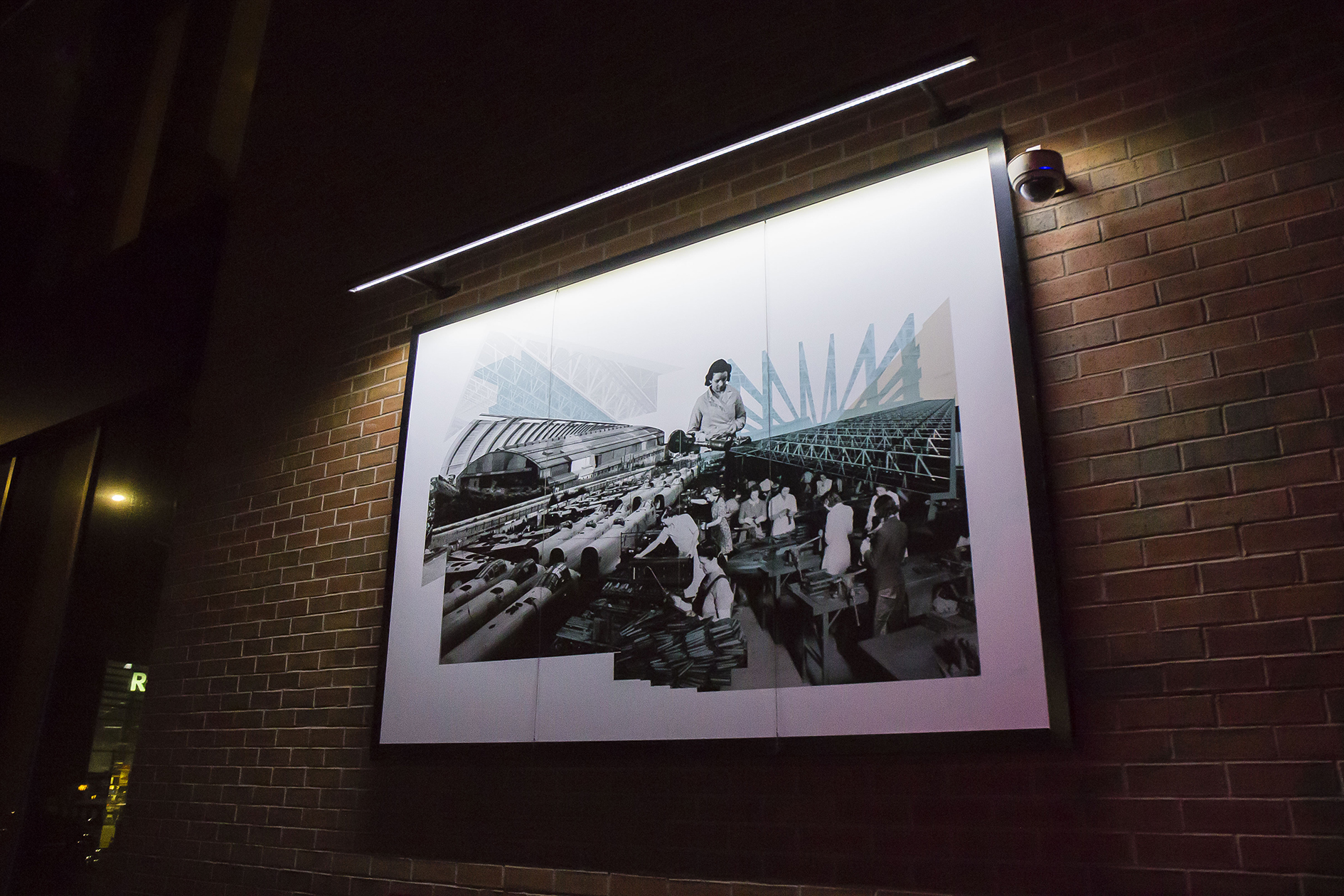
Longbridge Light Festival 2016, The Shadow Factory
Thanks to everyone who came, supported and participated at Longbridge Light Festival 2016! The festival received record visitor figures with 6,000 people attending the one night event!
The theme of the festival was the “Shadow Factory”, a historical reference to the nationwide Shadow Scheme developed to aid production for the Second World War. The Longbridge Car Factory was said to have been painted to resemble terraced houses and streetscapes from the air by local artists, and the scheme was led by Lord Austin, founder of the Austin Motor Company.
Birmingham and internationally based artists presented a dramatic series of spectacular light and art installations across the town centre, alongside family workshops, live music, pop-up art and theatre performances. A ‘festival ‘night-market’ was also delivered for the first time, presenting a host of market stalls and award-winning street food, which proved a big hit with visitors.
Longbridge TV Workshops /

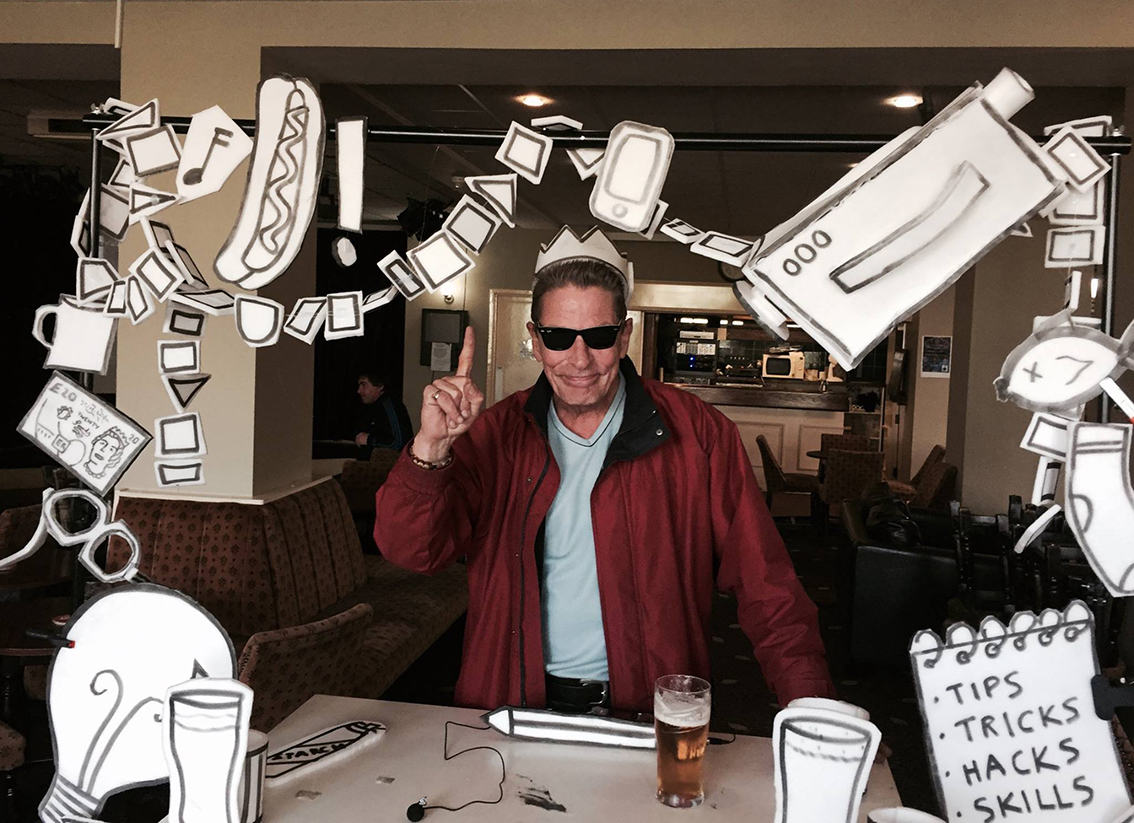

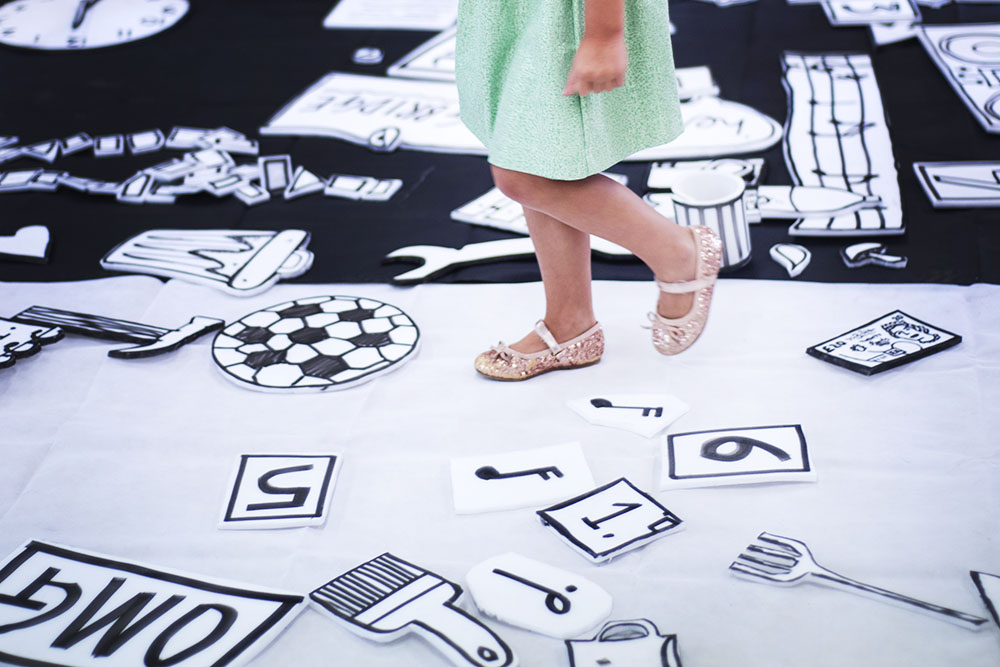
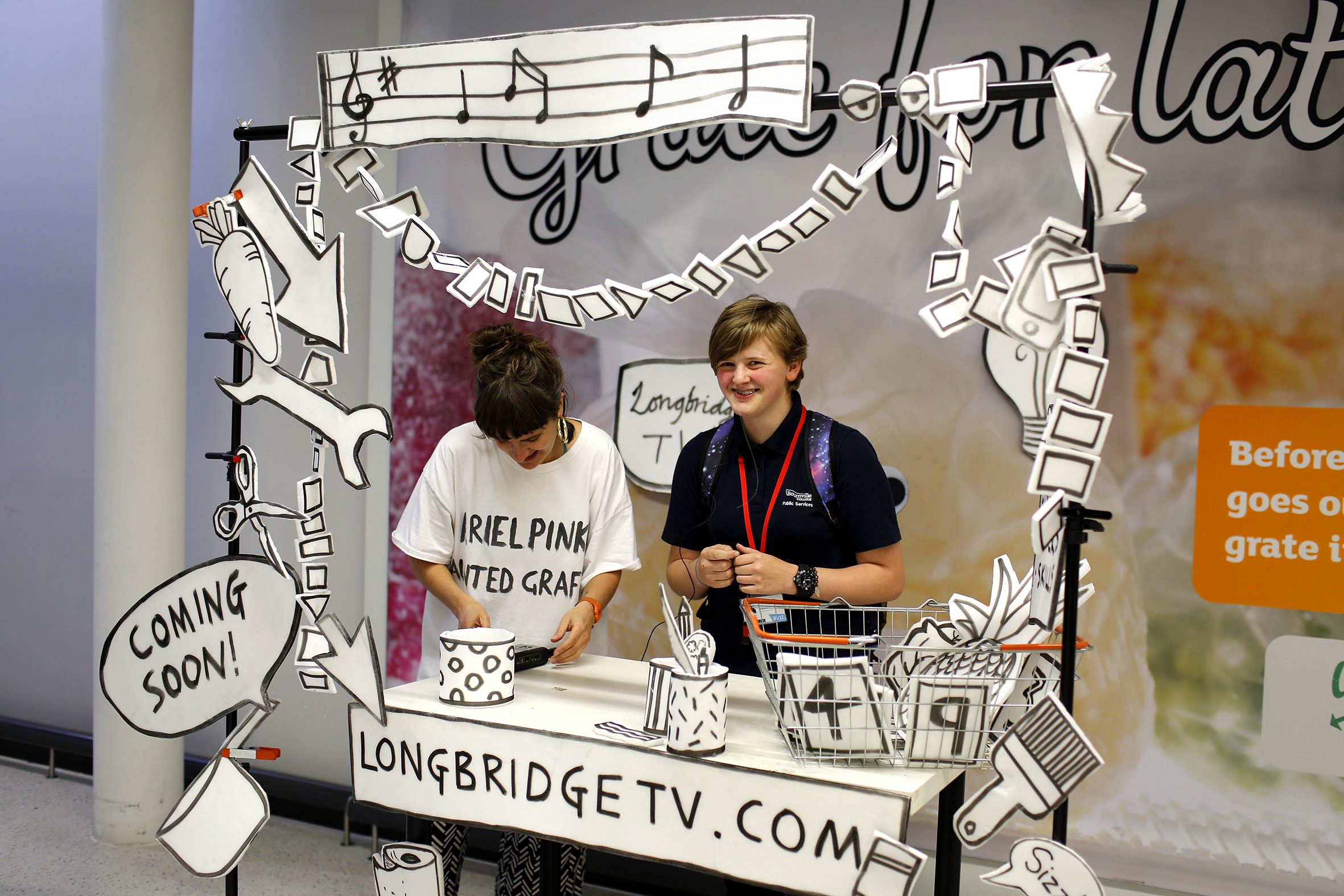




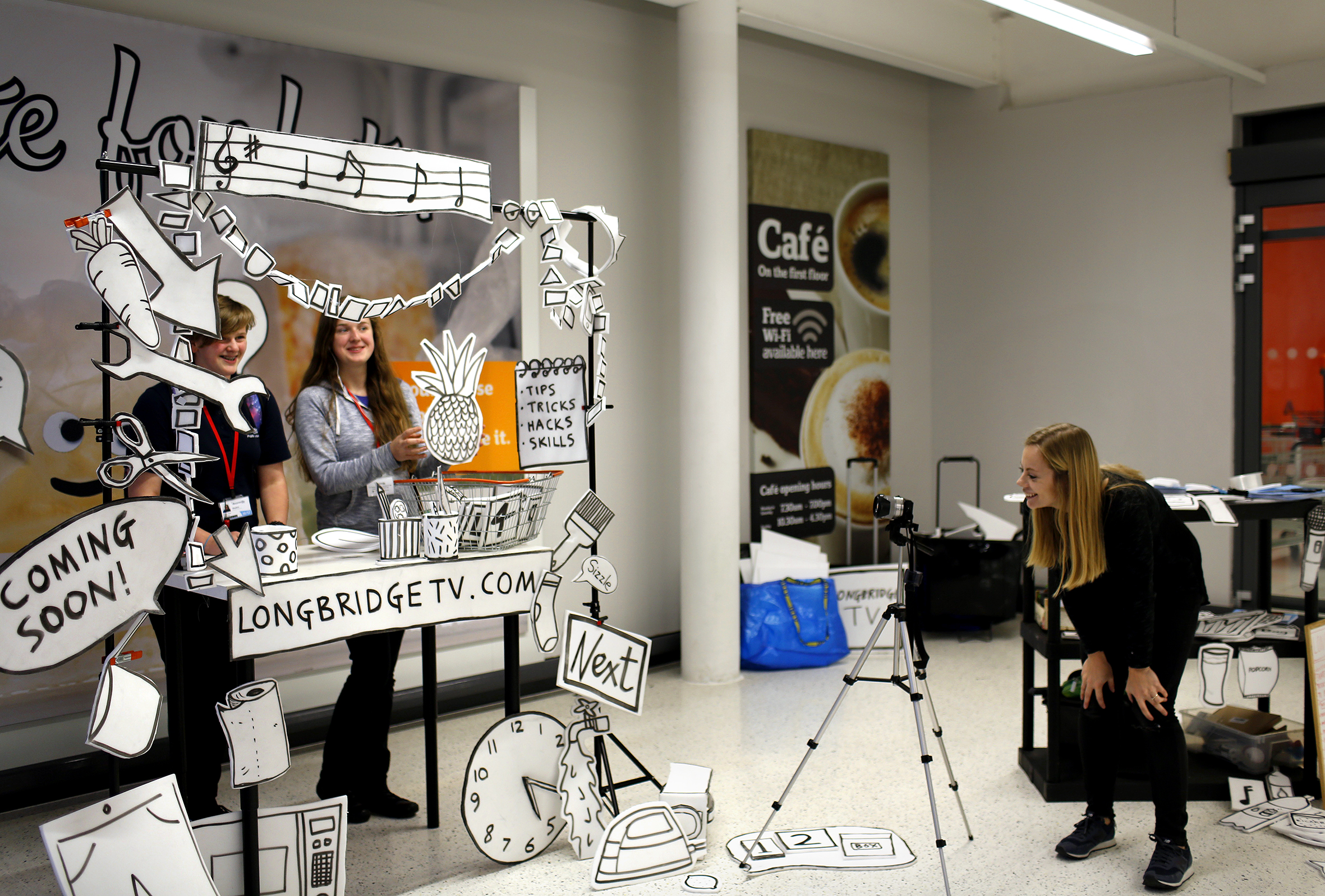

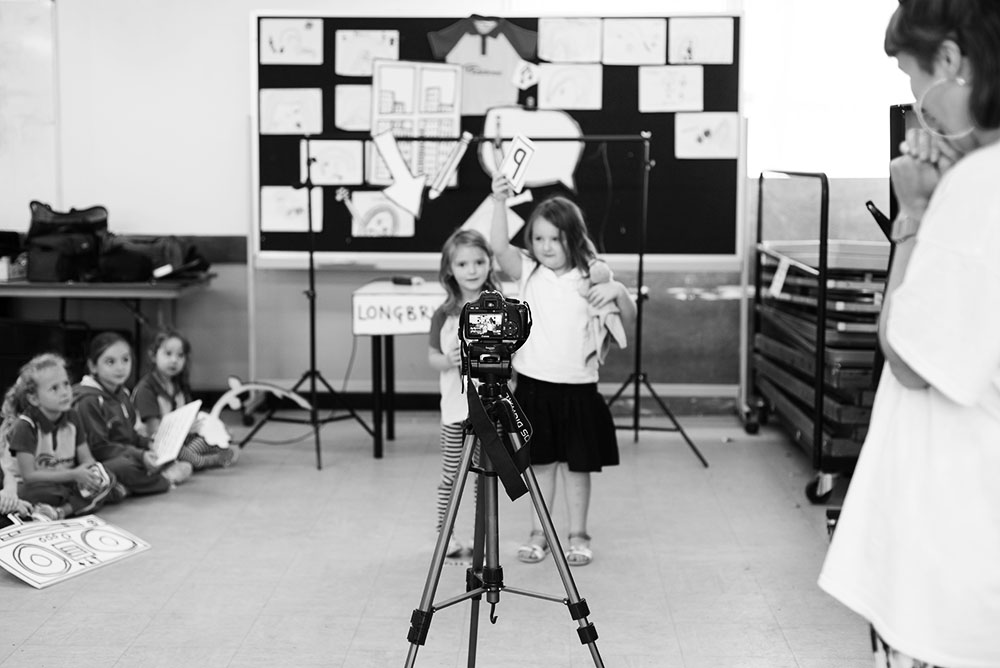
Longbridge TV Workshops by Sarah Taylor Silverwood and Emily Warner
Artists Sarah Taylor Silverwood and Emily Warner have been out and about in Longbridge filming ‘The Longbridge Roadshow’. Borrowing themes from TV channels like QVC and TV programmes such as ‘Challenge Anneka’ and ‘Art Attack’, as well as taking influence from contemporary YouTube vloggers, this is a project made for Longbridge, by Longbridge. It offered people the chance to demonstrate skills and expertise – both silly and serious – in a low-fi homemade set and celebrates the contributions of the many wonderful and interesting individuals with a great sense of humour LPAP has been fortunate to work with over the years.
Watch the Longbridge TV film here.
Wild Longbridge Community Garden & Wild Meadow, 2016 /
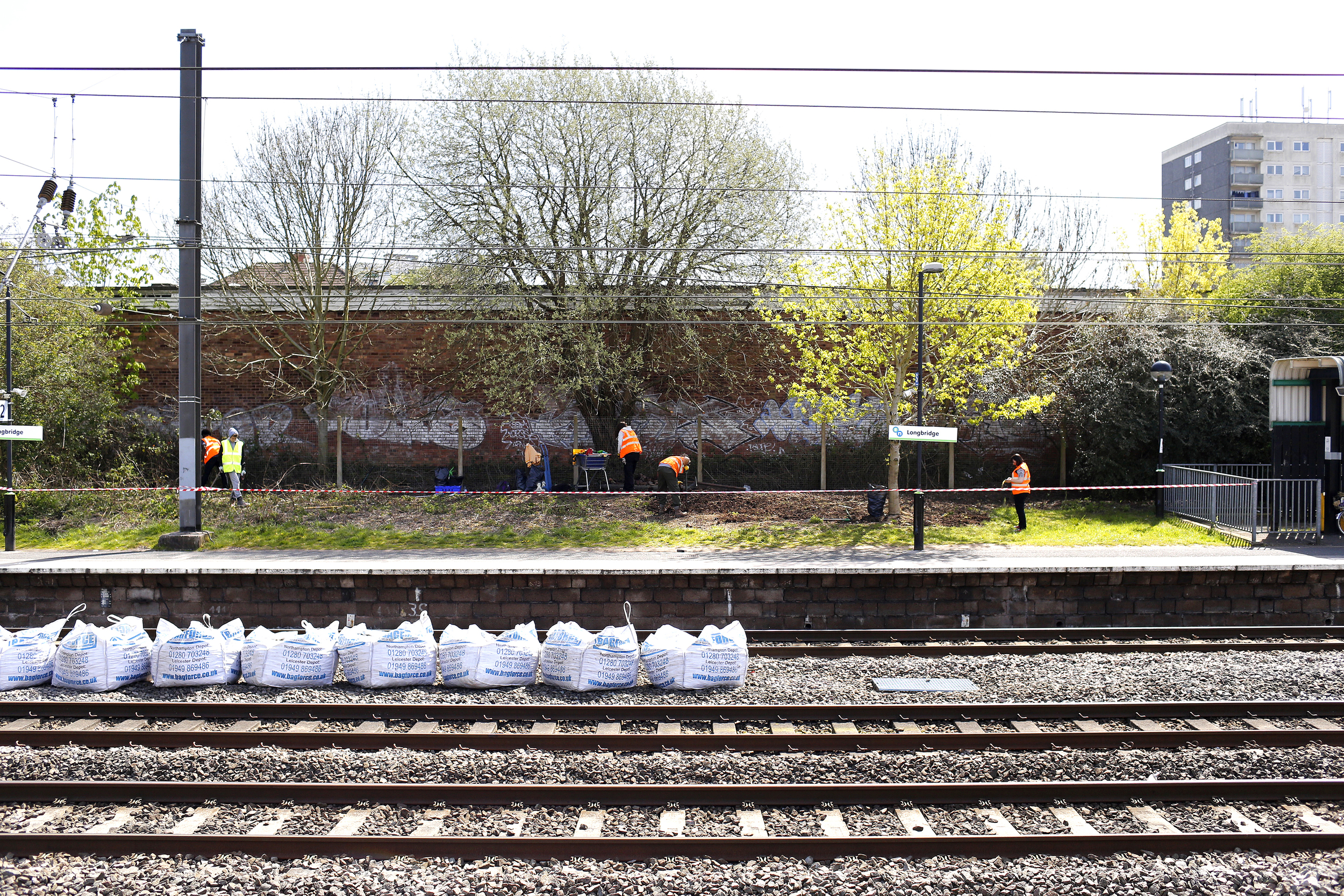




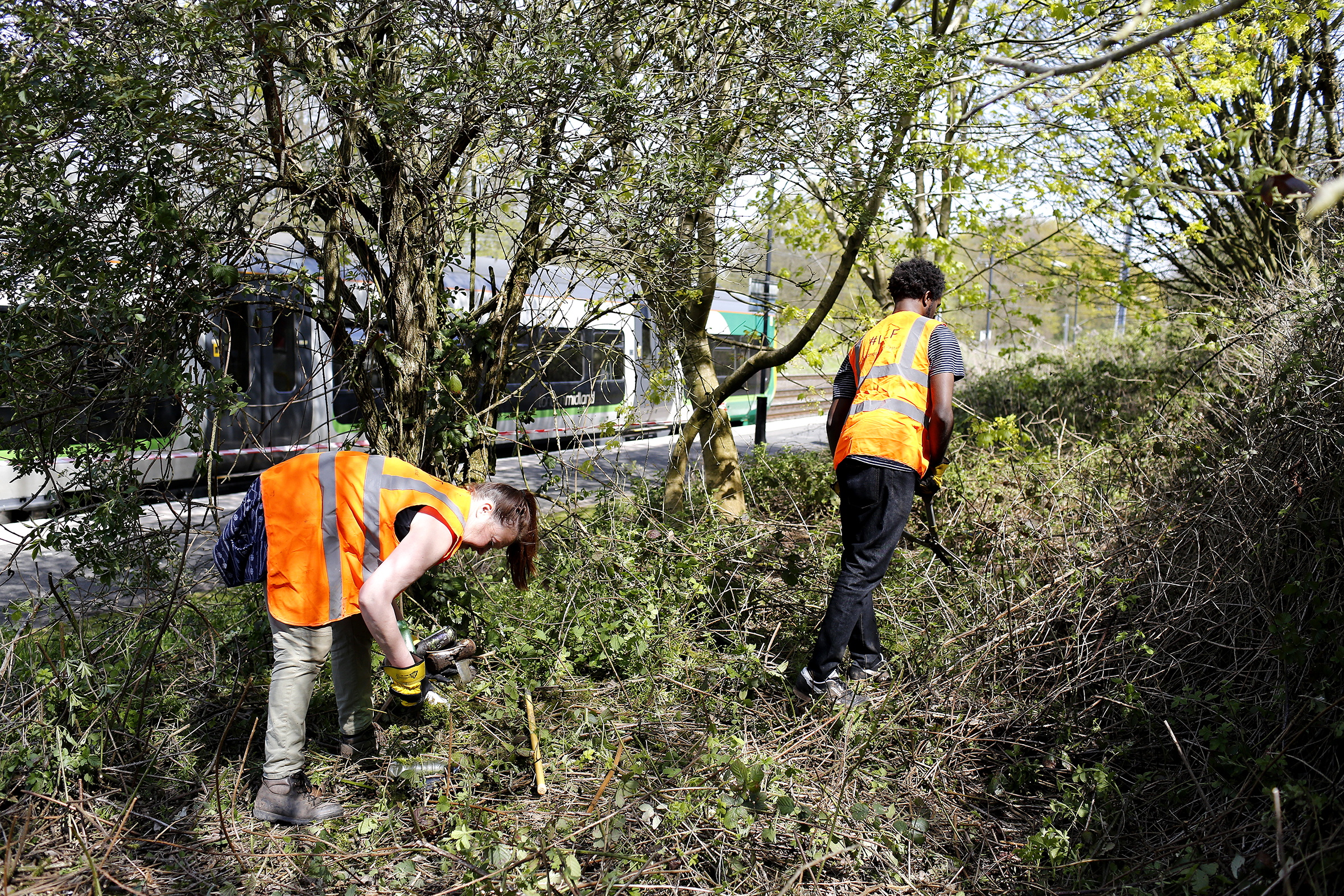


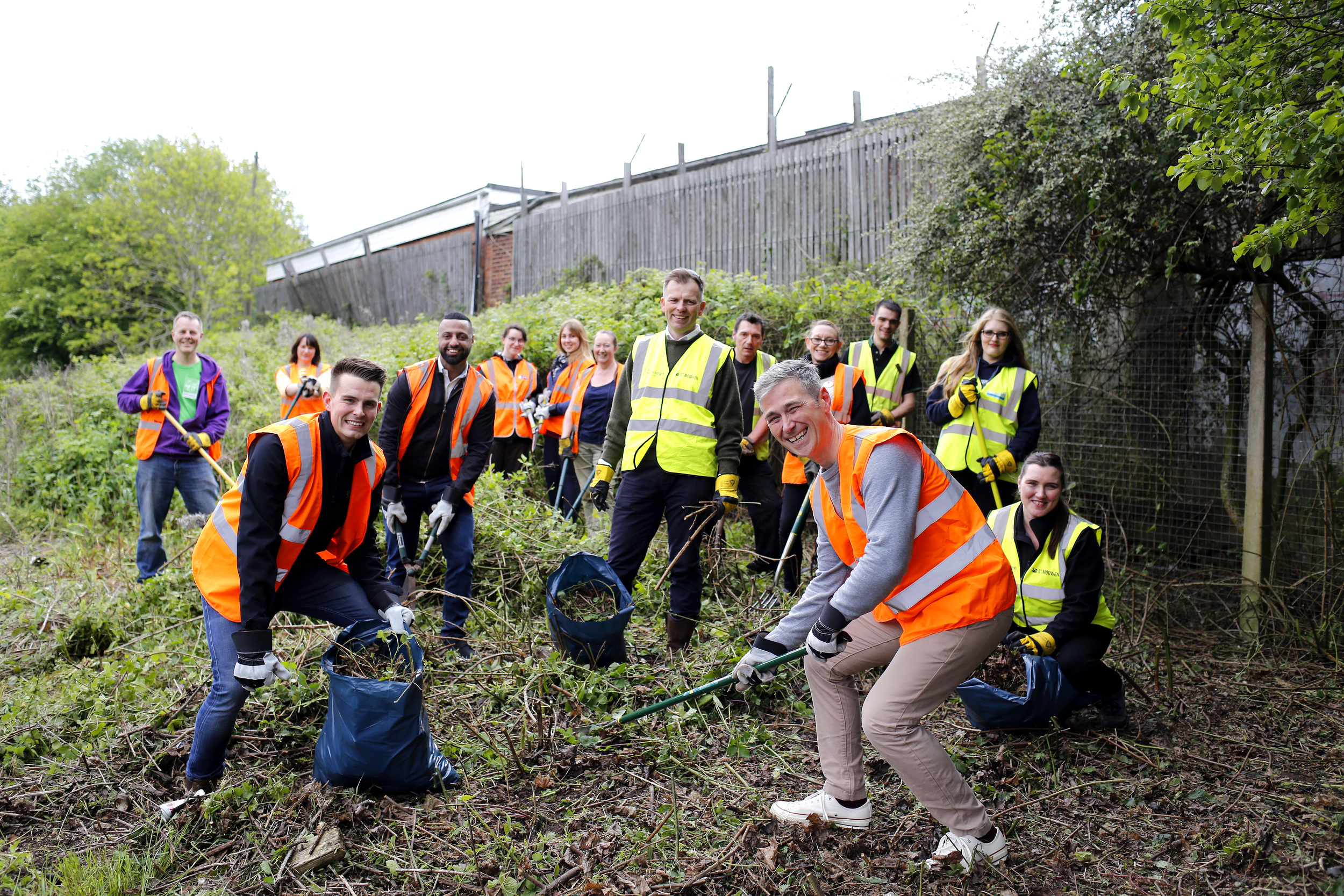
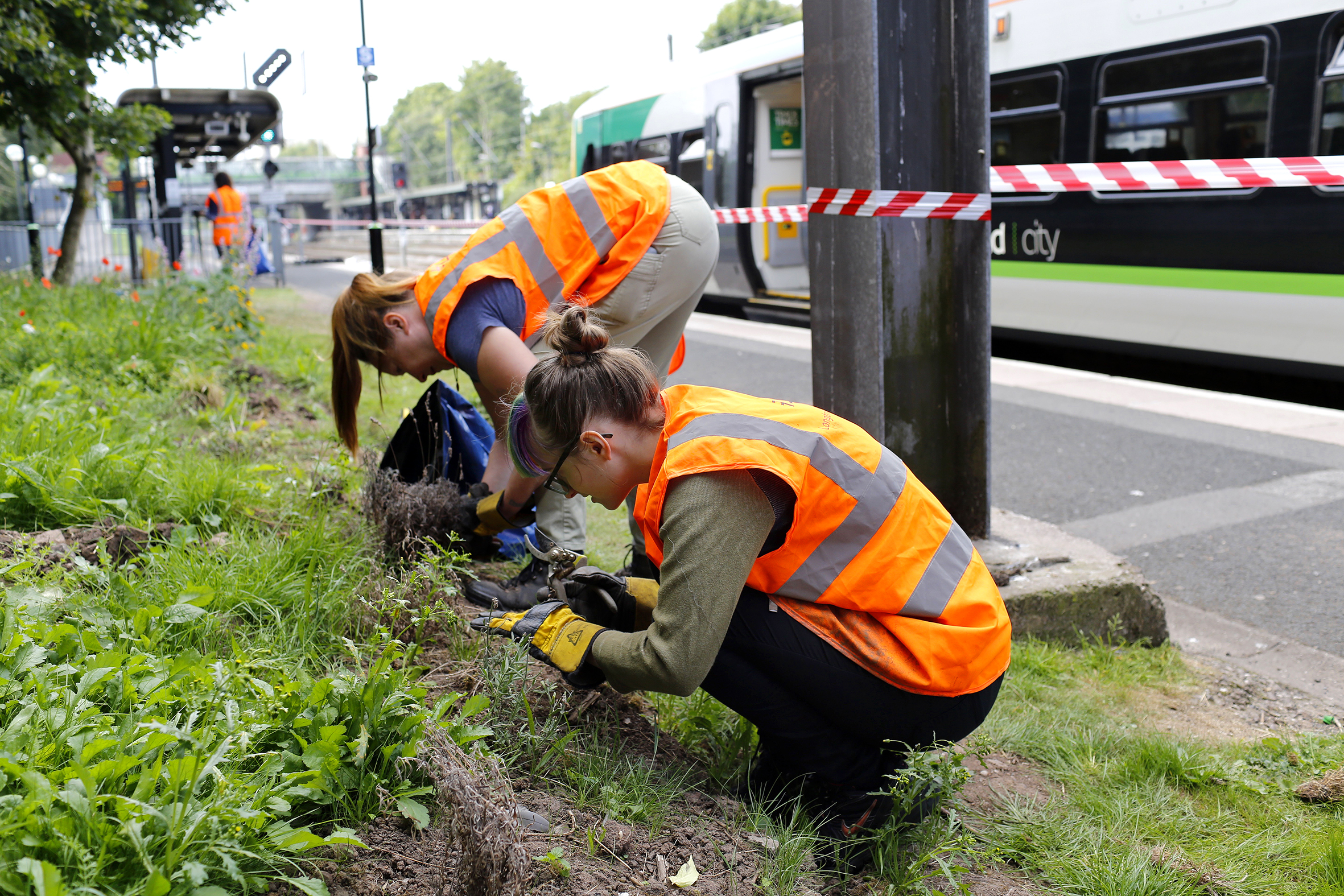
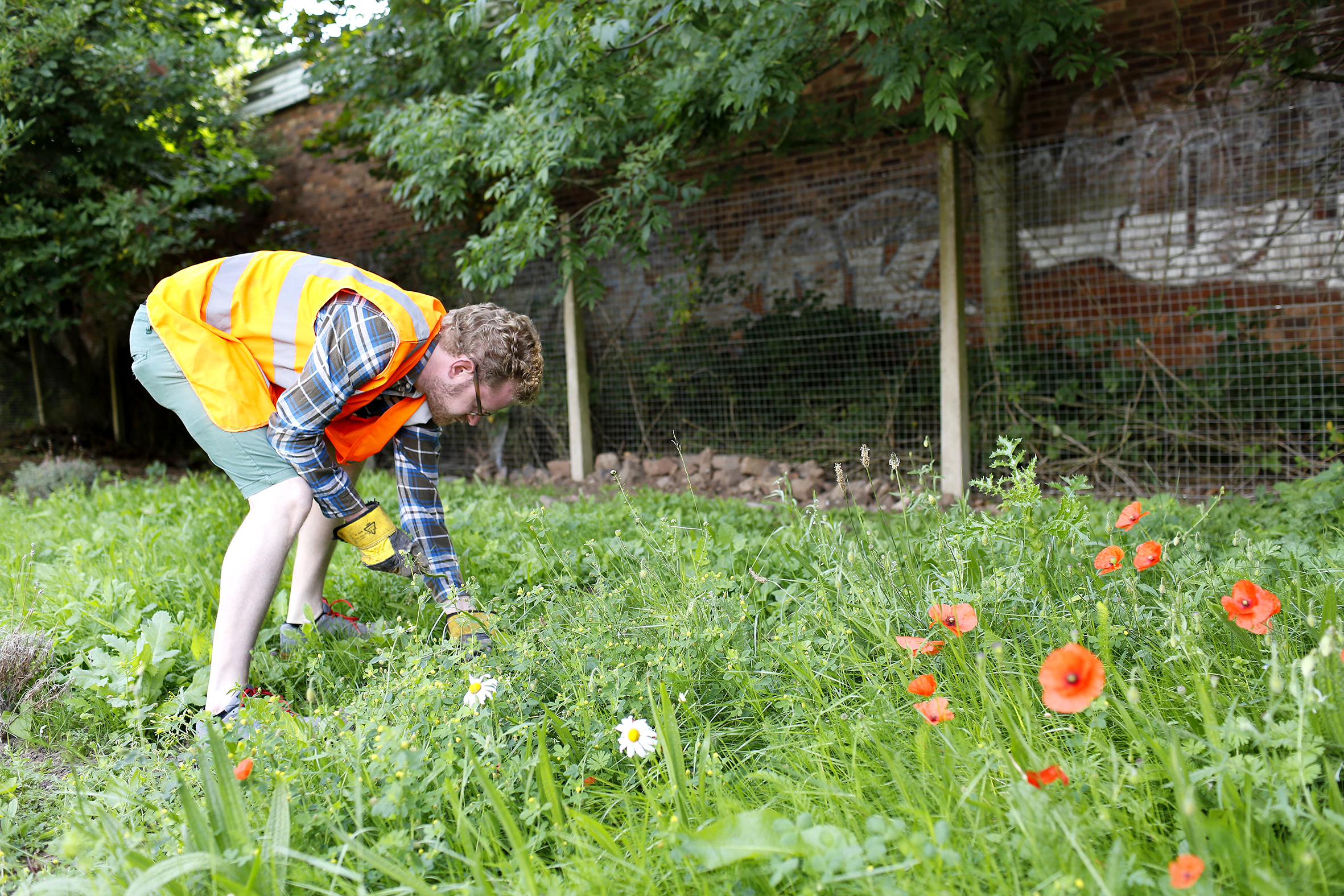
Wild Longbridge Community Garden & Wild Meadow at Longbridge Train Station
Wild Longbridge proposes that we can change the landscape we commute in through the creation of a collective garden at Longbridge train station, that by clearing, growing and planting together, we can enhance the environment we use everyday.
We are extremely grateful for the community's support in volunteering to help transform Longbridge train station. With a special thank you to; St. Modwen, M&S Longbridge, Sainsbury's Longbridge, Wardell Armstorng and Longbridge Extra Care for their help with the clearing.
This project is developed by Cathy Wade in partnership with Incredible Edible Longbridge by Northfield Ecocentre and London Midland. It brings local residents together within a series of events created collaboratively: herb and plant growing, insect ecology and the development of micro wildflower meadows.
1979 Longbridge Meeting /
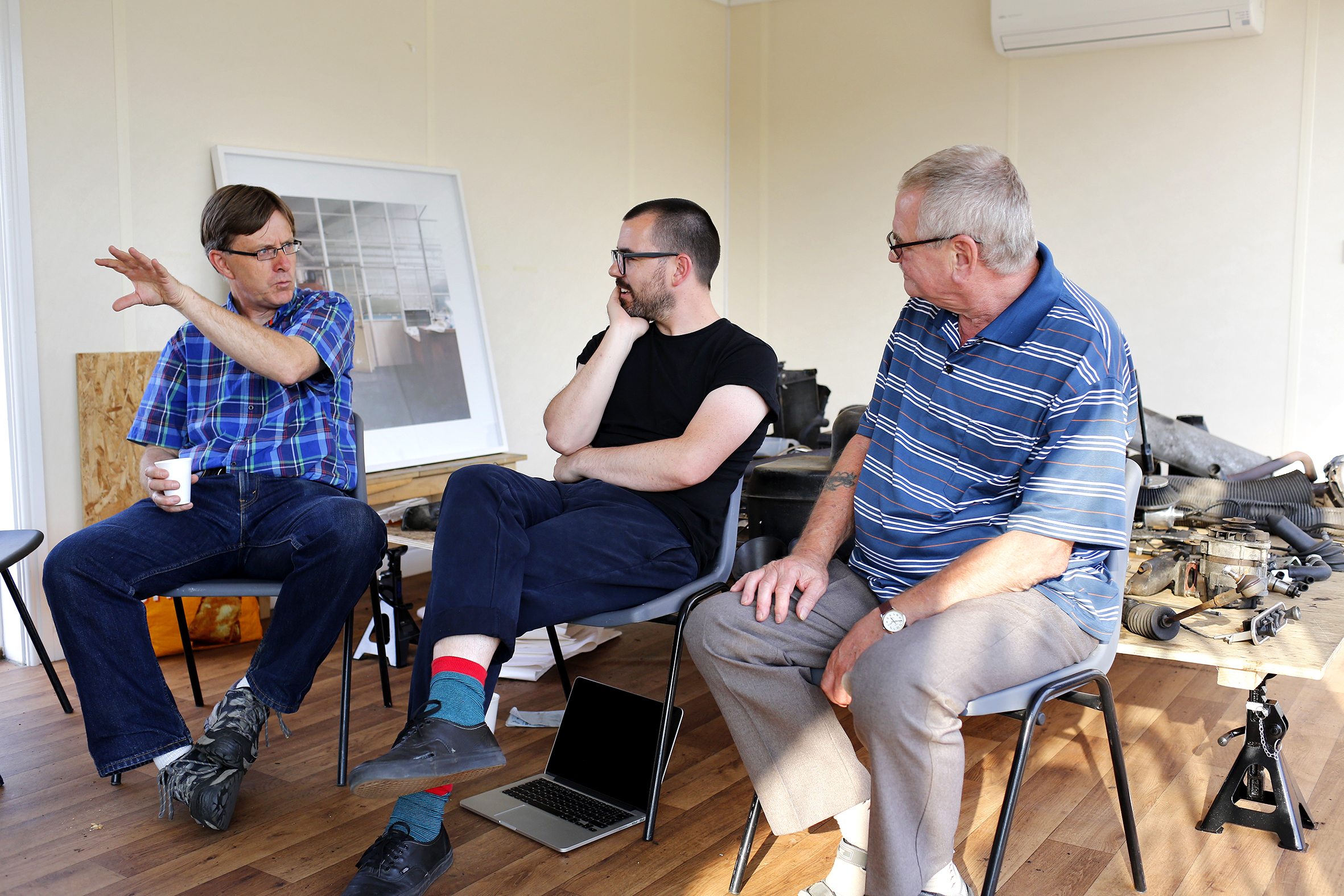
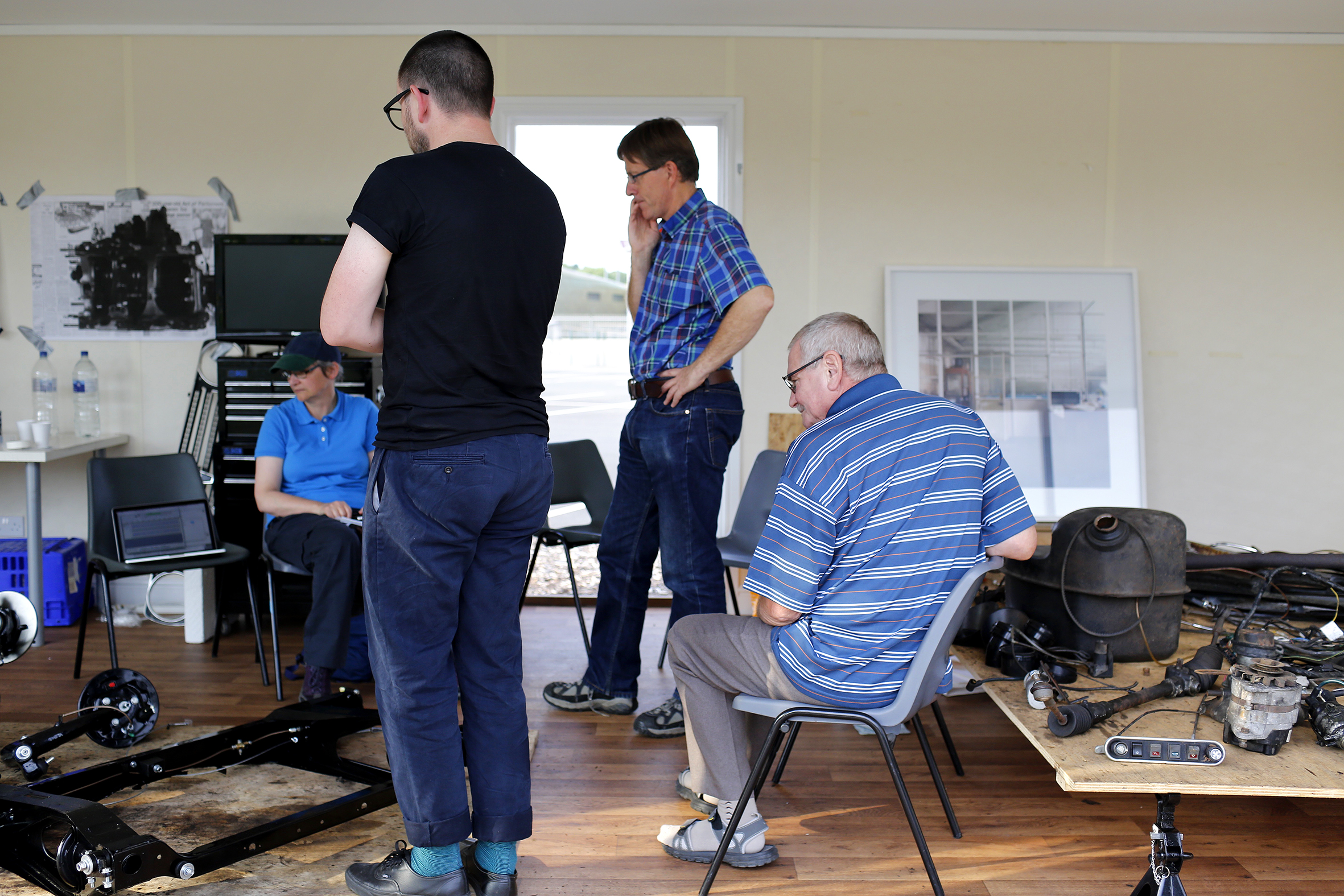
1979 Longbridge Meeting
As part of artist Stuart Whipps LPAP residency he held his first open Longbridge 1979 meeting. The artist invited people who worked at the Longbridge Car Factory in 1979 to talk and discuss about their experiences of working at the factory at that time.
1979 was a pivotal time in the UK generally and specifically at Longbridge. It saw the election of Margaret Thatcher in the May and at Longbridge, the sacking of the infamous union convener Derrick (red Robbo) Robinson in the November.
.
.
Longbridge Light Festival Placard Making Workshop with general Public, August - October 2016 /
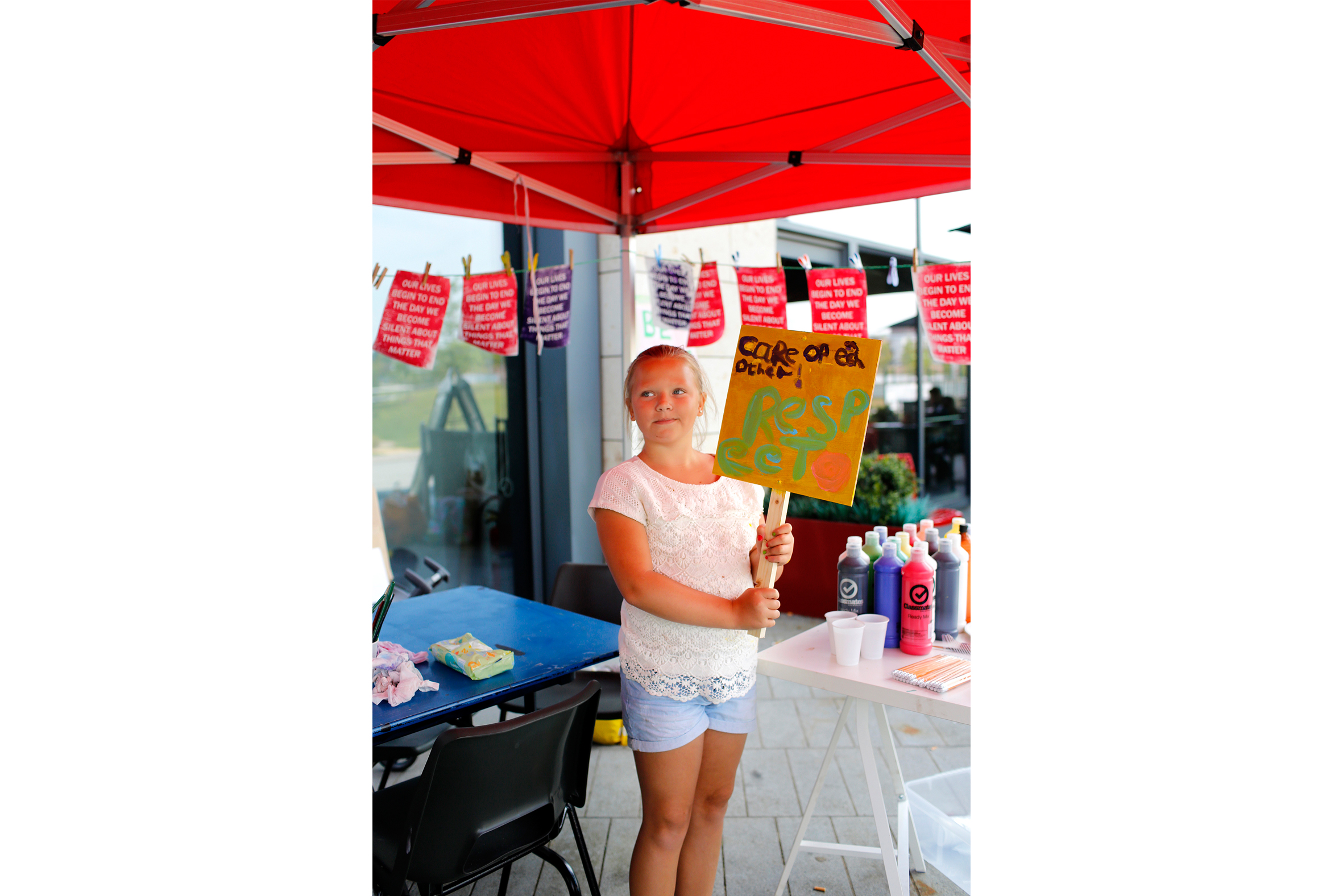

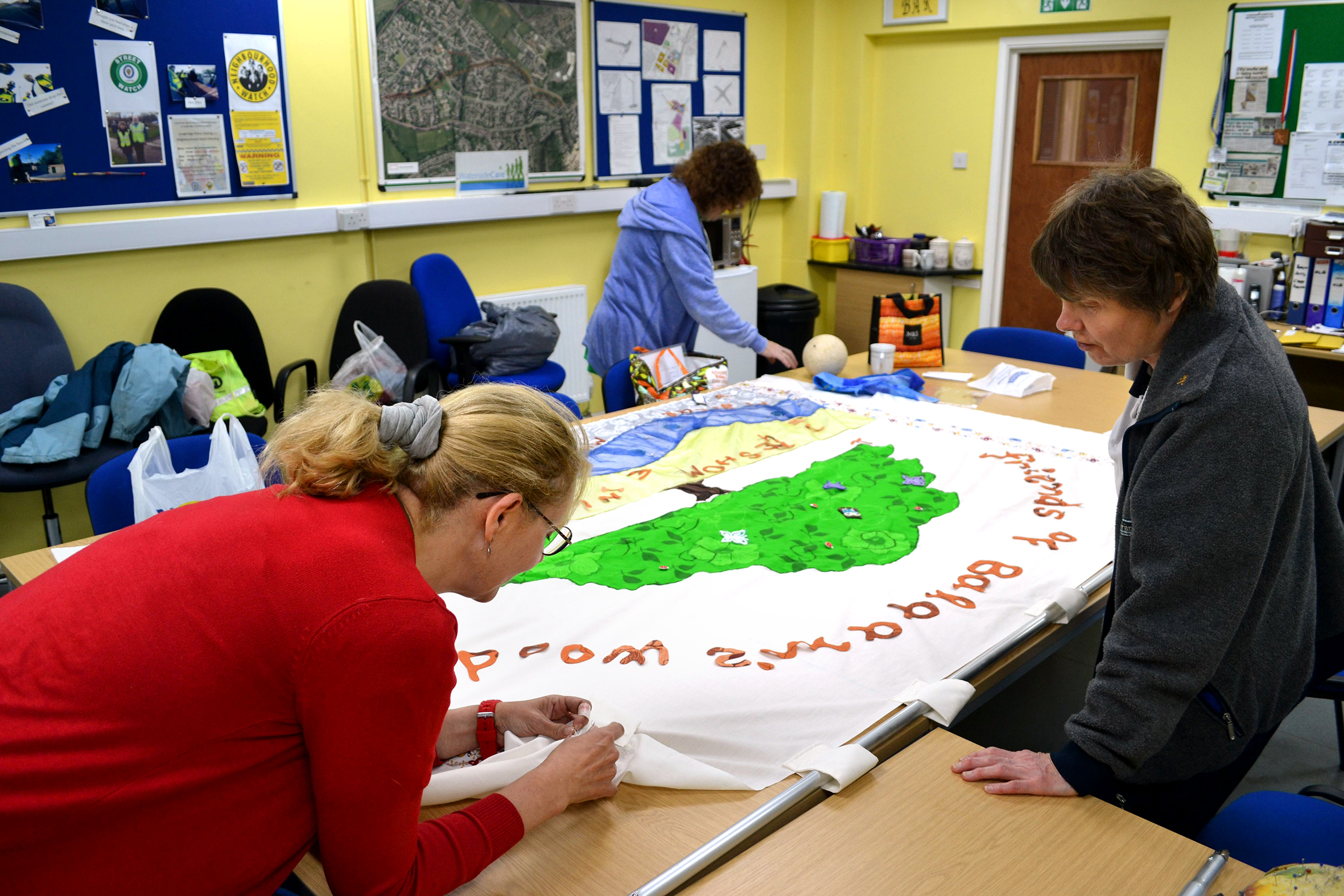
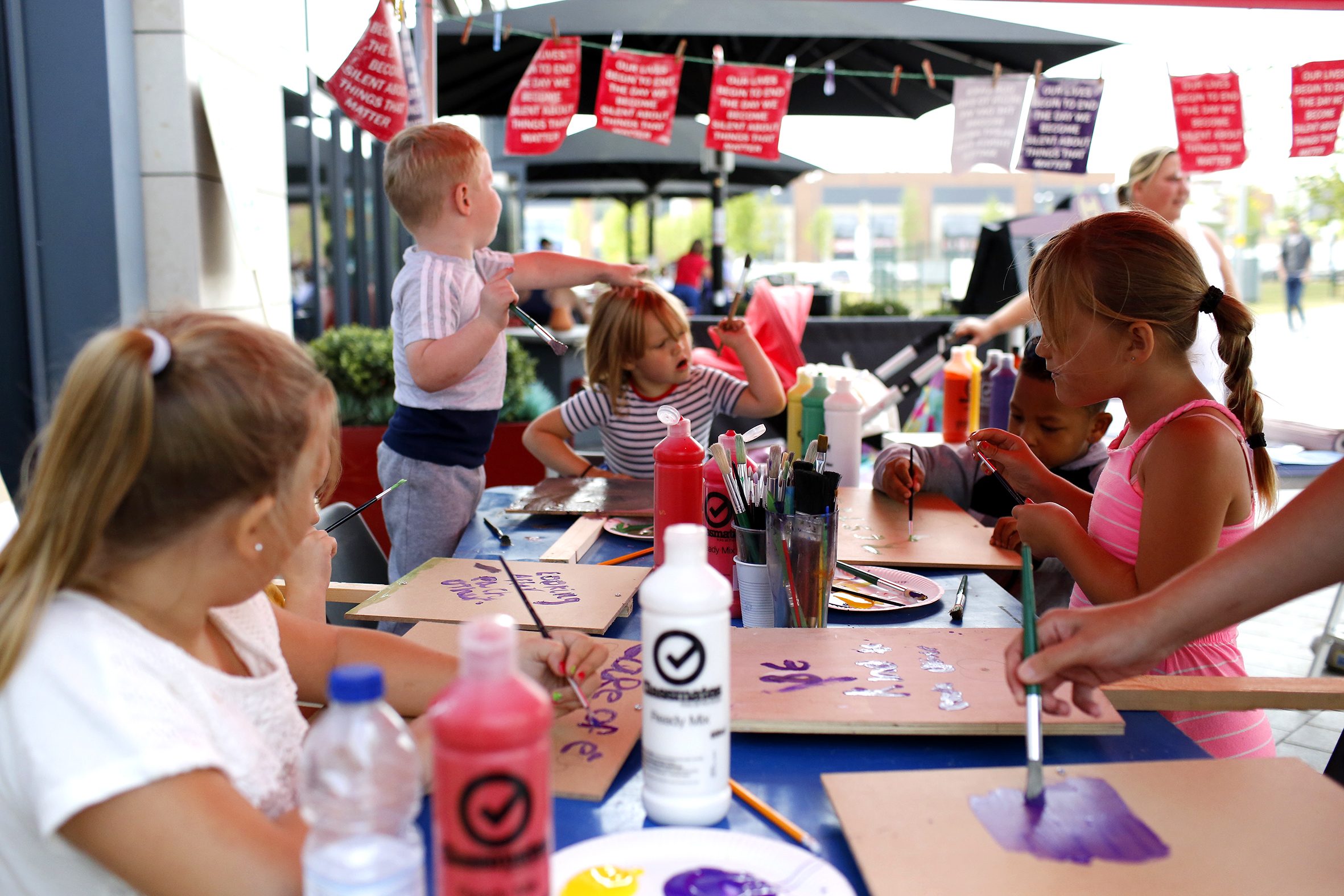

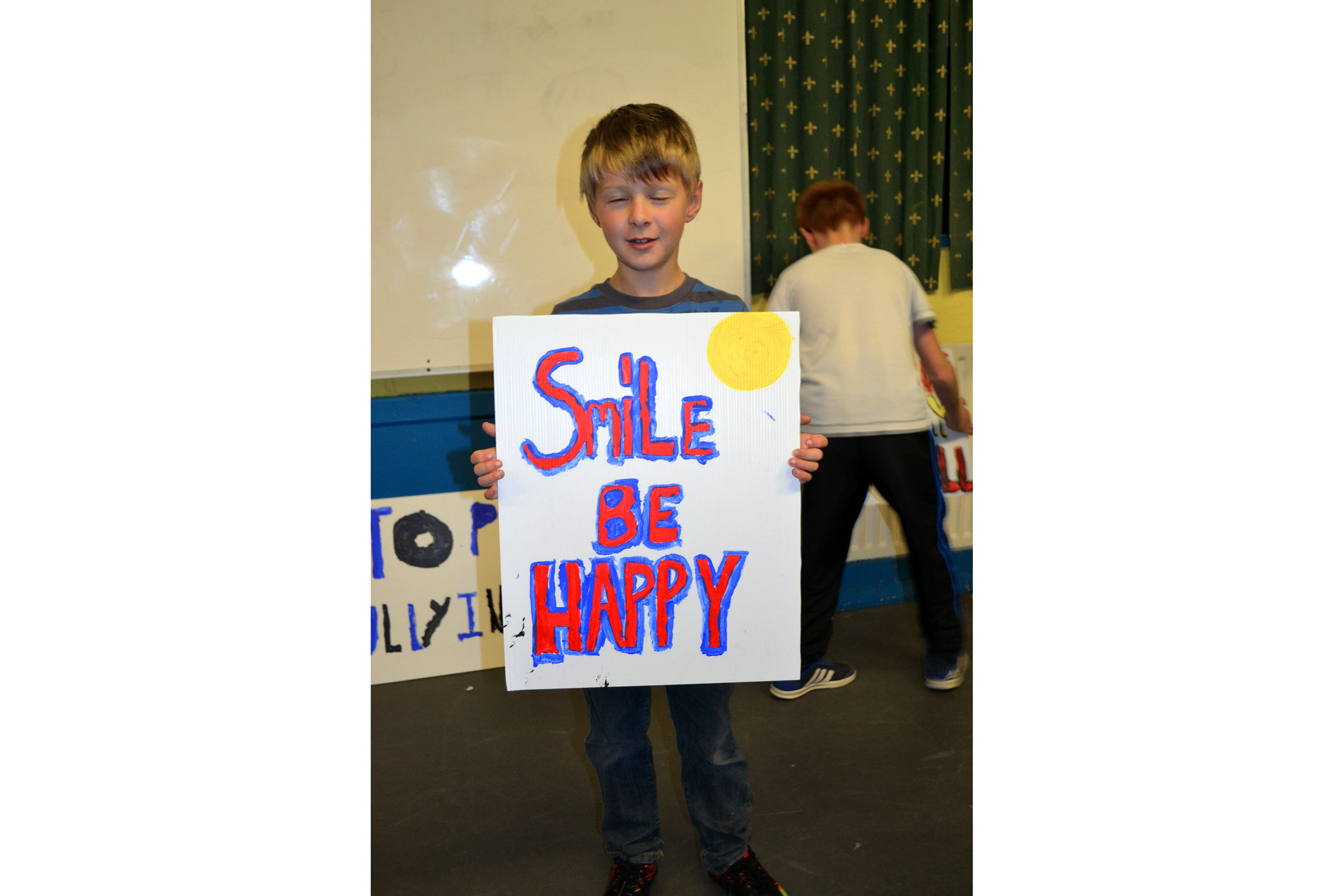
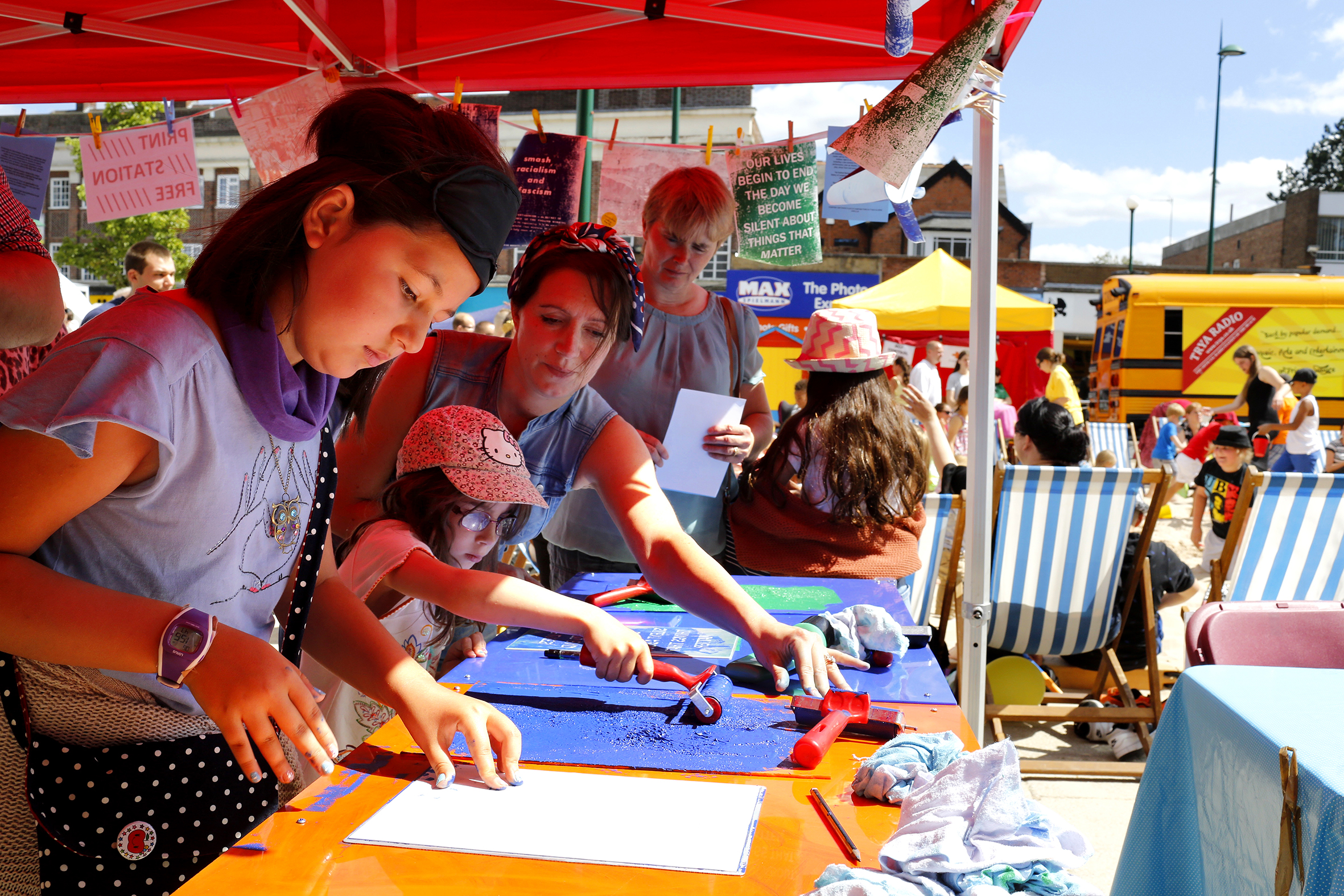
Longbridge Light Festival Parade workshops with General Public, August - October 20016
Artists General Public worked with community groups, schools and individuals within the Longbridge area to create hand made placards and banners for the Longbridge Light Festival Parade, which was titled 'Our lives begin to end the day we become silent about things that matter'. Participants were asked to create banners and placards that said what was important to them.
For more information about General Public visit www.generalpublic.org.uk
LPAP Summer School, June - August 2016 /
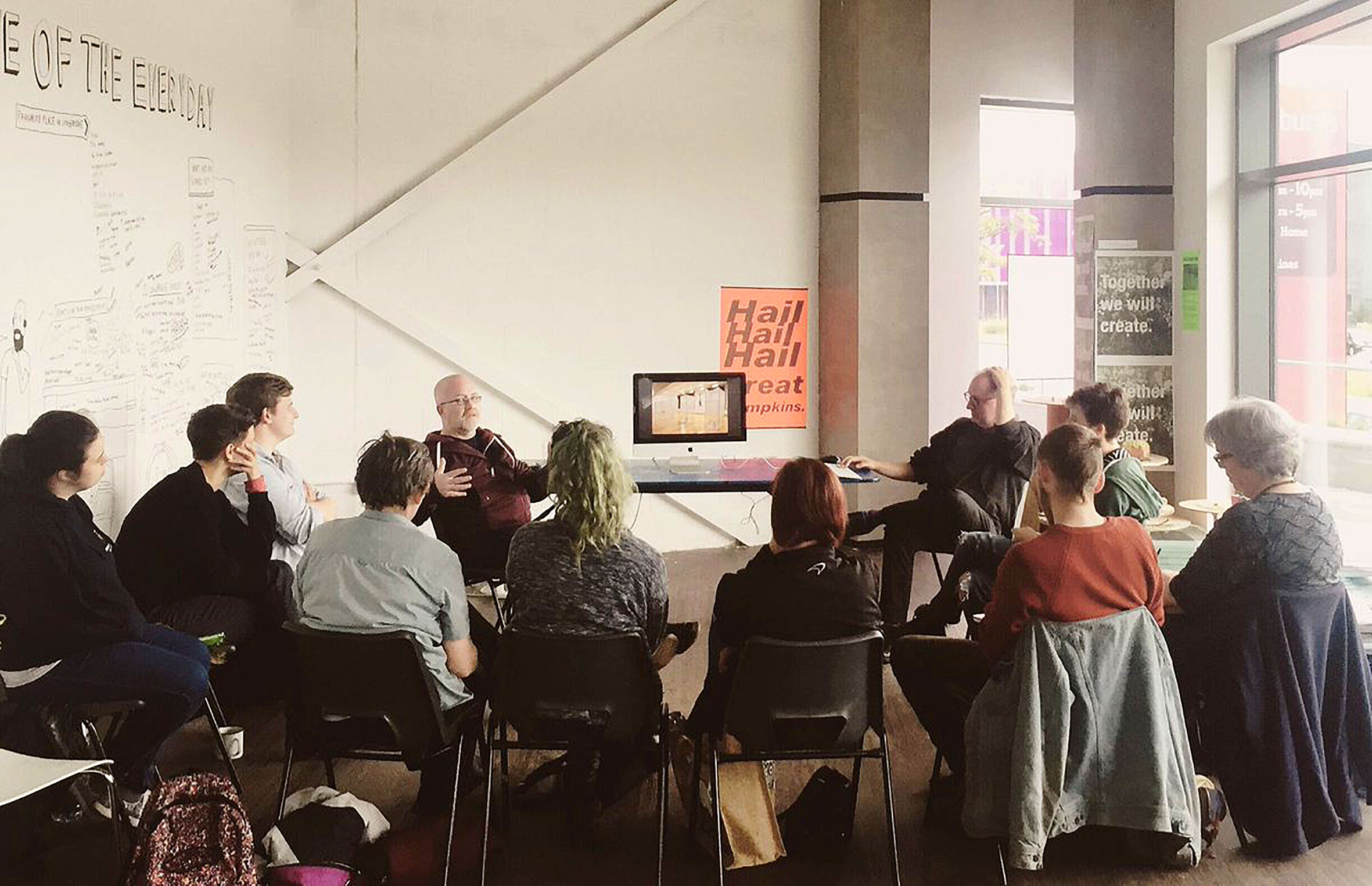
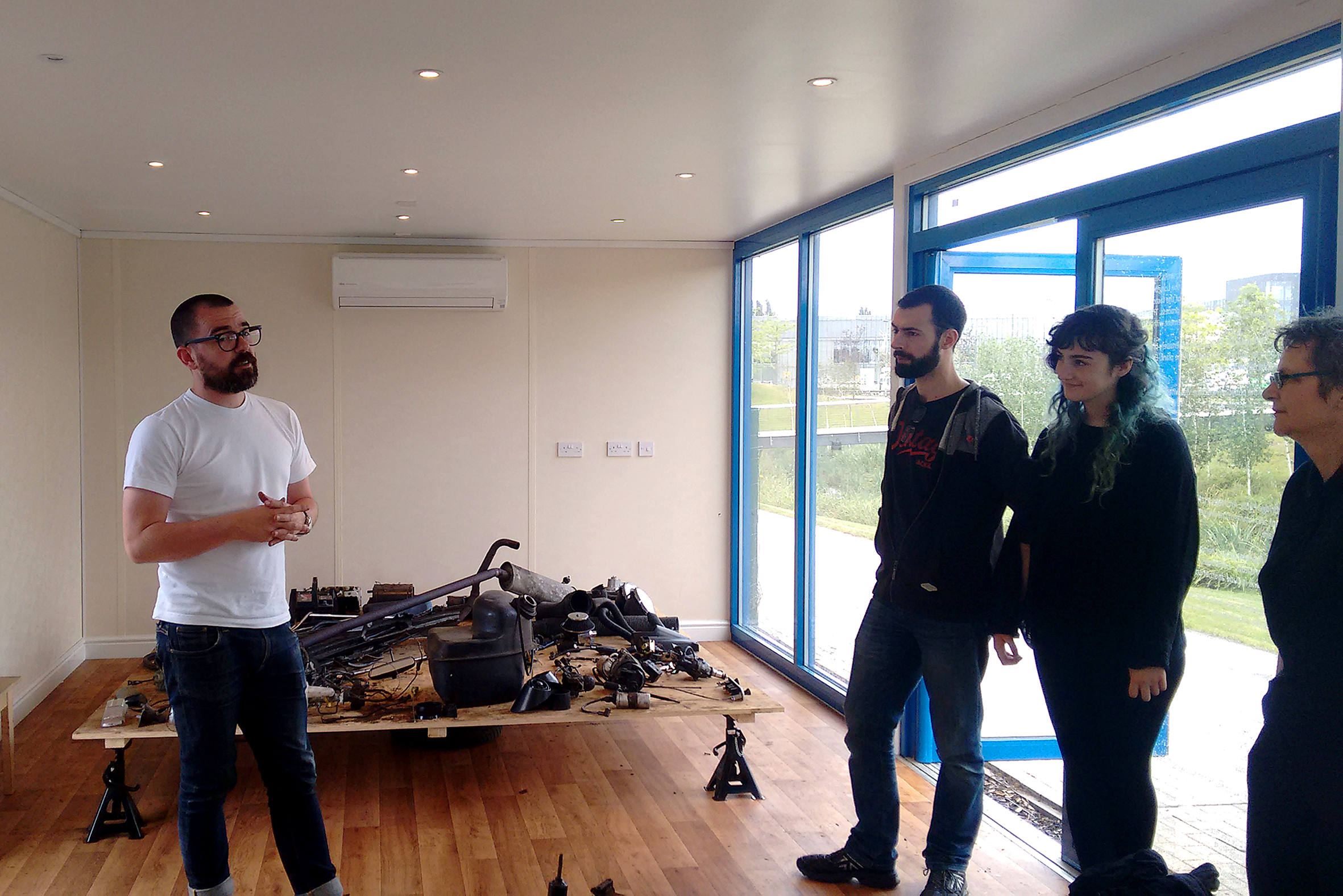
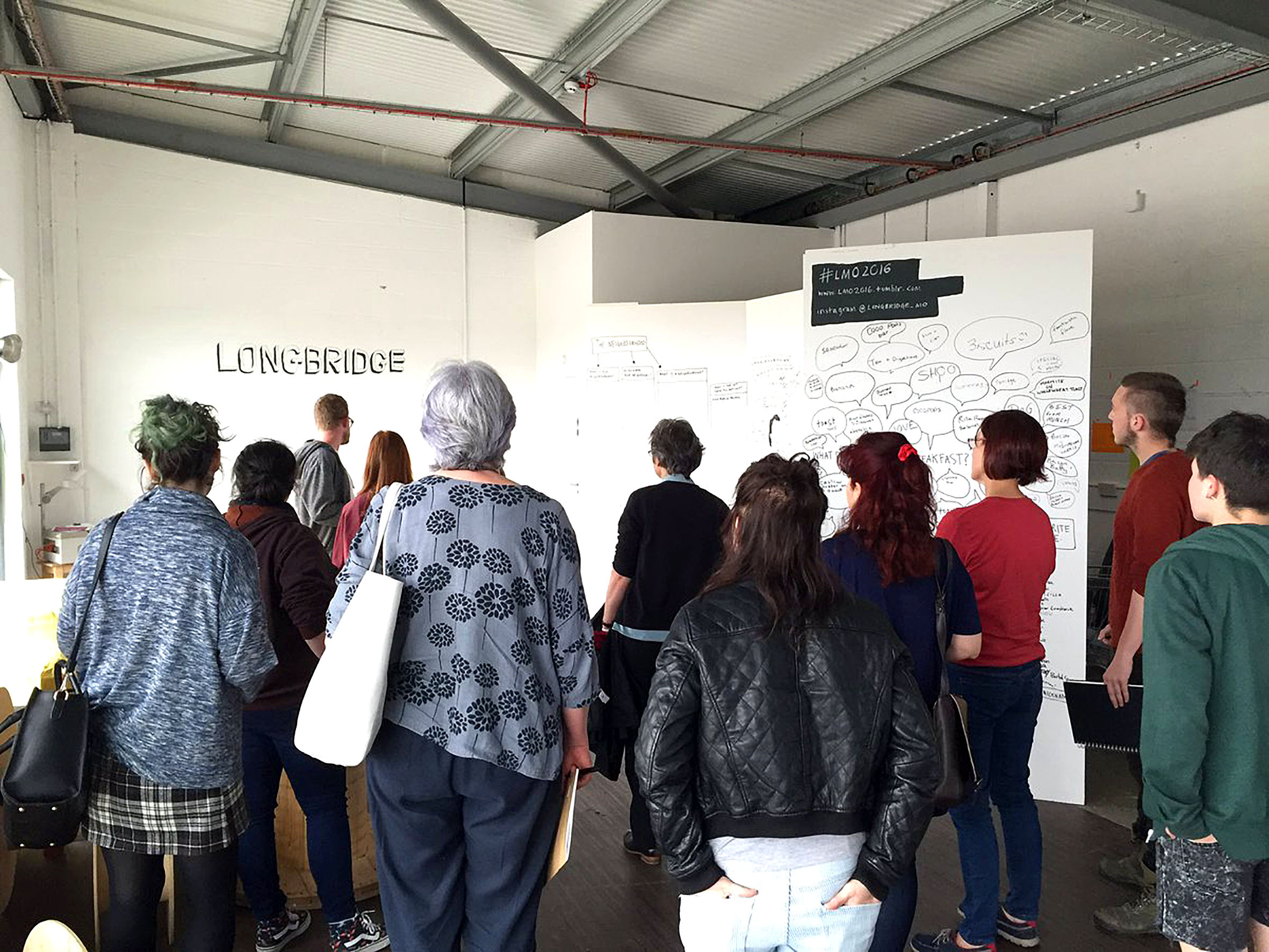
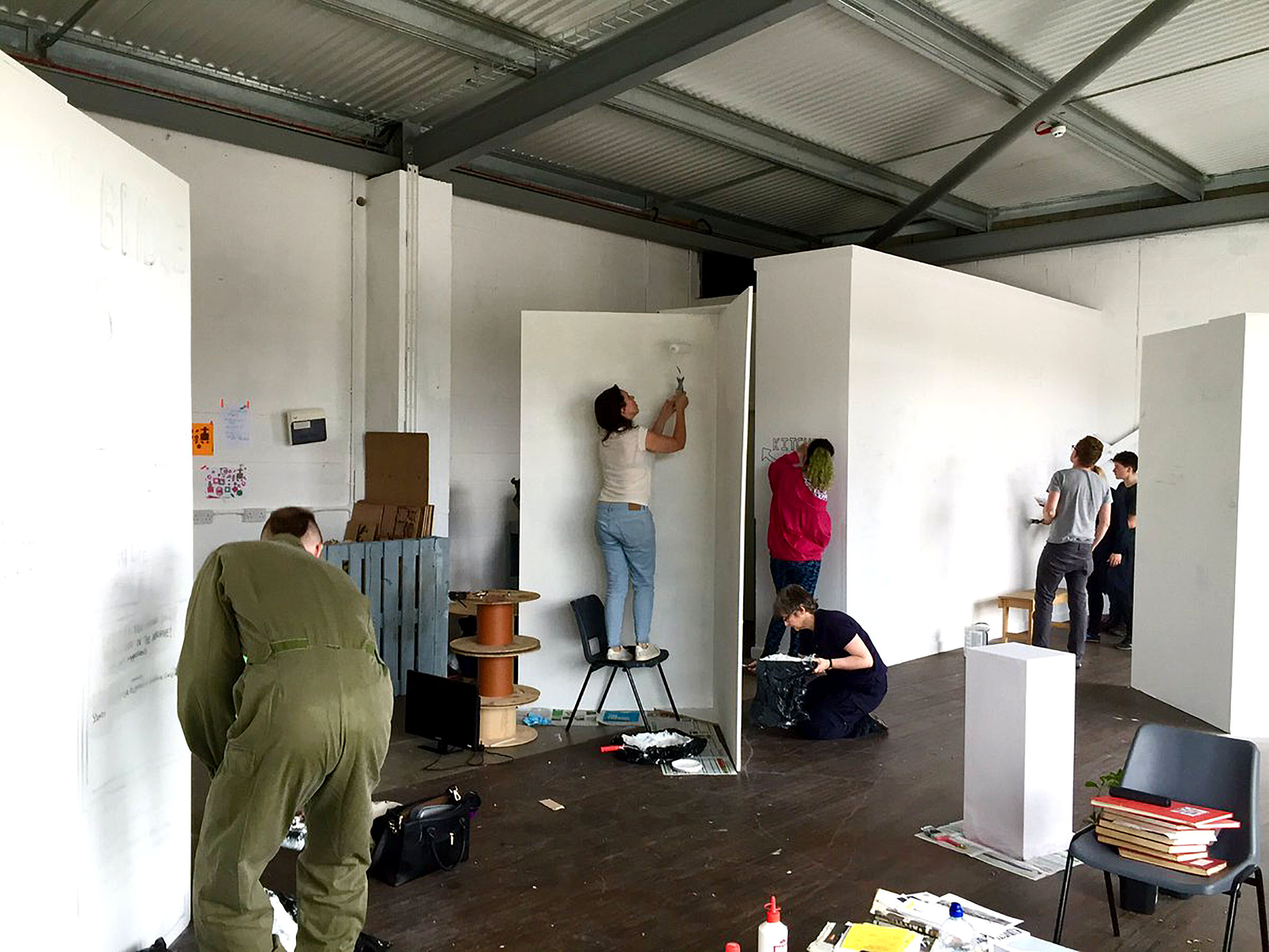
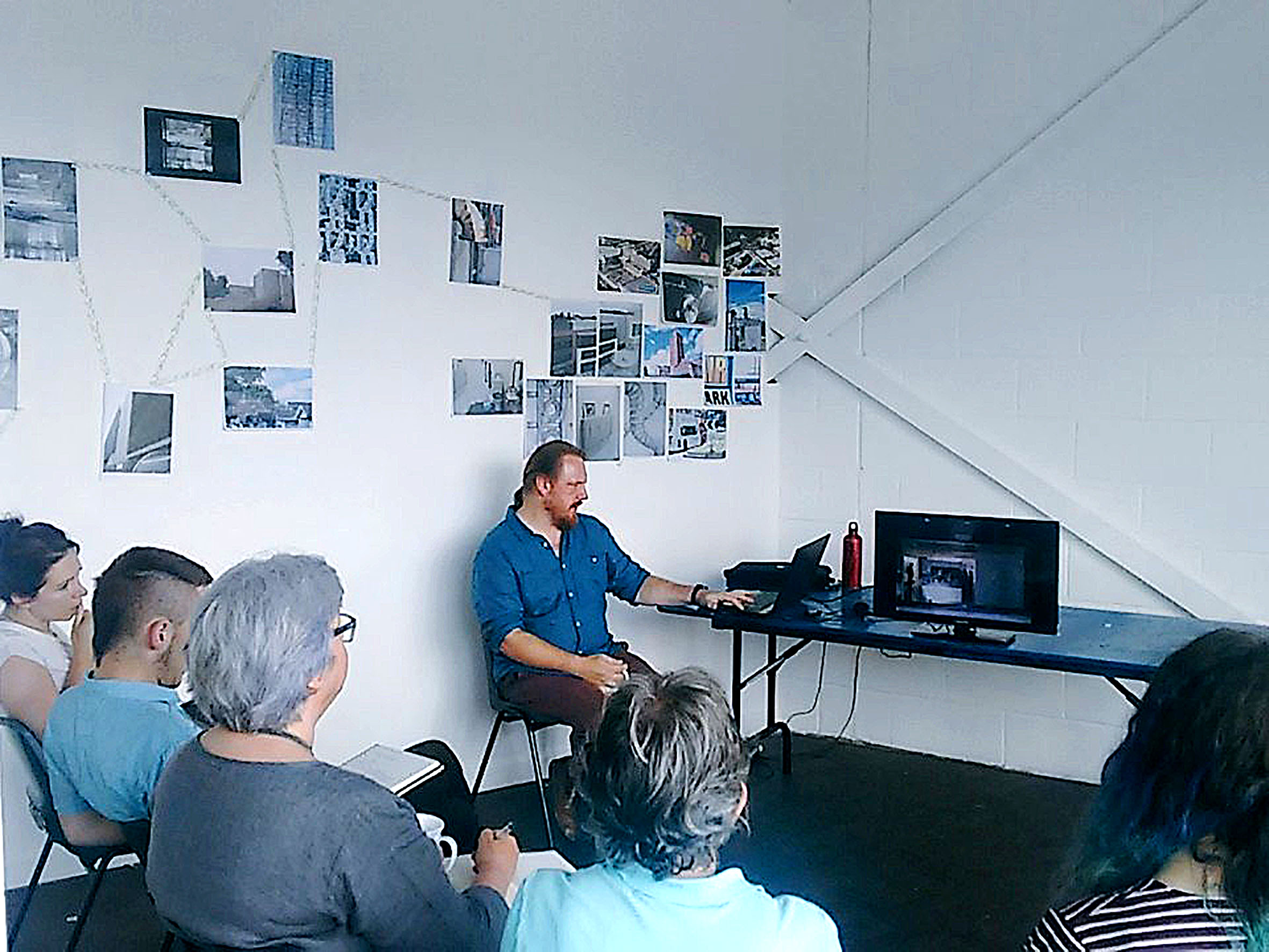
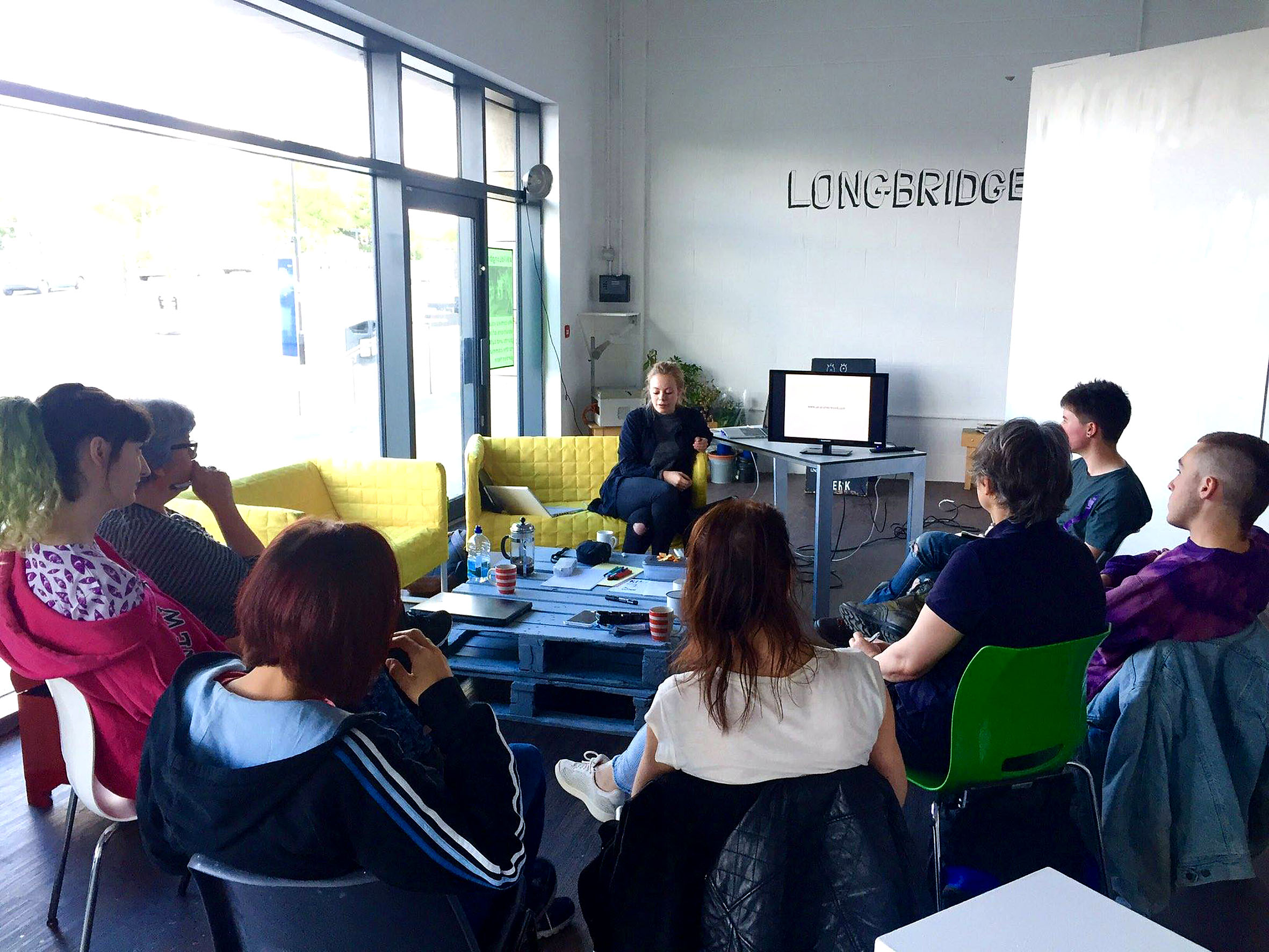
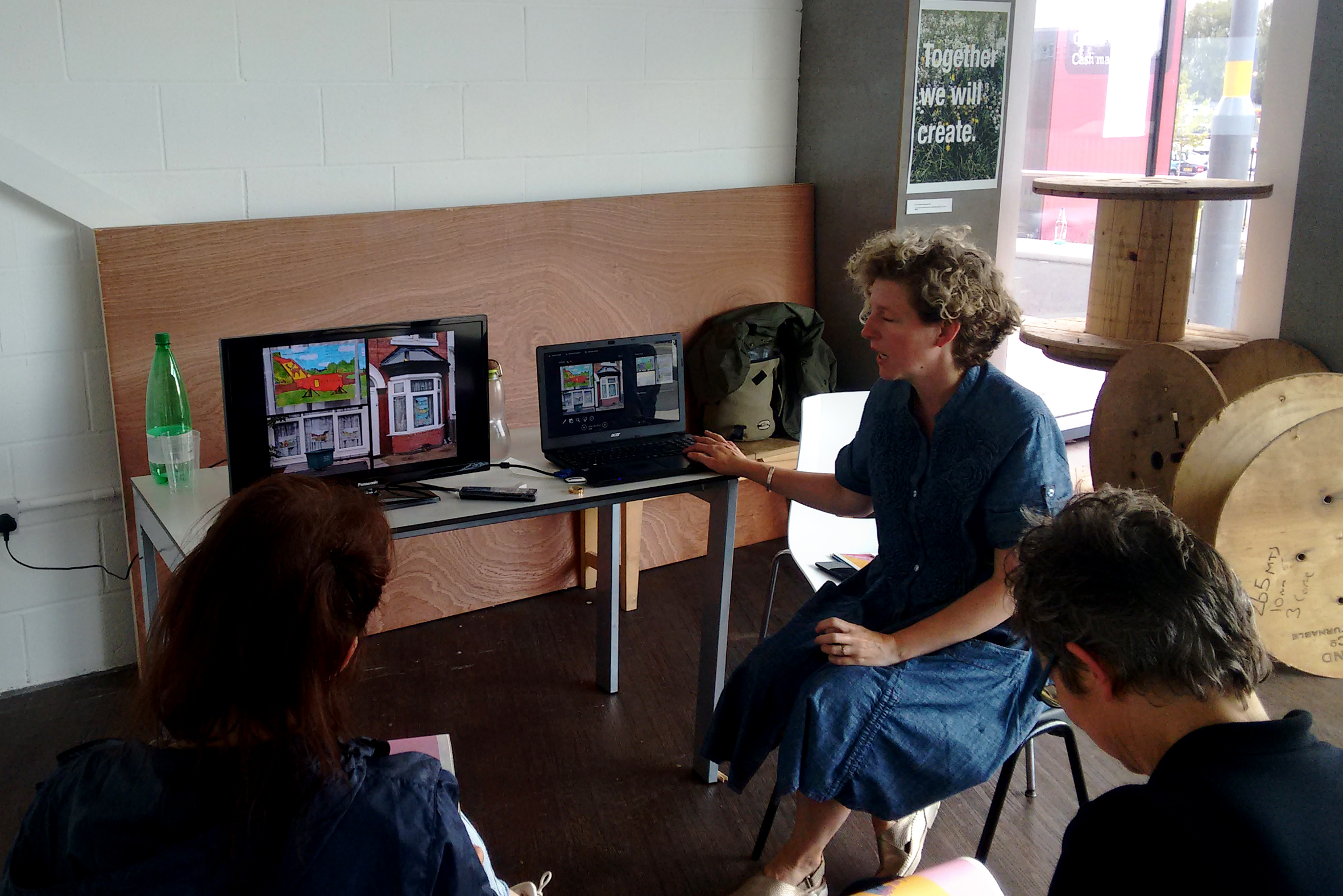
LPAP Summer School, June - August 2016
As part of LPAP, WERK offered students & recent graduates through an open call the opportunity to spend from June to the end of August 2016 enhancing their practice and learning new skills and confidence as they enter the next stage of their artistic development.
The LPAP Summer School participants have had the opportunity to work with a wide variety of artists from the UK and visiting international artists including; Industry of The Ordinary, Juneau Projects, Sarah Taylor Silverwood, General Public, Redhawk Logistica, FAMED, Stuart Whipps and Anneka French.
Alternative Longbridge History Walk, August 2016 /
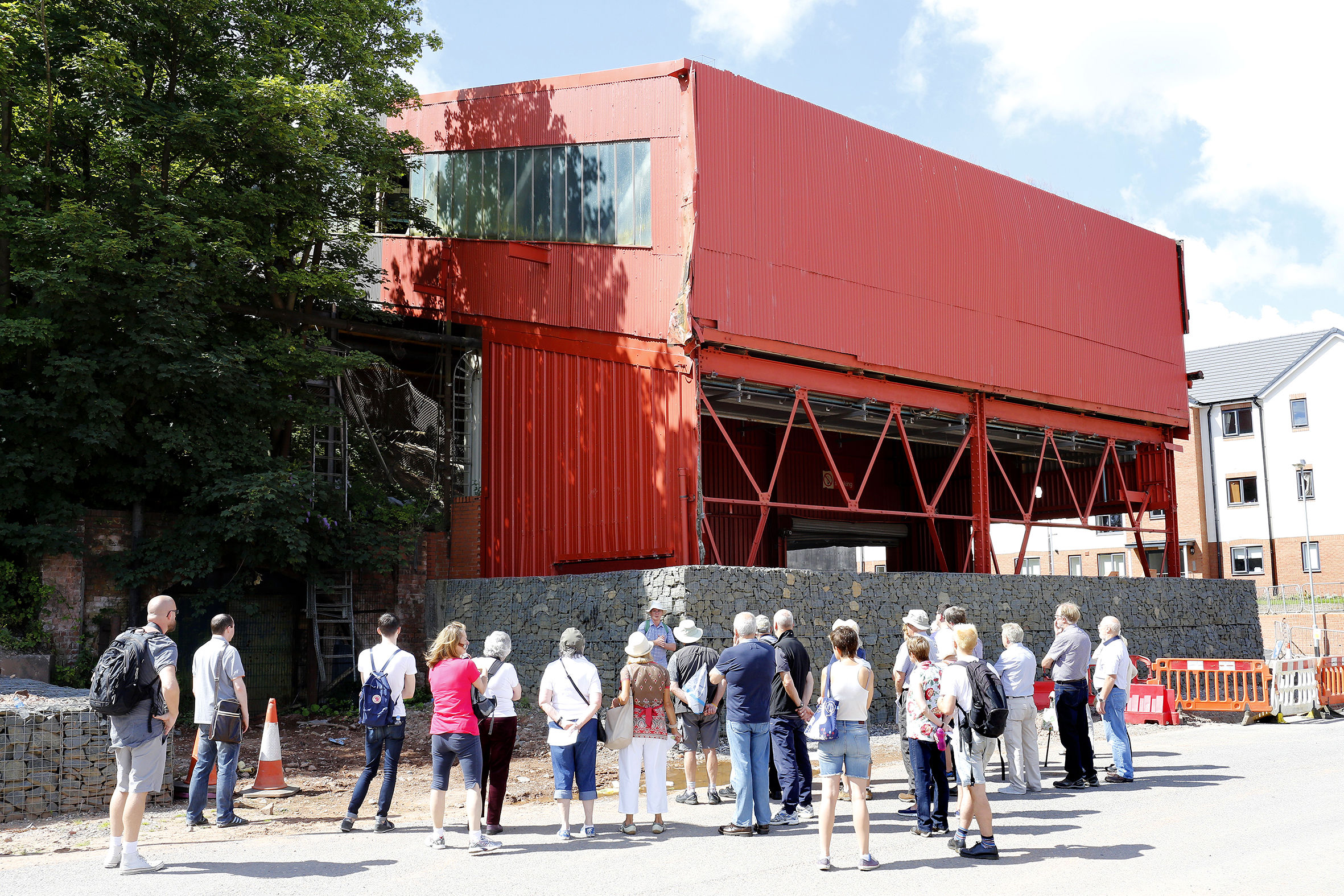

Alternative Longbridge History Walk, August 2016
Local Historian Steve Wright led a fascinating Altenerative Longbridge History walk that explore areas of the site of the former Longbridge Car Factory that were developed during WW2 under the mysterious sounding Shadow Factory Scheme.
The Shadow Factory scheme was developed in 1936, devised to increase the urgent need for more military aircraft in the increasing likelihood of war. Herbert Austin (founder of the Longbridge Car Factory) chaired the scheme's committee.
Austin's main'shadow factory' was on Grovelly Lane by Cofton Park. It produced Hurricane and Spitfire fighter aircraft and Stirling and Lancaster bombers. The fighters were flown off the factory's airfield which was situated on ground behind the current MG buildings on Lowhill Lane. The bombers were transported in sections to Austin's Elmdon shadow facility where they were assembled and flown off.
Digital Longbridge Workshops, 2015 - 2016 /
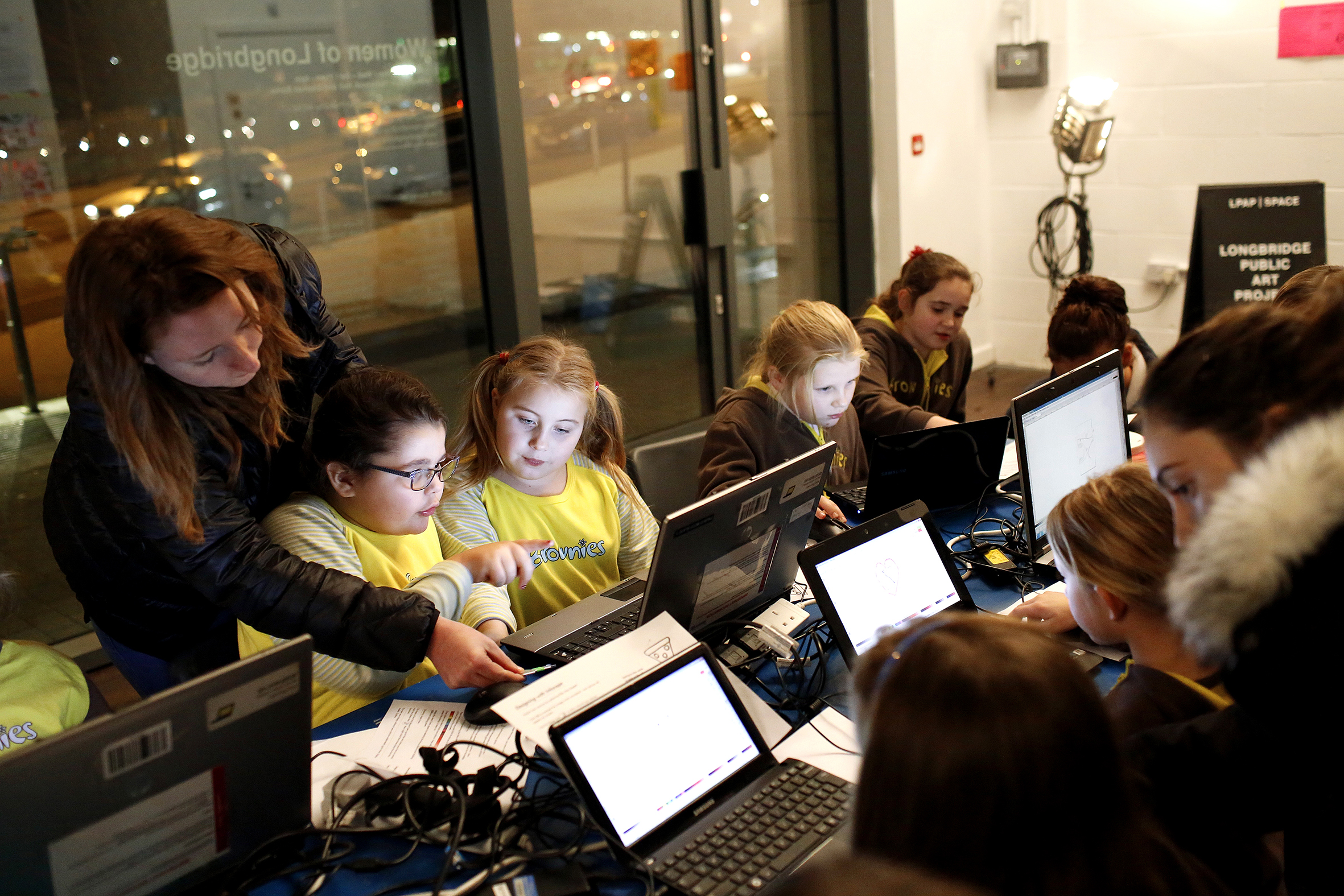
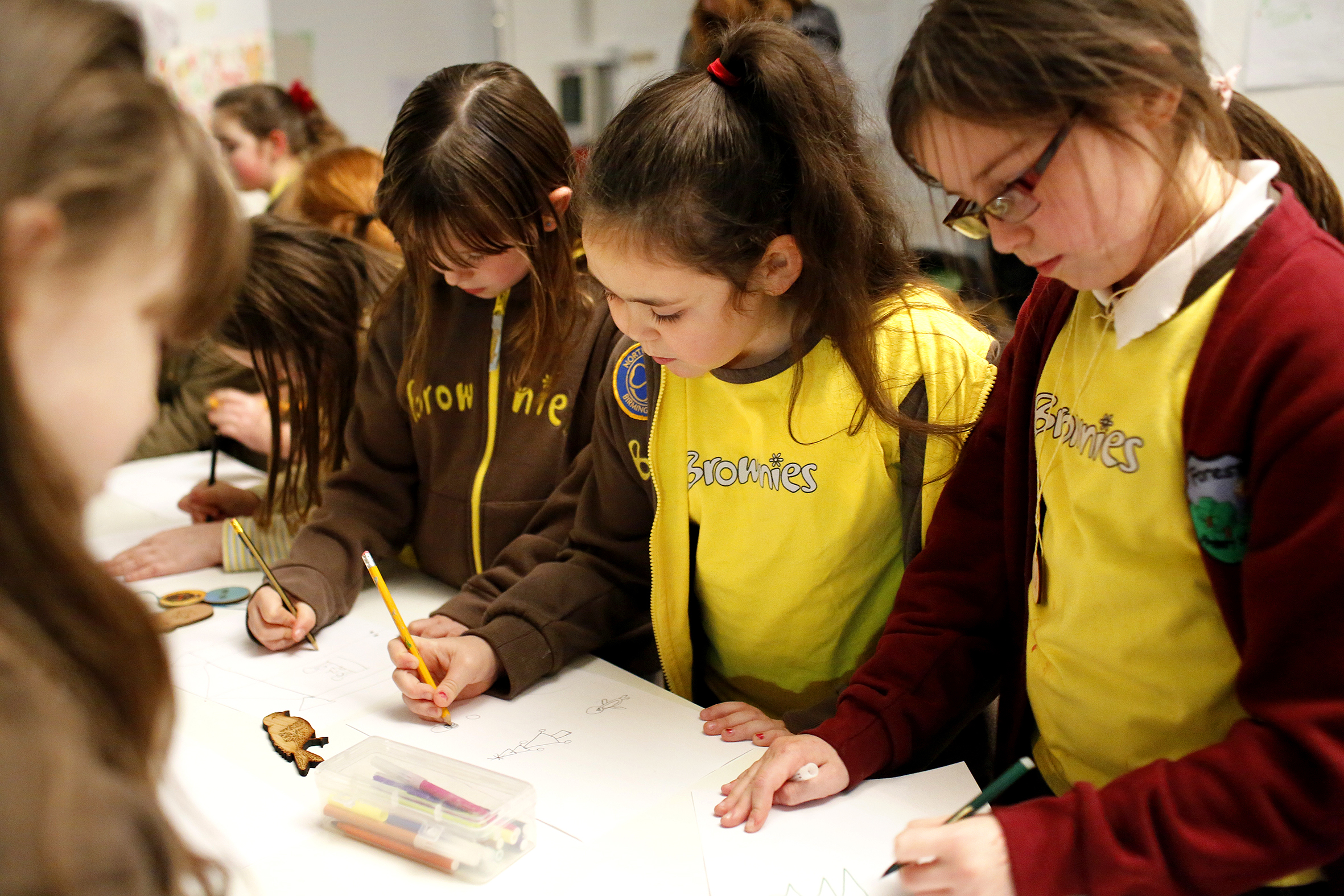

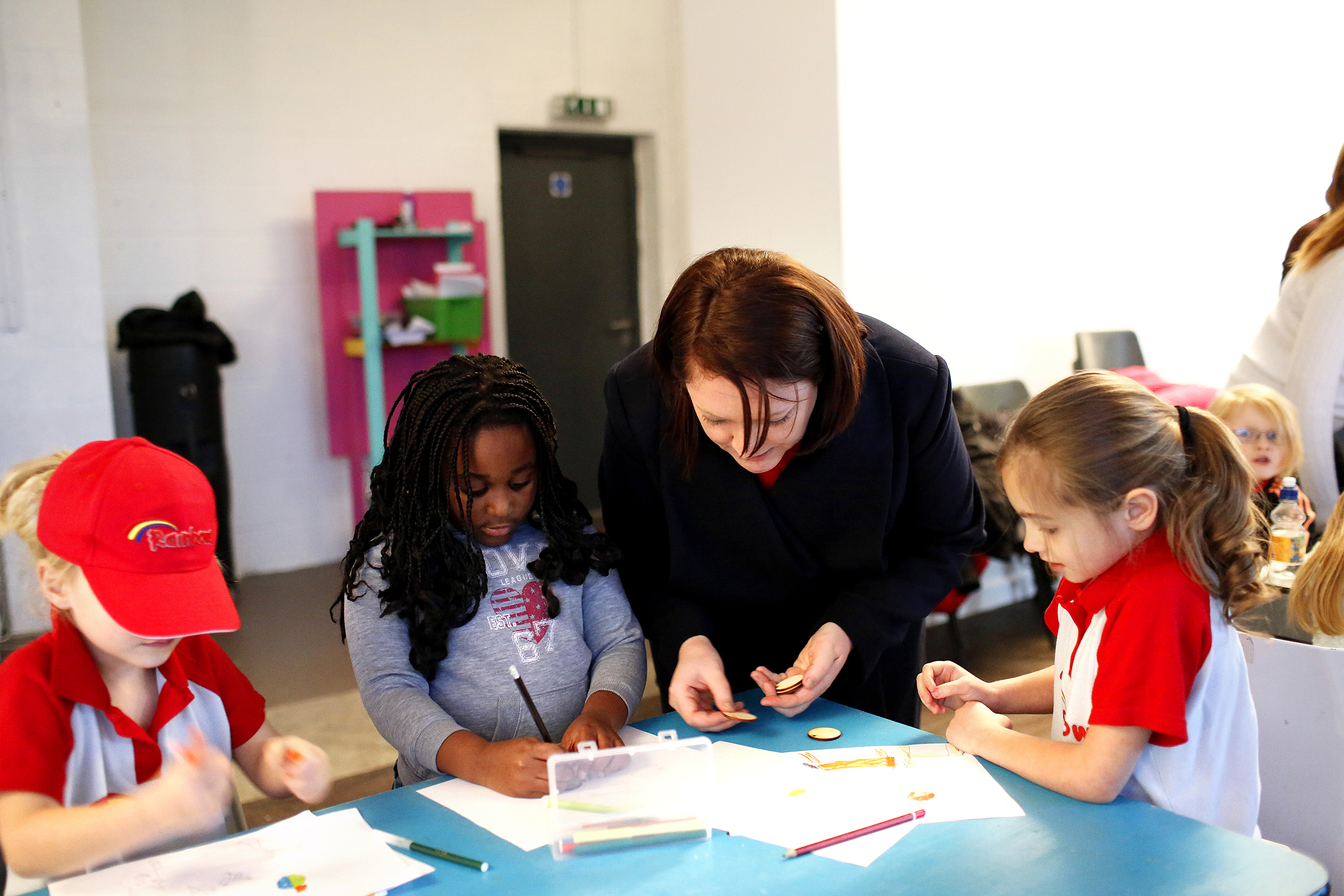
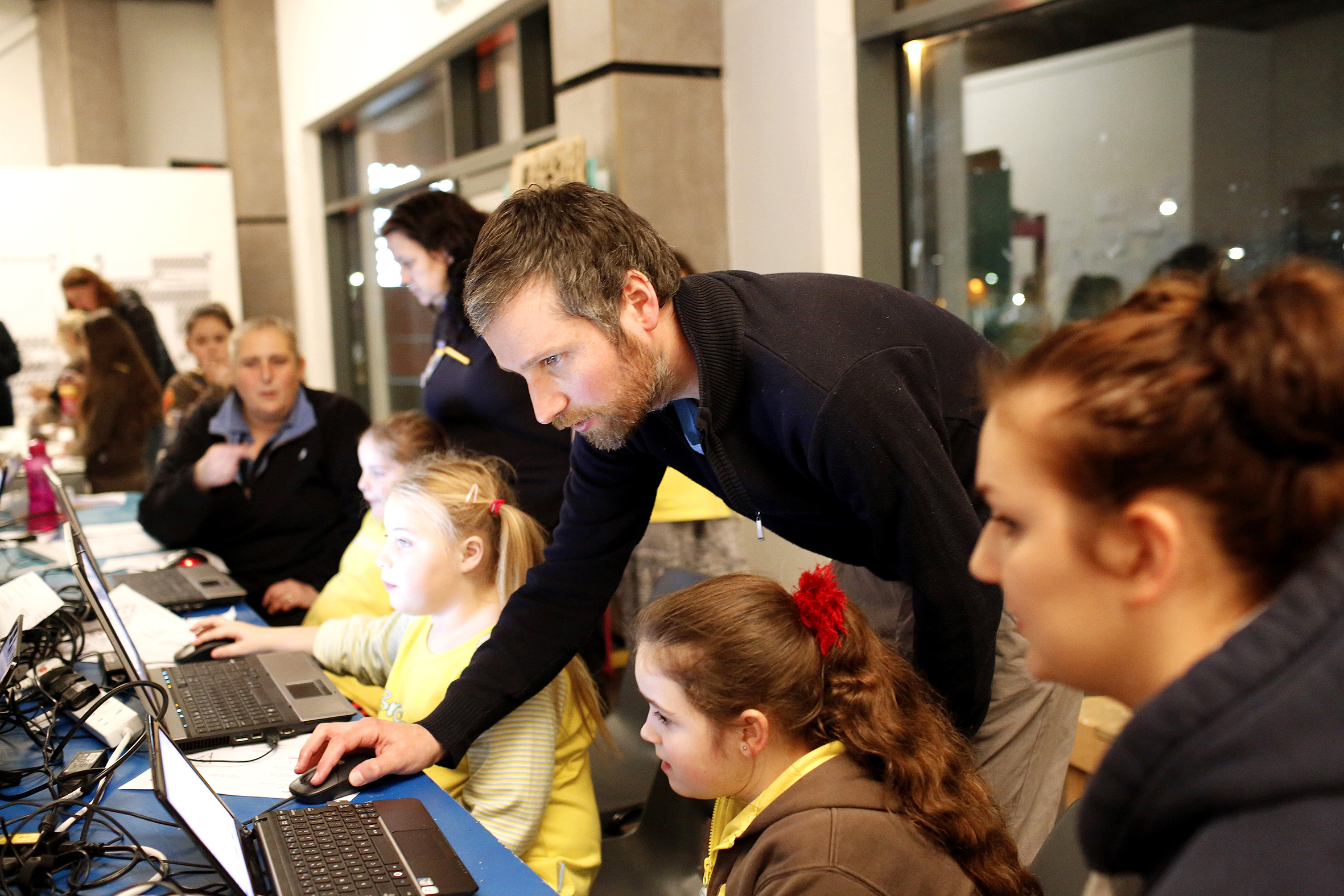
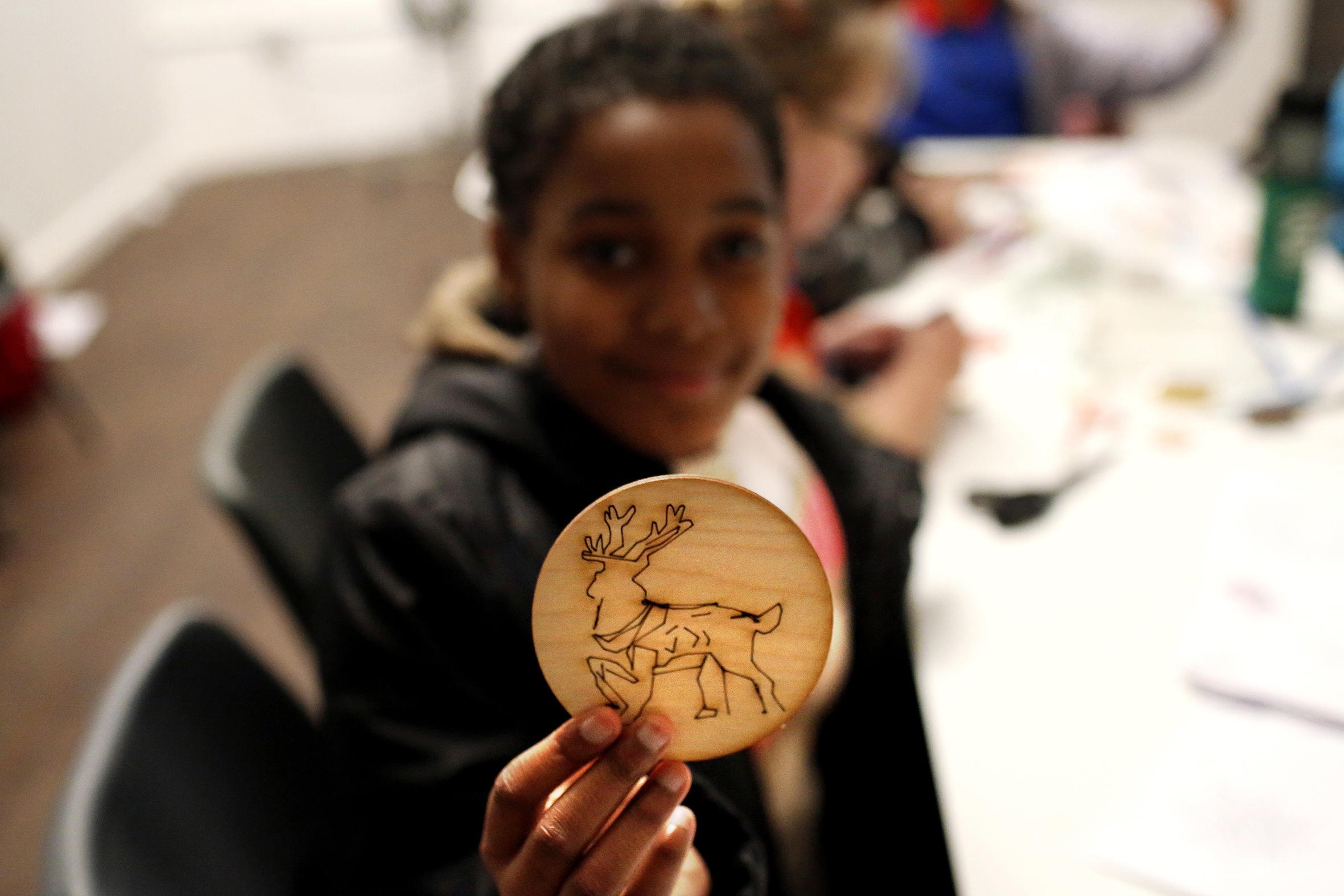

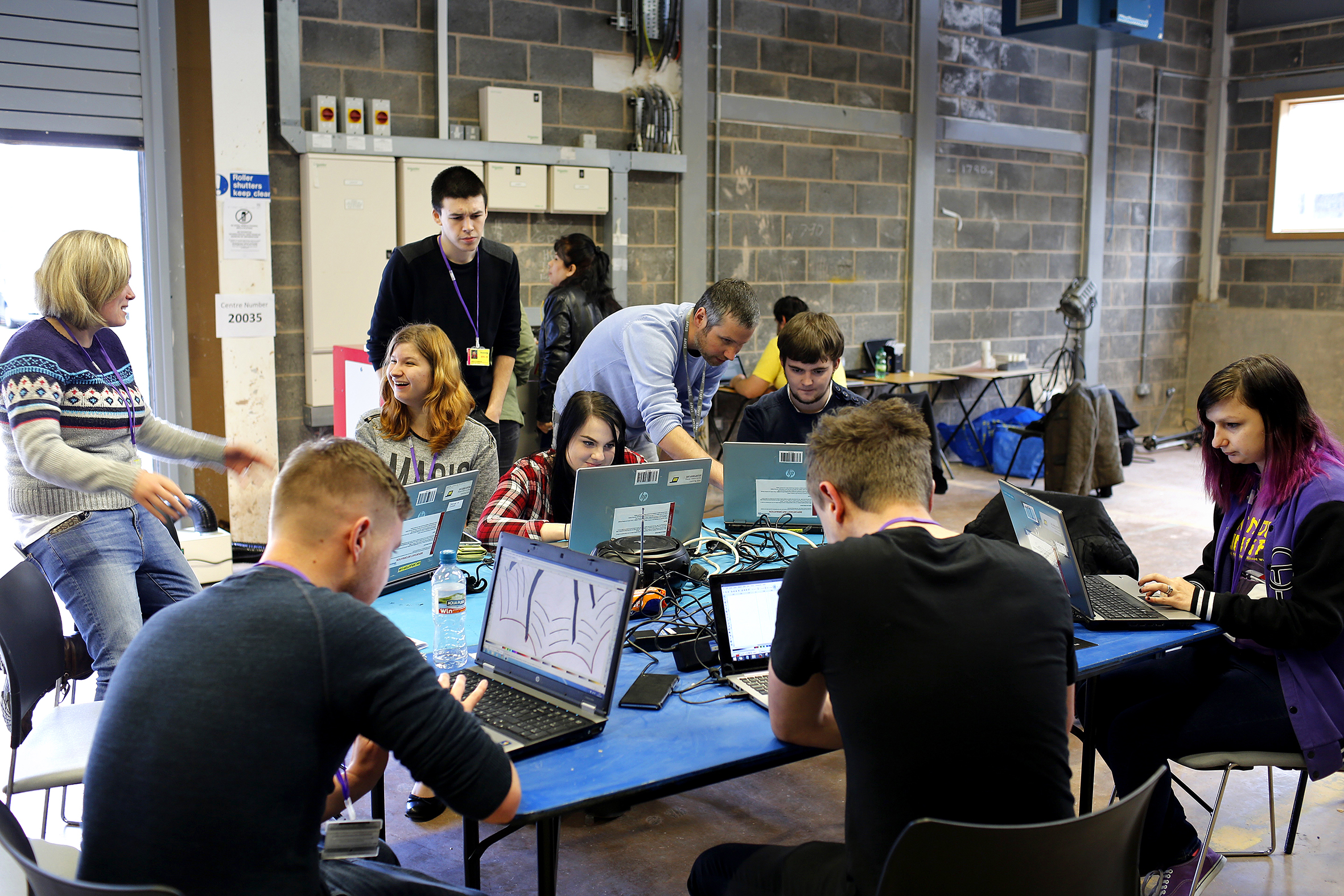
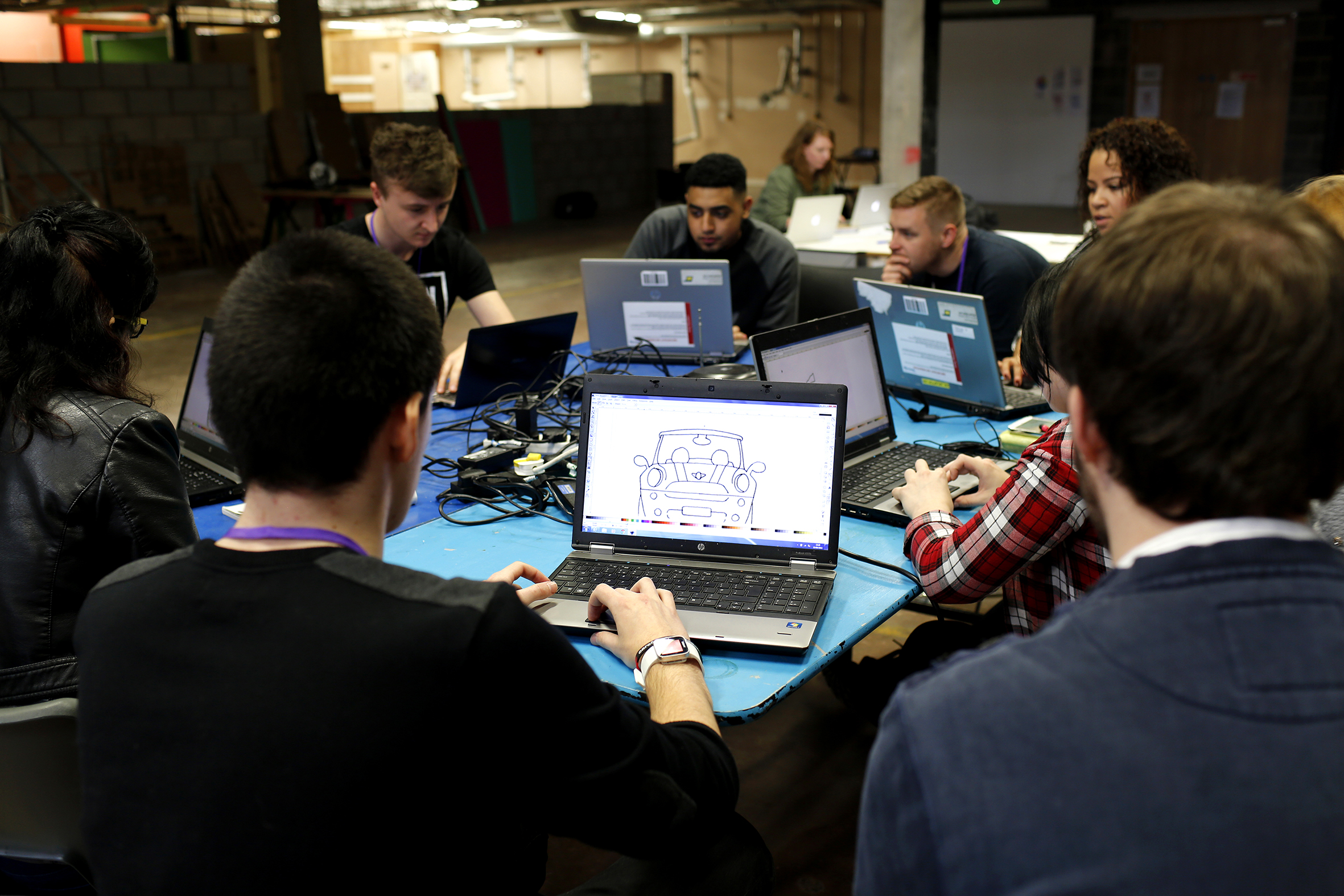
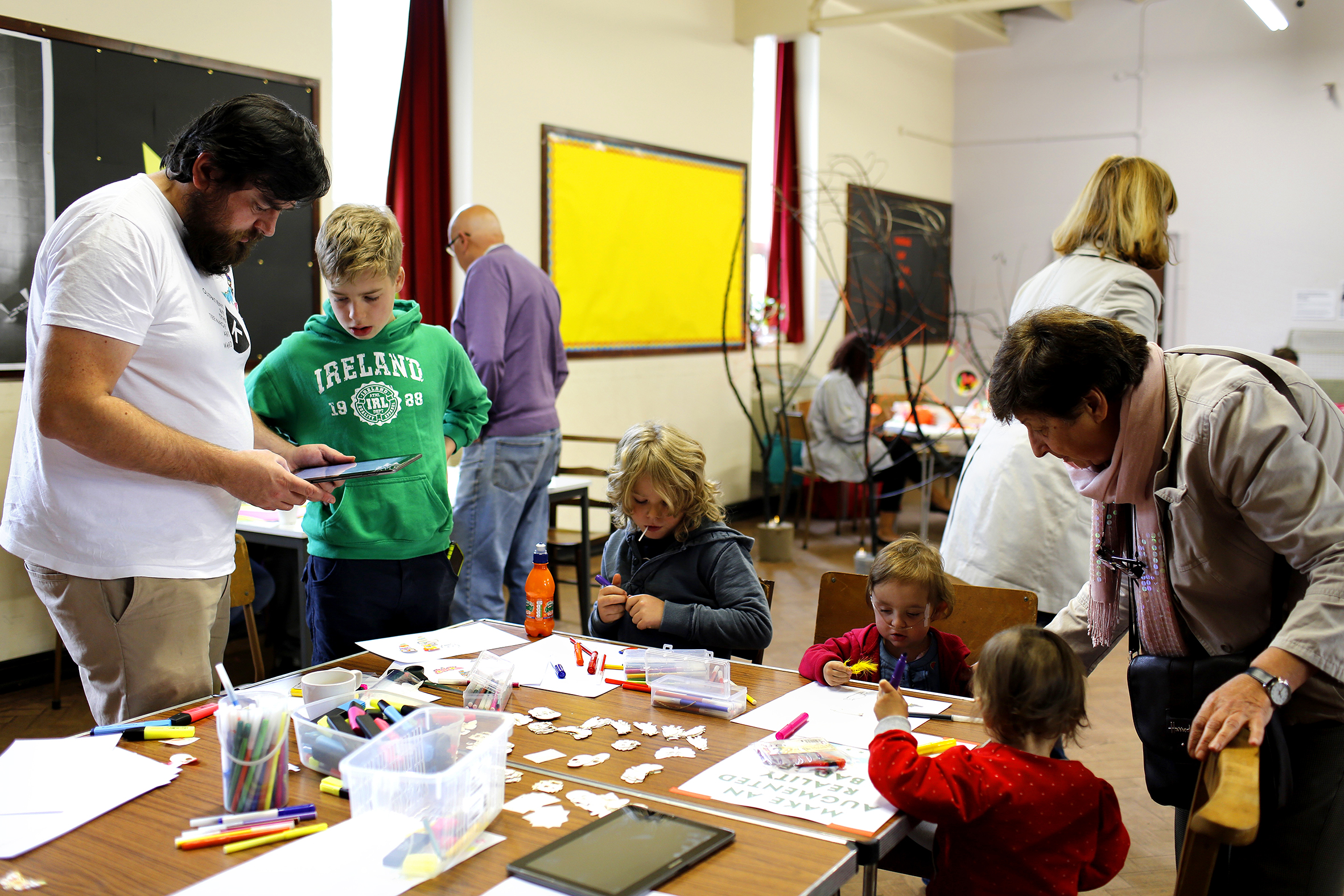
Digital Longbridge Workshops
Artists-in-residence Juneau Projects have been working with community groups in Longbridge exploring the theme of ‘Digital Longbridge’. The artists have held workshops where participants have been able to make wearable items such as badges and pendants created through a laser cutter. Participants were asked to first draw their designs by hand and these were scanned into a computer. Participants then worked on them using design software to convert their drawings into a format the laser cutter could read.
The artists have been impressed with the way people have risen to this challenge. This research will allow them to create a tool kit for people wishing to make their own designs for the project, whether they are a school, college, community organisation or individual. The artists are planning to set up a system that allows people to use the tool kit to submit their designs for laser cutting, then come to the Light Festival to collect their badge cut from wooden ply.
Stuart Whipps 'in progress' Exhibition, 13th March 2016 /
Stuart Whipps, ‘LPAP work in progress exhibition’, 13th March, Noon – 4pm Greenlands Select Social Club, Longbridge, Birmingham
Stuart Whipps has a long history of working with the Longbridge site. Since 2004 he has been making photographic works that have probed its changing physical, social and political nature and his work as artist in residence at LPAP continues this research.
On the 13th March the artist held an ‘In Progress’ exhibition of his work created as part of Longbridge Public Art Project at Greenlands Select Social Club, Longbridge. The exhibition was made up of photographs, films, research material and the shell of the 1979 1275GT Mini that the artist has been restoring with the help of former employees of the Longbridge Car Factory. Mini owners were also invited to exhibit their cars in the social clubs car park, which proved a great attraction to visitors.
With thanks to Greenlands Select Social Club for hosting this event.
Cathy Wade in progress Exhibition & Launch of 'Star Map', 25th February 2016 /
Cathy Wade in progress Exhibition & Launch of 'Star Map'
During her LPAP residency Cathy Wade has researched physical remnants of Longbridge’s heritage, ecology and lighting, and explored the potential for Longbridge to retain its industrial past as well as the creation of new gateways to the development, come and join us in the LPAP temporary project space to find out more and how you could get involved.
The opening included a tour led by the artist around Longbridge of the ‘Star Map’ installation and new lighting & planting scheme she has created with St Modwen for the town centre.
As part of this on going in progress exhibition Cathy Wade launched the next phase of her LPAP work ‘Wild Longbridge’. This is in partnership with Incredible Edible Longbridge by Northfield Ecocentre to collaboratively explore how planting, growing and eating can be a shared activity used to enhance the built and social environment.
This exhibition is open from 26th February – 10th April | Wednesday to Saturdays |
11am - 4pm
Pop into the LPAP | SPACE to find out more!
For more information please email, info@werk.org.uk
As part of Longbridge Public Art Project by WERK for more information seewww.LPAP.co.uk
Manufacturing Longbridge, 10th December /
‘Manufacturing Longbridge’, 10th December, 1.30pm - 3.00pm, Unit 5, Longbridge Lane
'Manufacturing Longbridge' was produced and developed by a group of Birmingham City University students, who created this event in response to and as part of Longbridge Public Art Project.
The event included a series of talks by guest speakers John Baker, Colin Corke, Gillian Bardsley and Steve Wright. The talks explored in just 90 minutes the 100 year history of the Longbridge Car Factory.
With special thanks to John Baker, Colin Corke, Gillian Bardsley and Steve Wright for continuing to generously support the project through their time and expertise.
To find out more about Longbridge Public Art Project please see www.LPAP.co.uk
Film by Kim Doan
Women of Longbridge, Exhibition, October - November 2015 /
A series of interviews and photographic portraits by artists Hannah Hull & Stephen Burke of female ex-workers of the Longbridge car factory. The interviews document the changing attitudes towards women who worked in the male dominated factory environment. Covering several eras, they also offered an insight into the changing approach to labour throughout the factory’s life. The exhibition showcased the overlooked stories of the Women of Longbridge, and aimed to provide strong female role models for the next generation.
HERE AND NOW, Exhibition, 3rd October 2015 /
3rd October 2015
On the 3rd of October, with great thanks to St John the Baptist Church, the LPAP team transformed the Church and Church Hall into a giant retrospective exhibition of the project so far.
Workshops were held throughout the day by LPAP artists-in-residence for people of all ages. The event gave the opportunity for people to find out more about the artists work to date and future plans, as well as opportunities for how they could get involved.
We were delighted that local community groups such as Knitted Knockers, Northfield Eco-Centre, Extra Care, Local Historian Steve Wright, St John the Baptist Banner Making Group, Austin Memories, John Baker, Keith Woodfield and David Kear were all able to attend and share their wonderful work with the community.
With special thanks to everyone who attended and the wonderful refreshments and cakes provided by the church!
Longbridge Alternative History Walk, 30th September 2015 /
30th Sepetember 2015
Two distinct layers of expertise on the Longbridge Alternative History Walk, provided by Mike Hodder, former Birmingham City Council planning archaeologist, and local historian Steve Wright.
Mike Hodder talked the group of 30 people through physical evidence found in Longbridge to show us how people used to live. By reading pollen build up in layers of dateable river silt, a picture emerges of how the landscape was gradually thinned out of trees, allowing heath plant species to prosper. The tree removal demonstrated early human activity in Longbridge, before any written records began there. Steve revealed a story dating back to the English Civil War in relation to Hawkesley House and a visit to Longbridge from King Charles I.
Lastly the group was introduced to Mr Alan Taylor, 92 years old, president of Austin Village Society. Alan gave a great talk about the history of the Austin Village an how it came to be transported from America all the way to Longbridge.
It was a great event, thanks to St. Modwen and all that participated and we are hoping to do similar events in the future.
'Future Worn Out New One', Exhibition, Sven Bergelt /
Sven Bergelt: Future Worn Out New One
NEST 321 Bradford Street, B5 6ET Birmingham
Review by Anneka French
Birmingham has something of a reputation for the destruction of its architectural heritage. From the sites of former Victorian, Edwardian and Brutalist buildings are increasingly springing new constructions that offer an improved and more glamorous vision for the city. Until, that is, these new constructions begin to tire too.
Leipzig-based artist Sven Bergelt has been in residence in Birmingham for three months as part of the international Exchange@2015.le project, organised in conjunction with public art organisation WERK. His base has been, perhaps surprisingly, Birmingham’s Glenn Howells Architects. The firm is also the site of his exhibition ‘Future Worn Out New One’, the result of a sifting through of some of the layers of history, politics and planning that cover the city.
Take, for instance, Bergelt’s large installation ‘Behind, the Paradise’, a large black-painted hoarding that stands ominously in the foyer of Glenn Howells. Hoardings can be found on almost every street in Birmingham, temporarily obscuring both the demolition and construction of public spaces and private enterprises. This displaced hoarding has a physical and political presence. Turning its corner, however, reveals it has only two sides. In the open space a taxidermy crow is theatrically framed. Perched atop broken concrete aggregate posts sourced from the city’s former Longbridge car plant site, the bird metaphorically picks through fragments of the city’s architectural past. Whose paradise is this? One clear reference is to Paradise Forum, a now hoarded shopping arcade beneath John Madin’s Birmingham Central Library of 1974. After its demolition, Paradise Forum will become simply Paradise, a luxury commercial and retail area designed by Glenn Howells.
Madin’s library features too in a series of gentler works on paper by Bergelt. ‘Where is the Library’ is an index of its exterior architectural detailing made through surface-rubbing. In the preservation and archiving of fragments of the remaining building, Bergelt’s work takes a cyclical turn. Ninety-six of the artist’s ghost-like drawings are bound in a unique book which he hopes will form part of the new library’s collection.
‘Greetings from the Bulldozer’ pulls together aspects of the city’s wider heritage with historical German literature. In ‘The Rider on the White Horse’, a novella of 1888 by Theodor Storm, cats and children are buried within the construction of dykes for good luck. A line from Storm’s narrative is prominent within Bergelt’s installation. The remains of a mummified cat were similarly found within Birmingham’s nearby Curzon Street train station, built in 1838 and the proposed terminus for HS2. Through these parallel stories Bergelt aligns architectural creation with loss and with death. These strands run powerfully and starkly throughout each work.
The final work of the exhibition is a replacement doormat for the foyer of Glenn Howells upon which the exhibition’s title is stencilled. The work reminds us that, without care, many of the city’s buildings are ultimately as disposable as a doormat. The visual image of Birmingham is one of urgent and endless renewal. It is the perfect place to be an architect.
